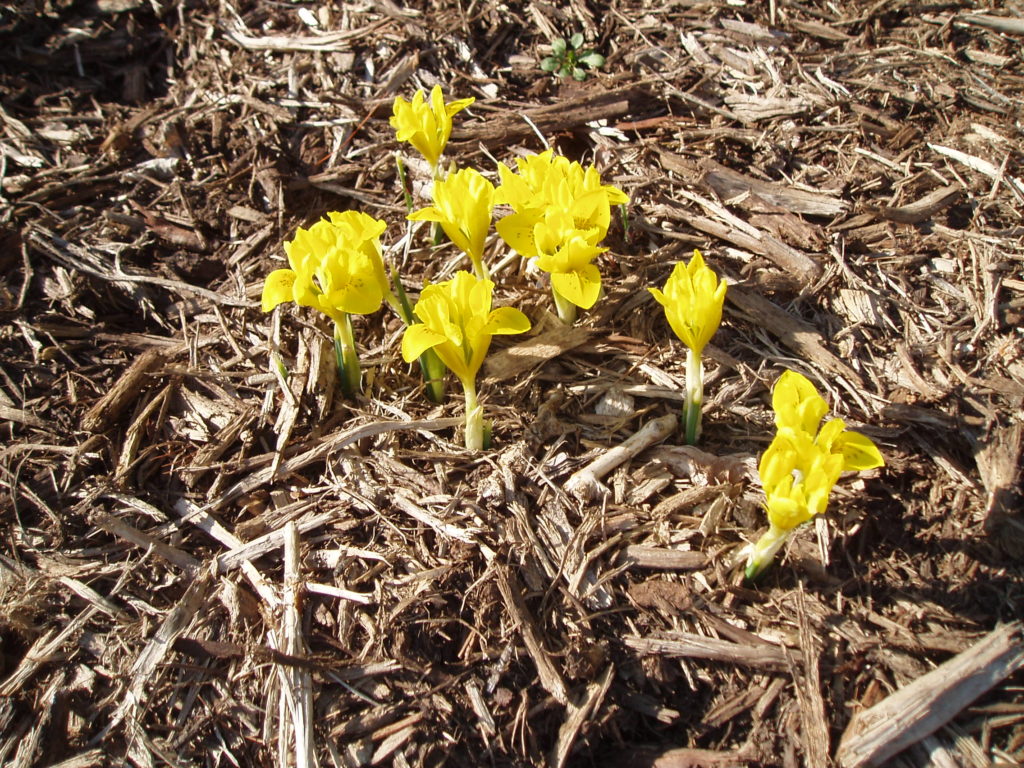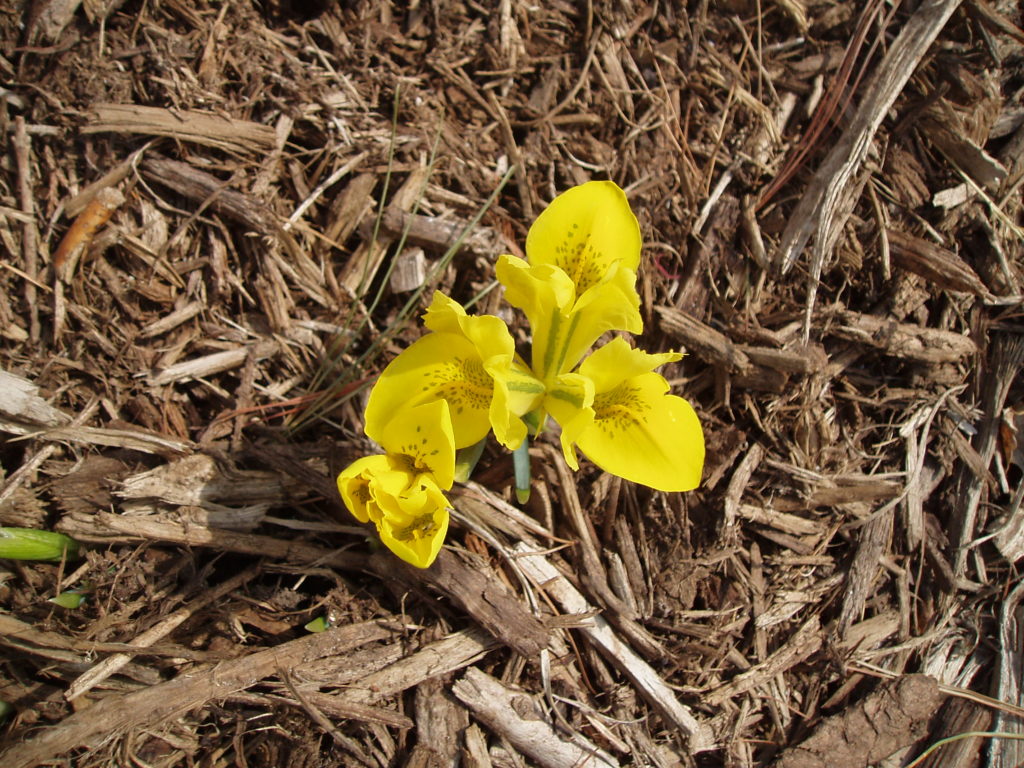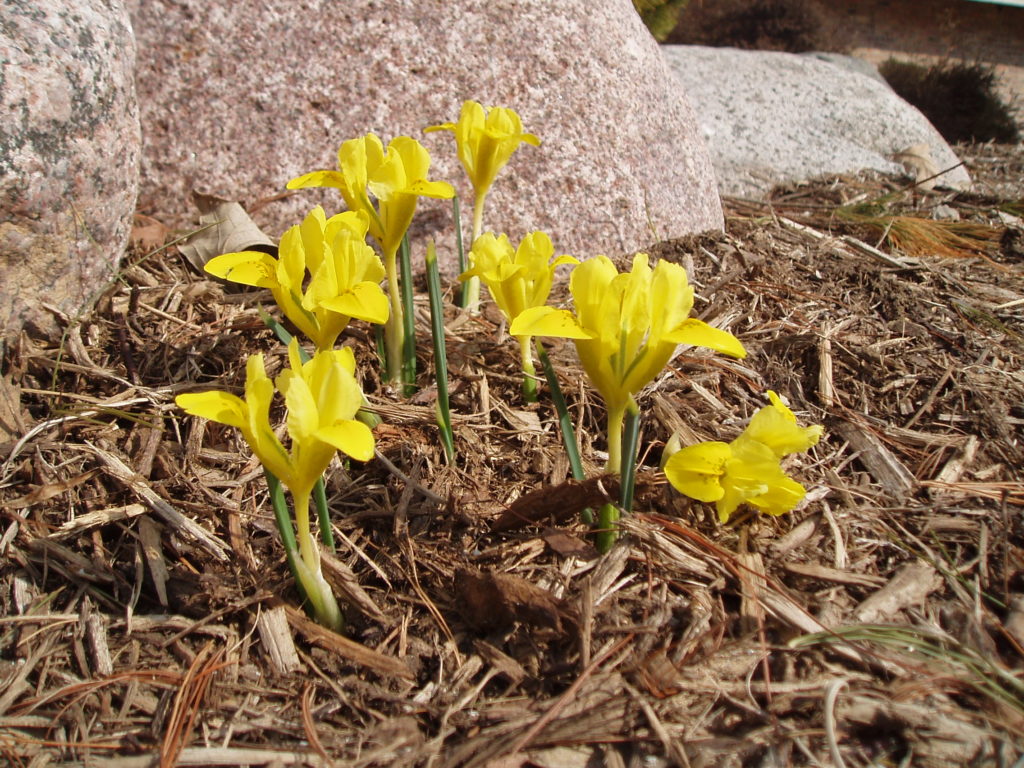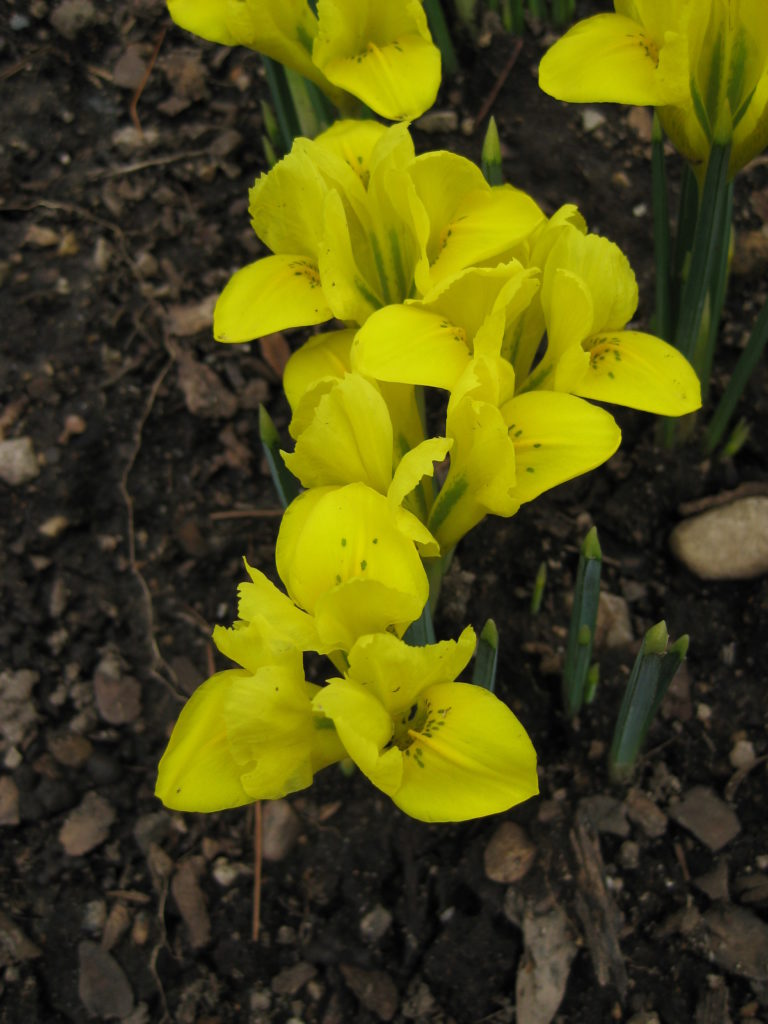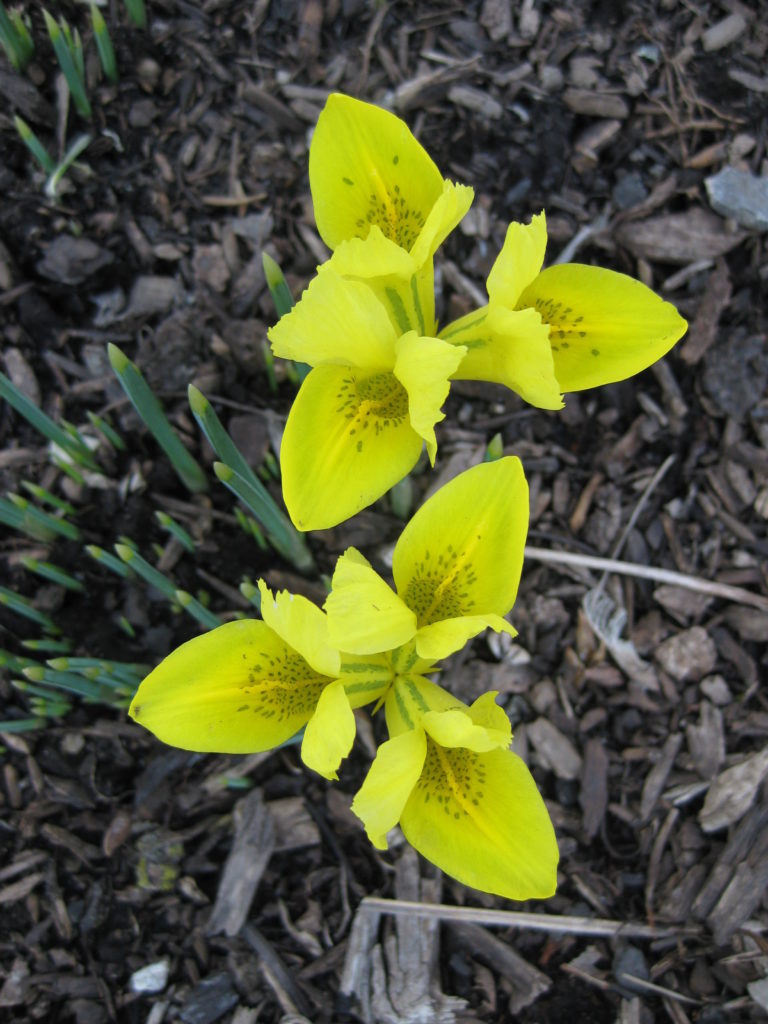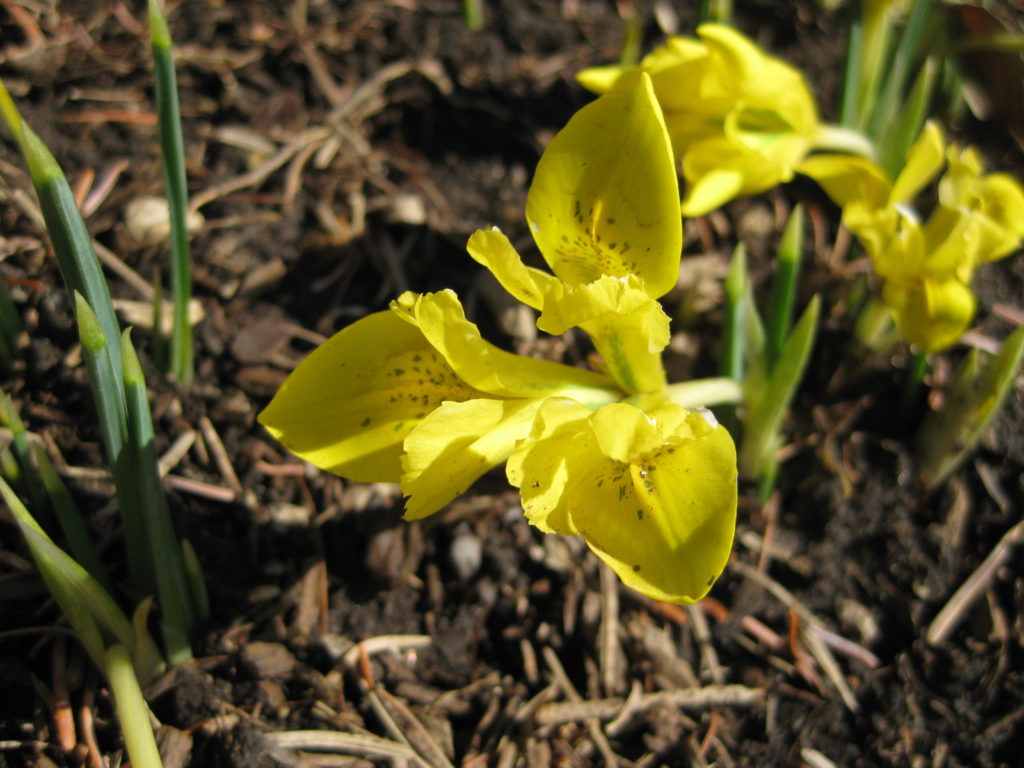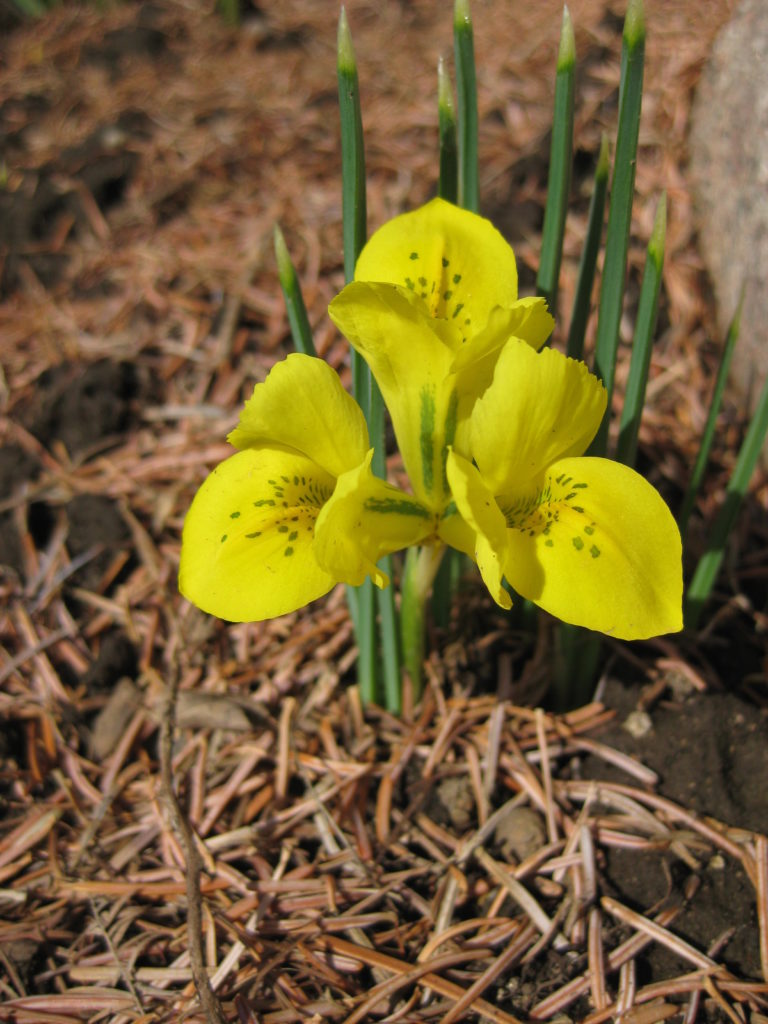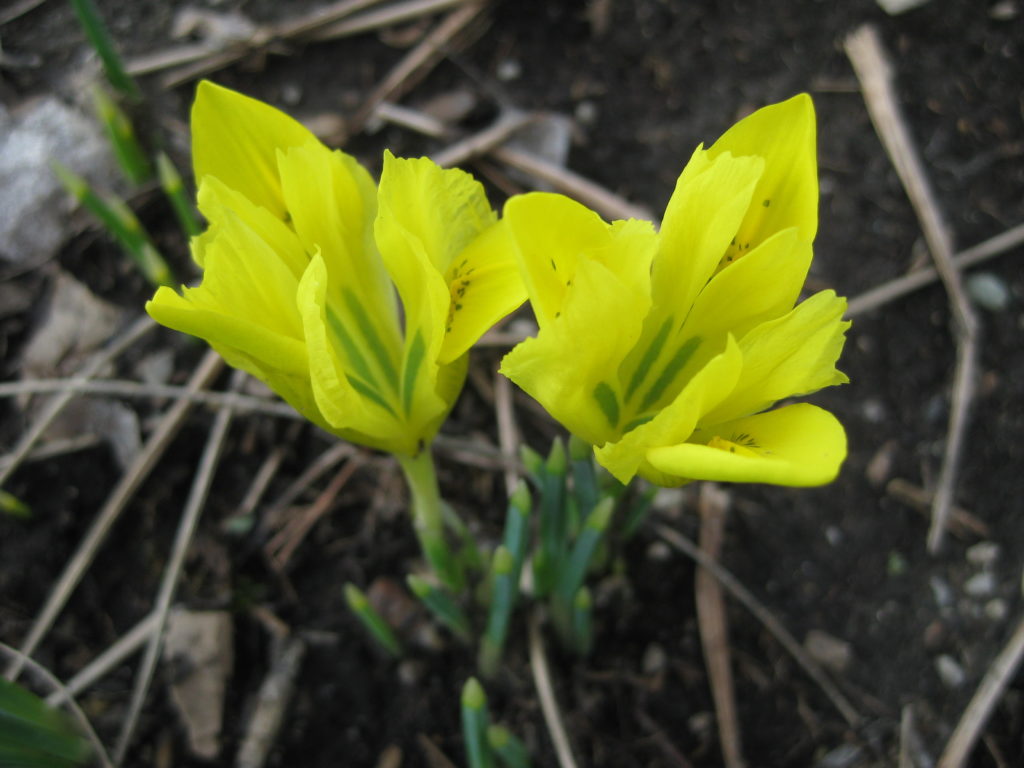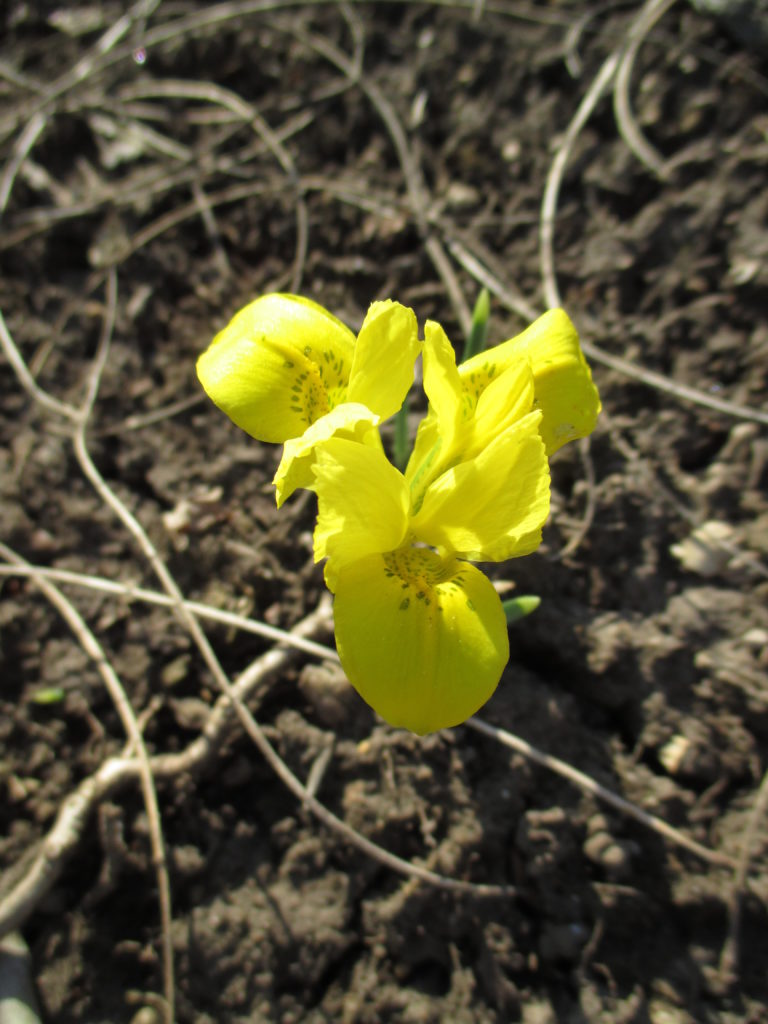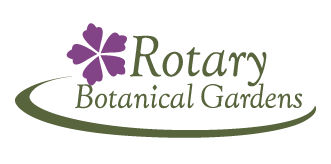Enriching lives through beauty, education, and the arts.
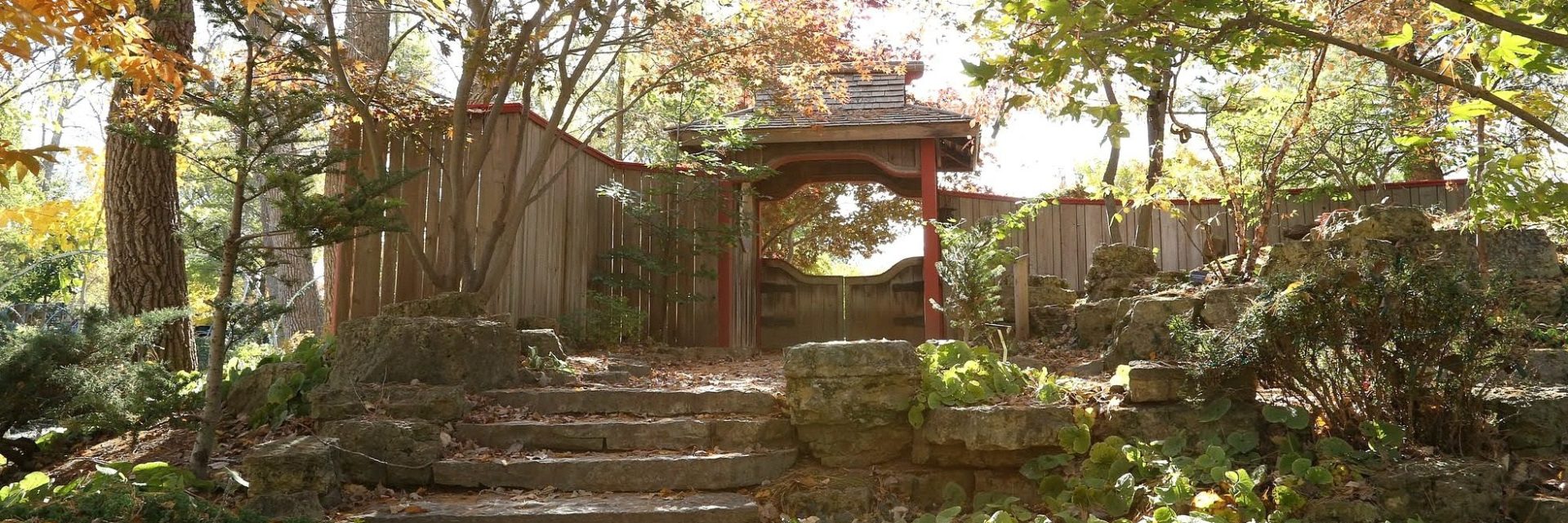
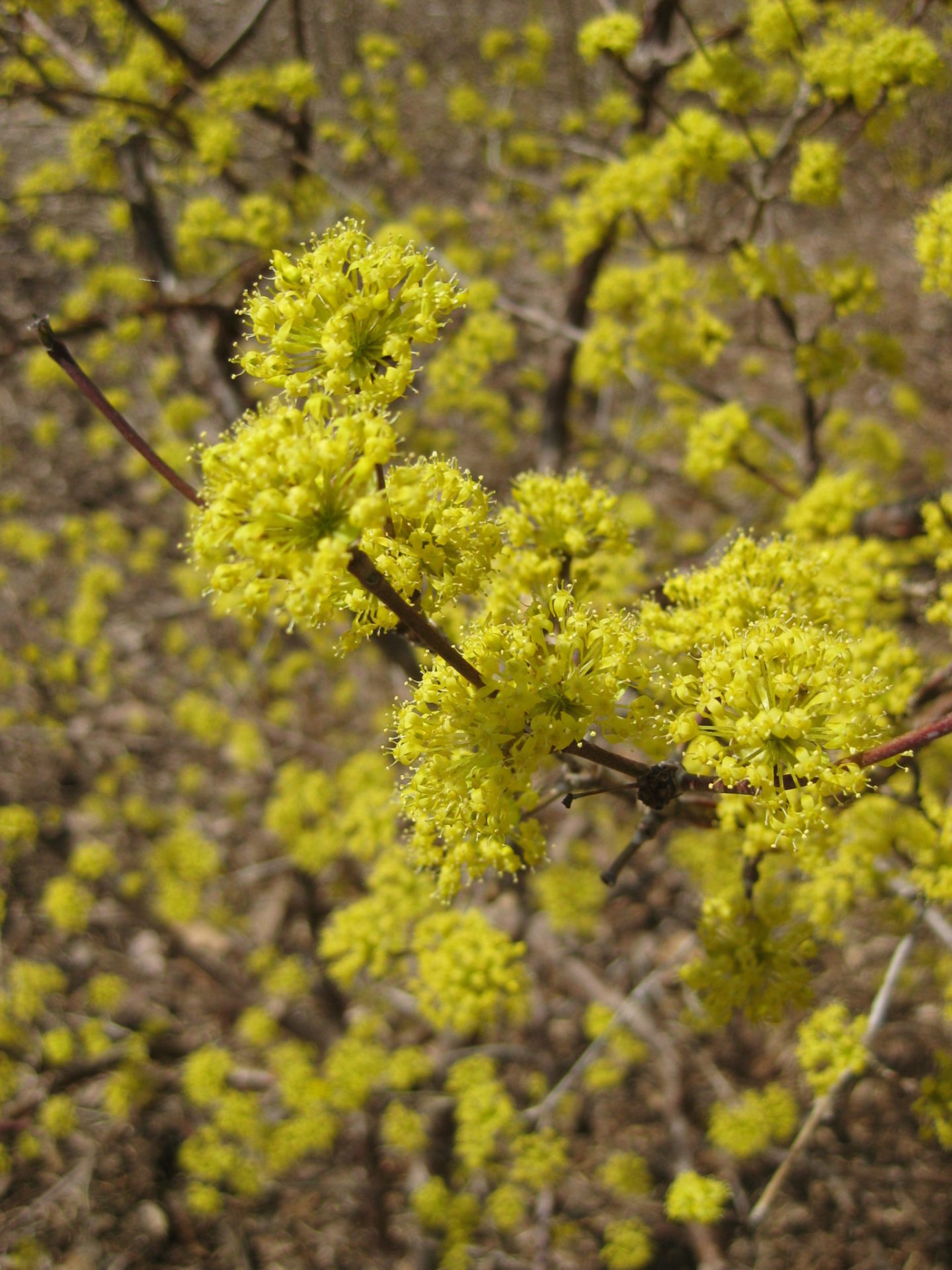
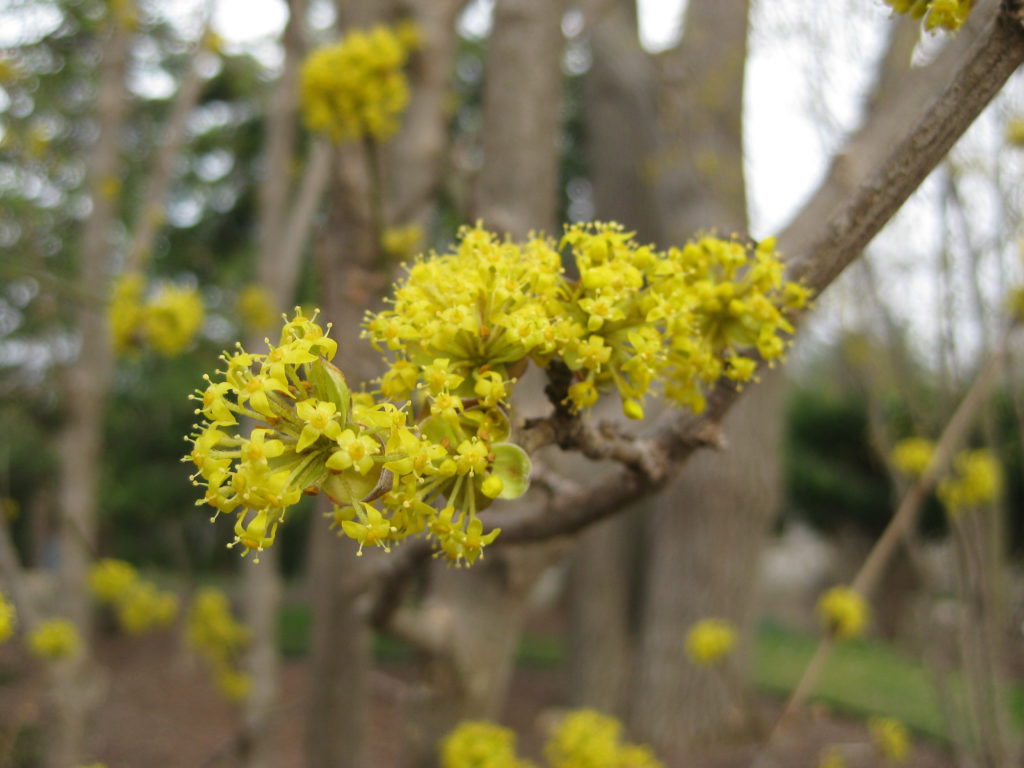
The corneliancherry dogwood (Cornus mas) trees are starting to bloom which is a sure sign of spring. They are blooming about a week earlier than usual but this isn’t the earliest I’ve seen them bloom either. In 2012, they were blooming in late February! The showy yellow flowers (seen in many photos here) create a yellow haze over the entire plant before the leaves begin to emerge. Native to Europe and Western Asia, this large shrub / small tree can get over 20′ tall in our climate and is a durable woody plant in the landscape with few insect and disease problems. The exfoliating bark becomes more interesting with age (see below) and while the primary interest is in the flowers, a variegated form of this species also has beautiful foliage (see below) from May until October. The fall color is not exceptional. Thriving in full sun or part sun, this plant can also be used for both formal and informal hedging (see bottom photo). The fruits that ripen to glossy red in late summer are edible (high in vitamin C) but quite astringent. The taste of the berry (actually a drupe) is described as a combination of cranberry and sour cherry. They can be sweetened up in jams and have long been used in various alcoholic concoctions. Historically the wood, which is very dense and hard, was used for primitive spears. We have six or so corneliancherry dogwoods near the Scottish garden and one variegated form in the Japanese garden. They are all certainly worth the space they inhabit!
Today was very productive with a good turnout for both garden work and inside projects at the Horticulture Center. New volunteer Steve E. headed out for some mulching while both Cindy B. and Larry H. had various projects and duties out in the gardens. Cindy continued tidying and applying deer/rodent repellent on our emerging bulbs. Larry H. continues to collect and store our deer netting and started to clean up our roses. Stan was in later to work in the Japanese garden and Kay did a nice job continuing to tidy her section of the shade garden after a quick project inside. Ruth Ann, Alan and Nancy N. all did a nice job painting in the Horticulture Center and Bobby K. was in as well. Peg continued the arduous task of updating our plant records to include all the memorial trees and we also saw Maryam, Terry, Mark S., Polly, Marcia L. and many others.
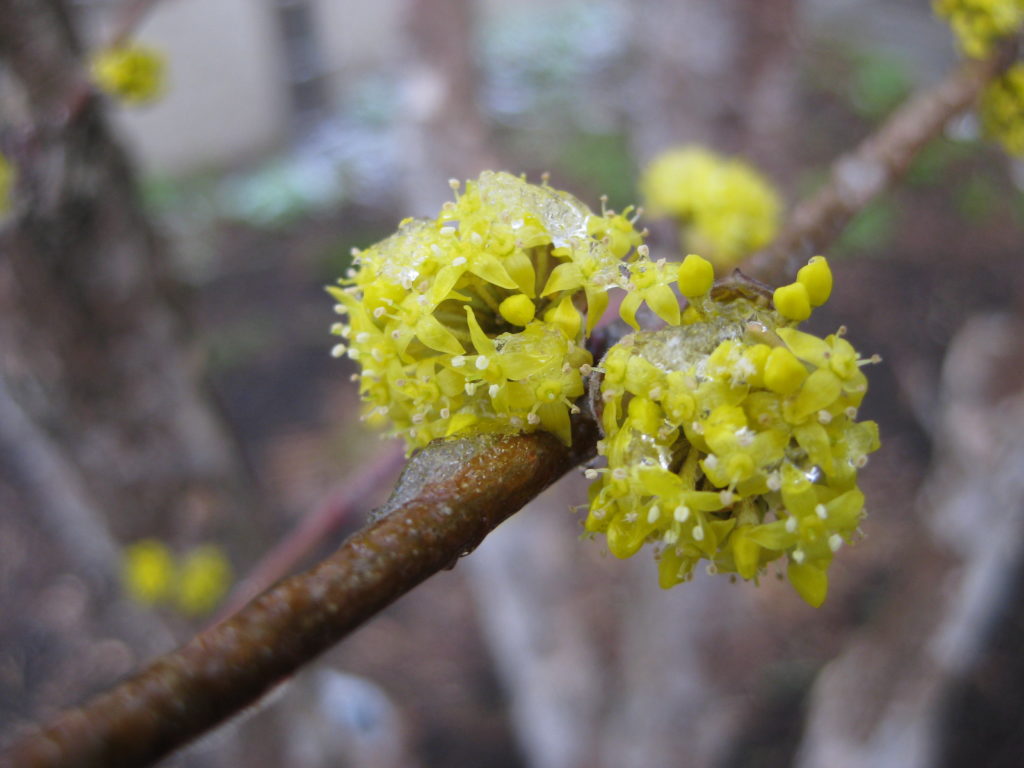
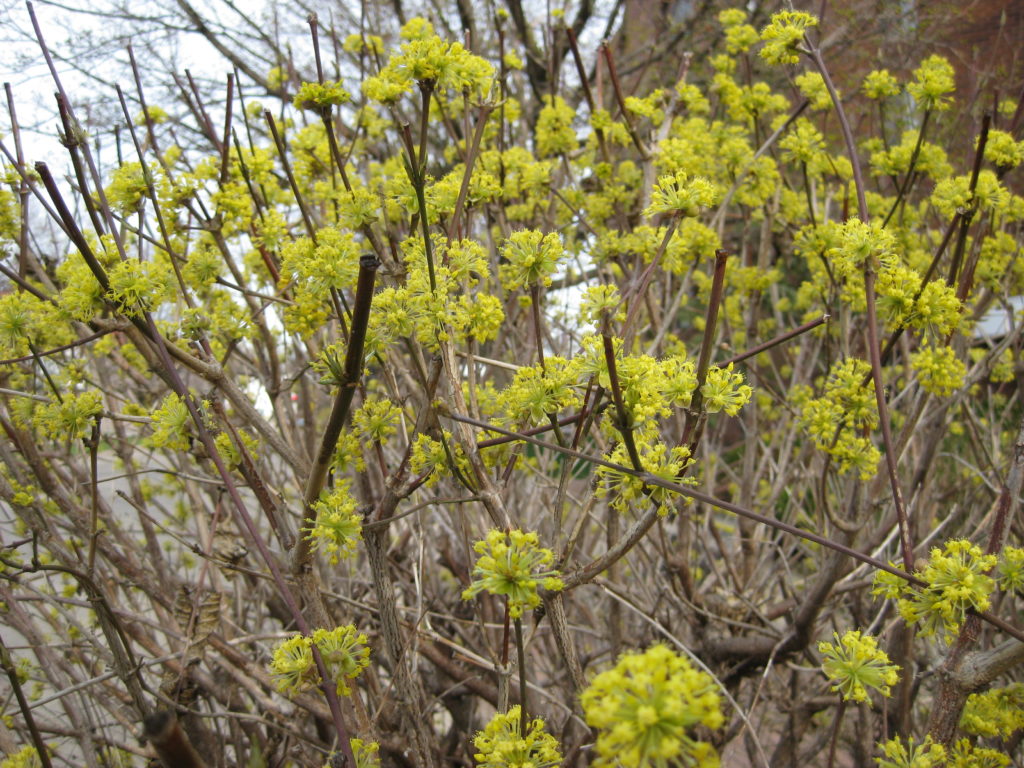
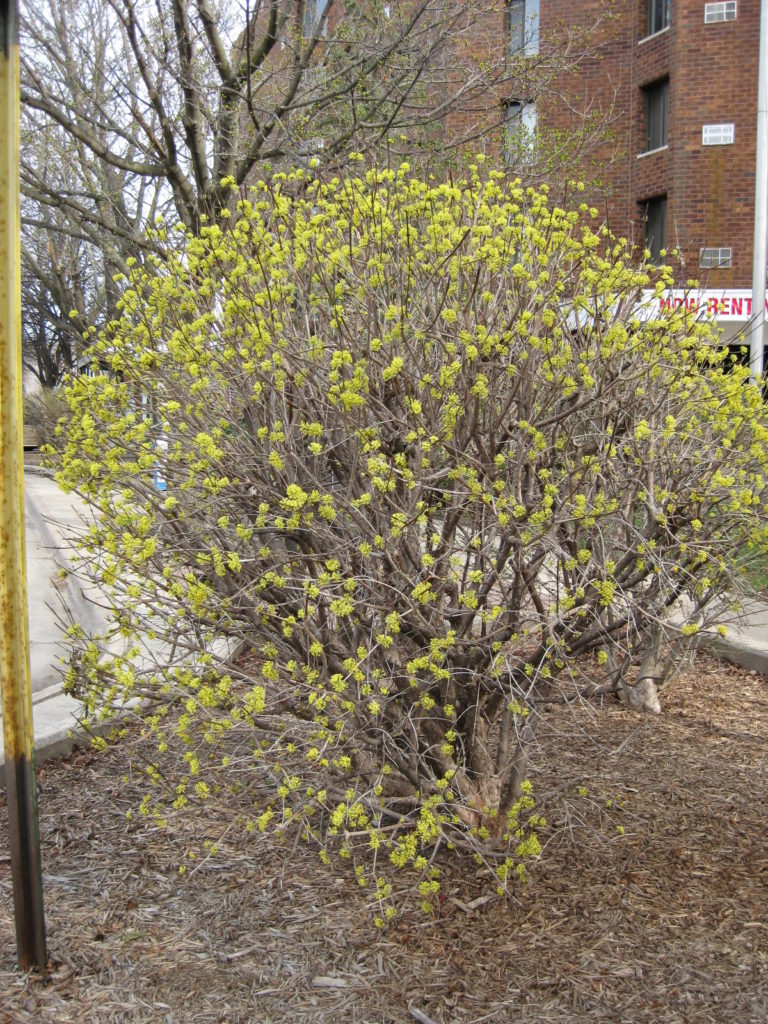
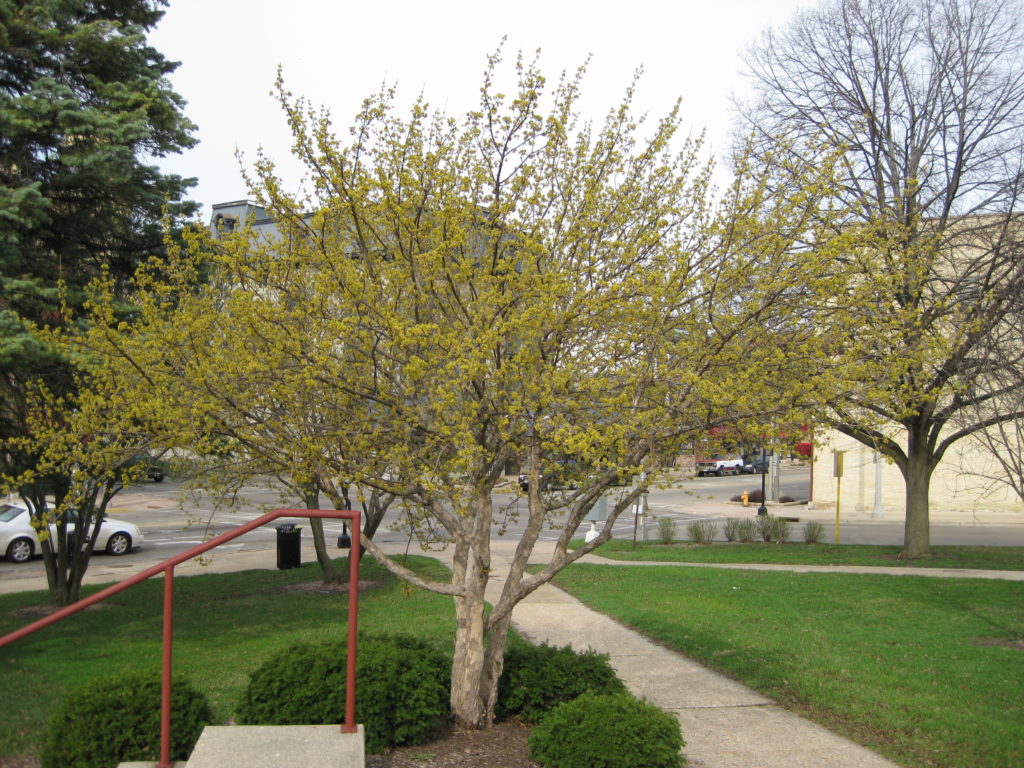
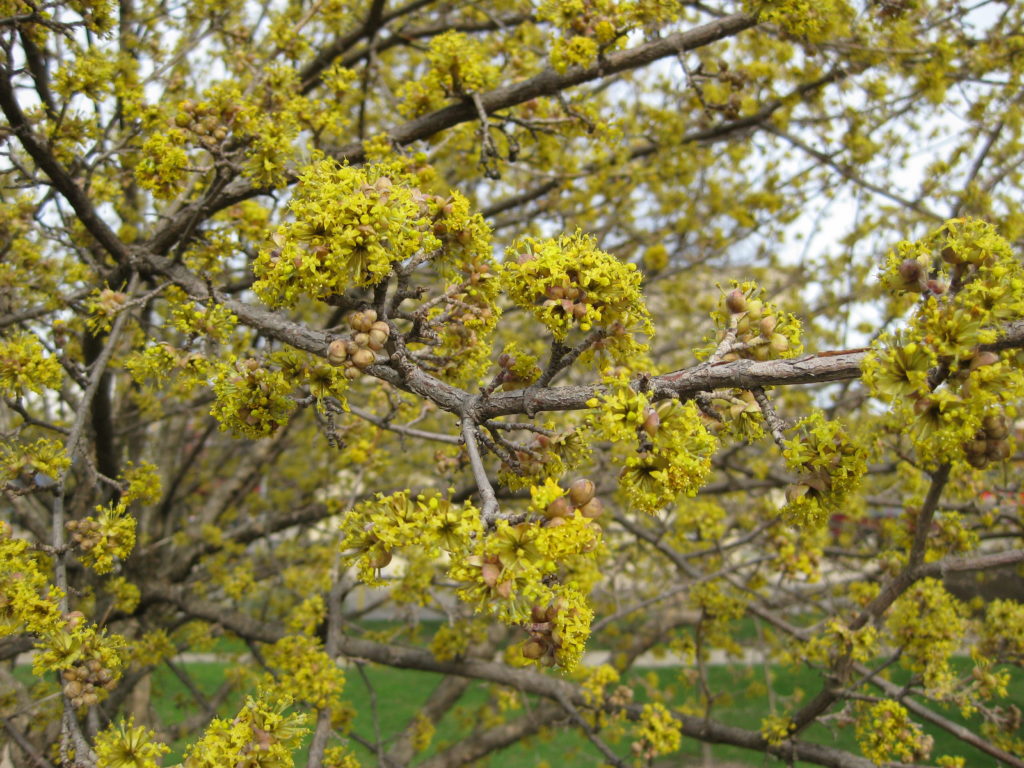
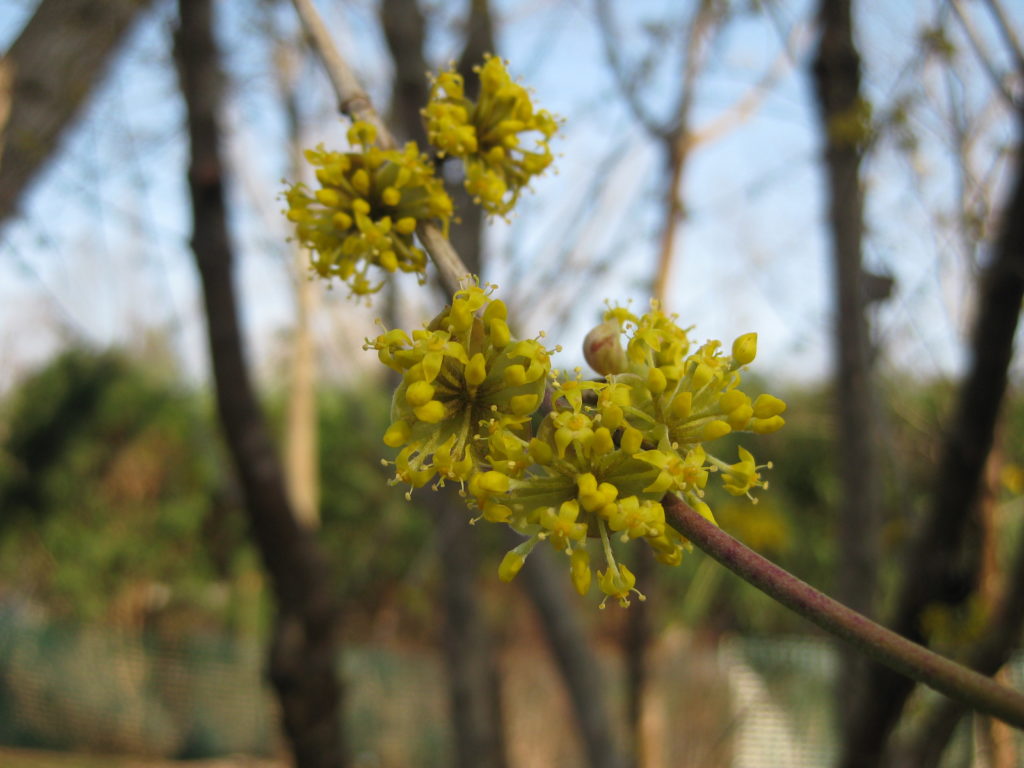
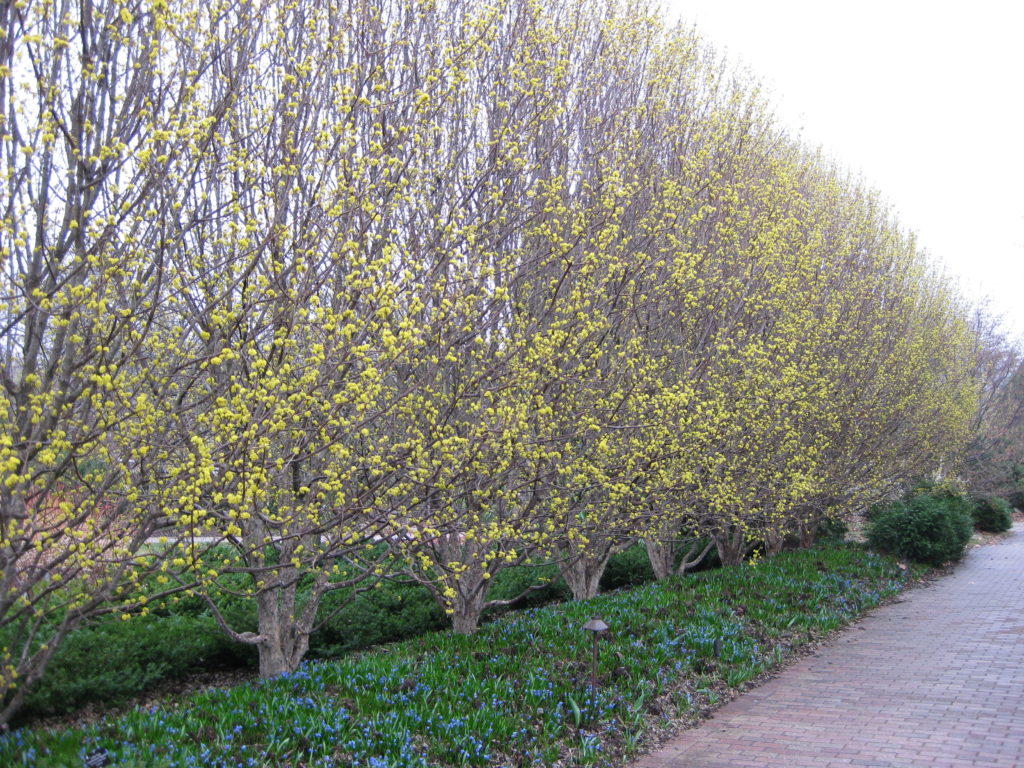
Cornus mas ‘Golden Glory’ hedge at Olbrich Botanical Gardens (Madison, WI) – more upright
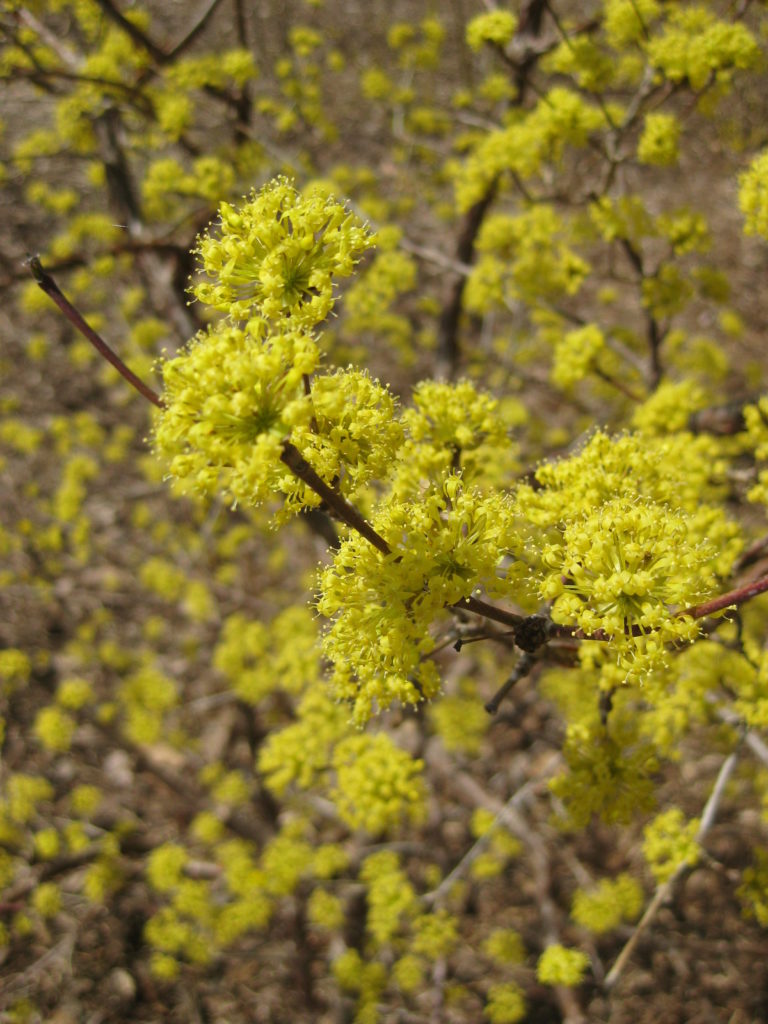
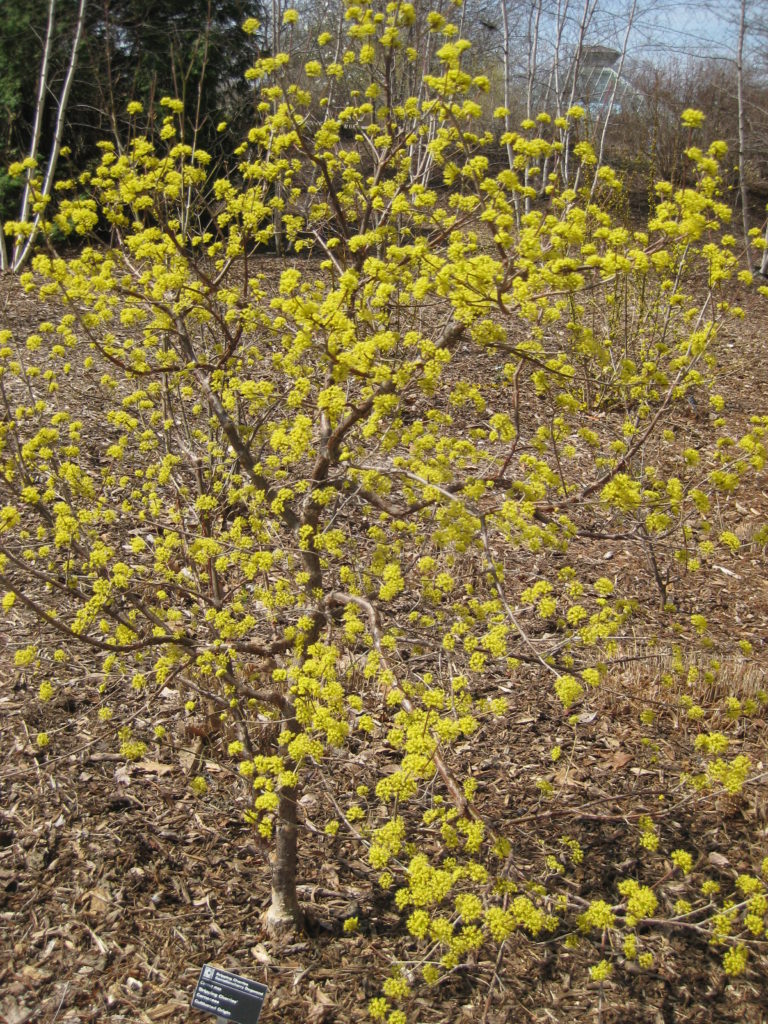
Cornus mas ‘Dripping Cherries’ (above and below) – colorful and plentiful fruits!
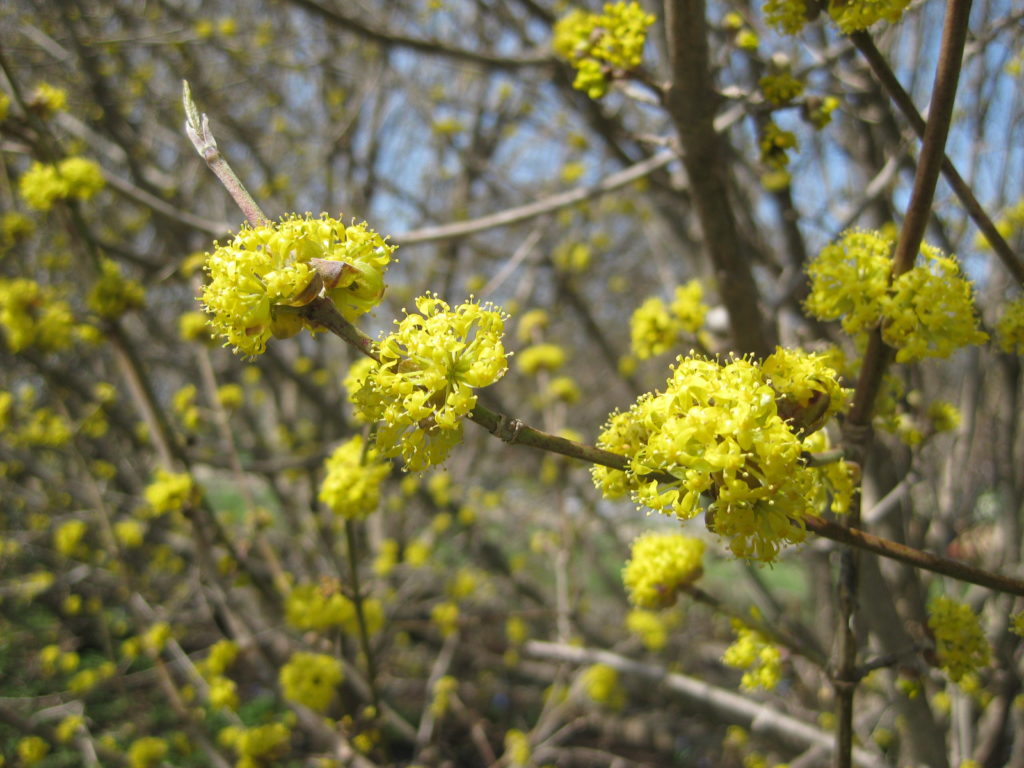
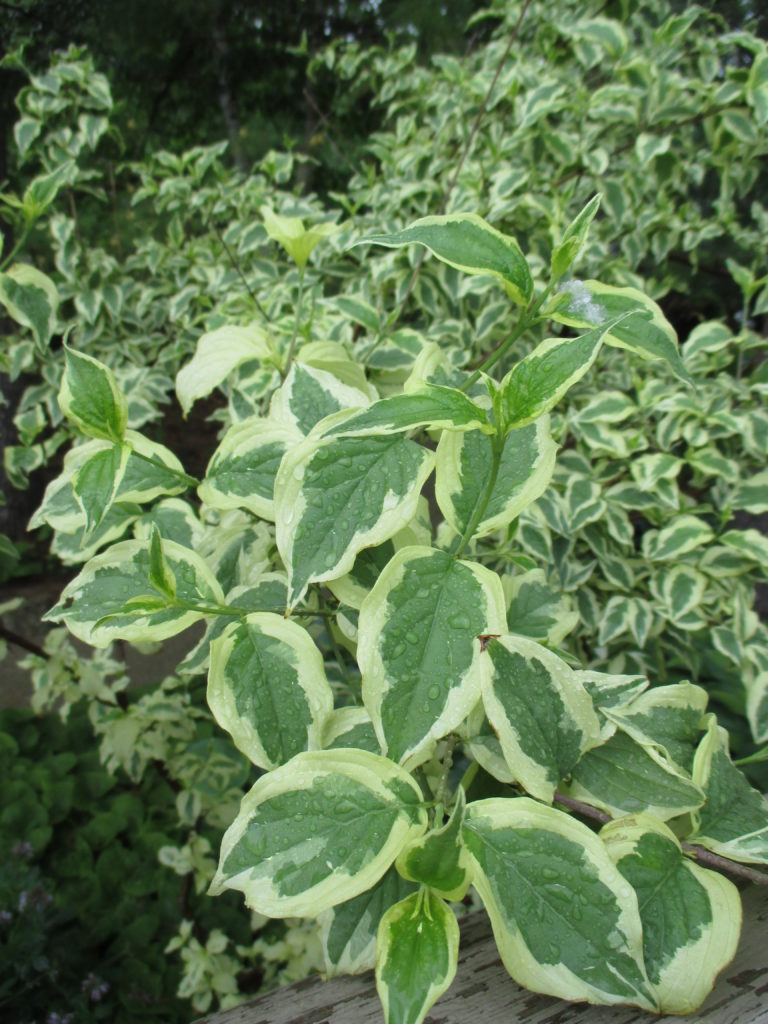
Cornus mas ‘Variegata’ (above and four below)
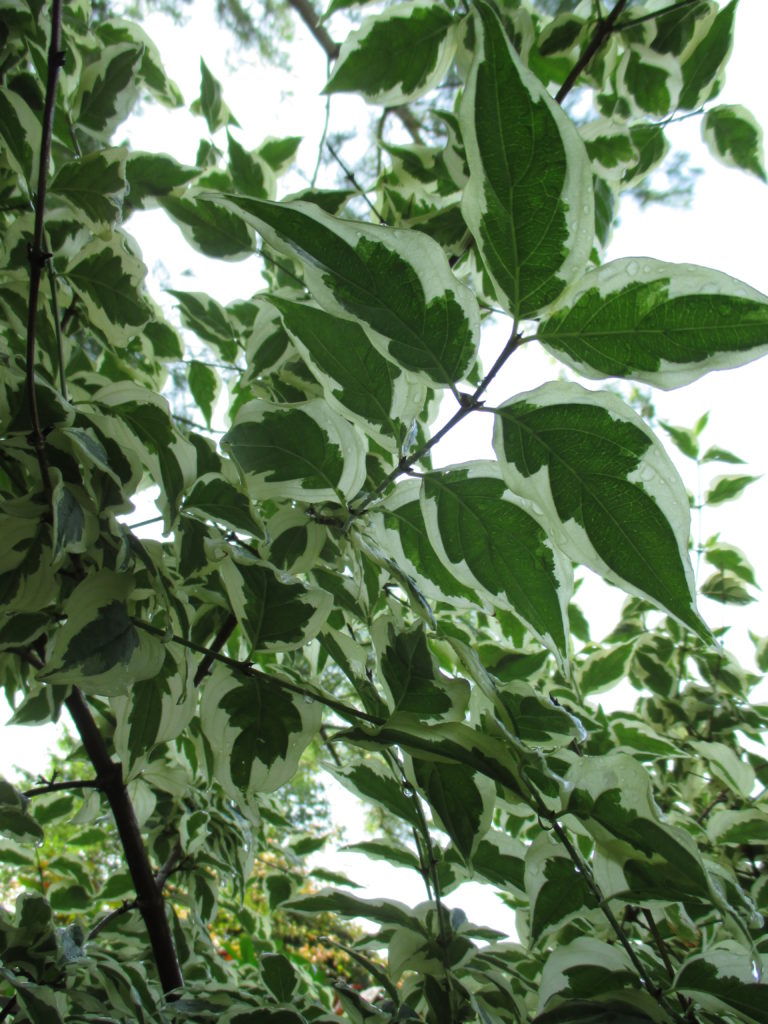
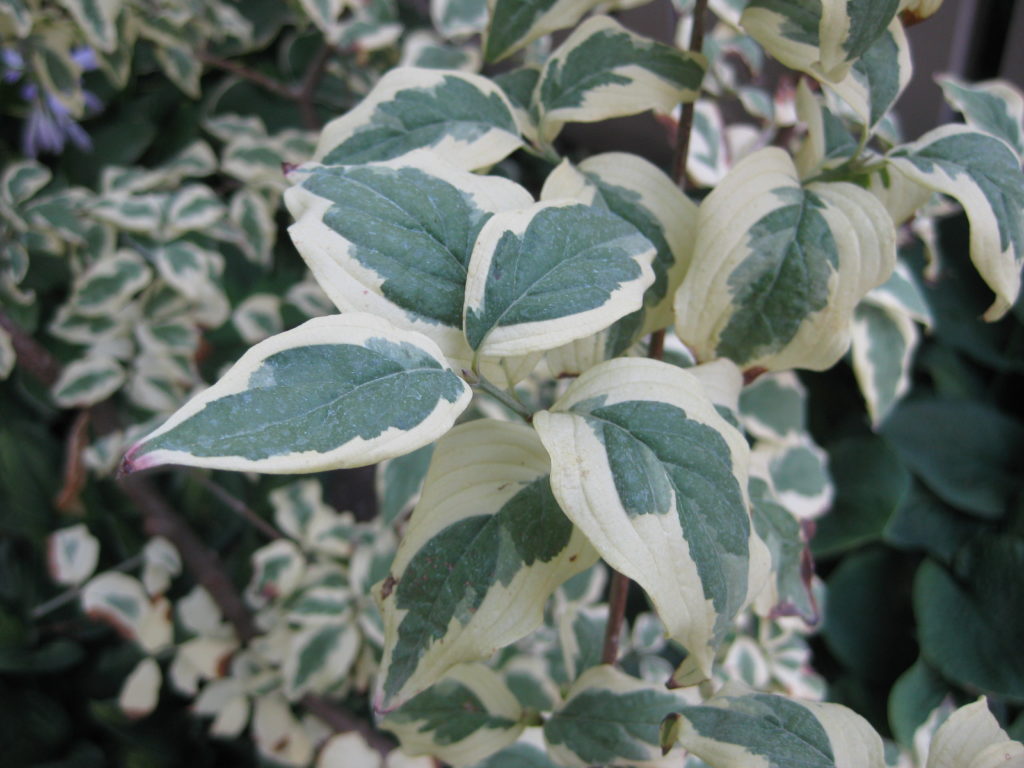
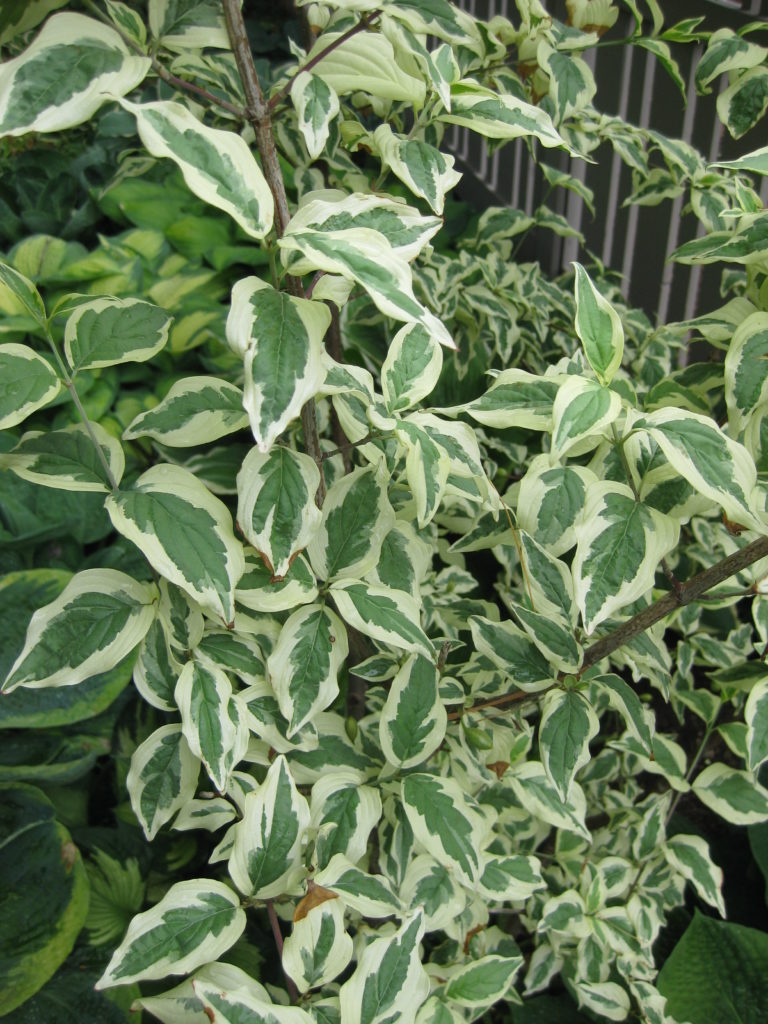
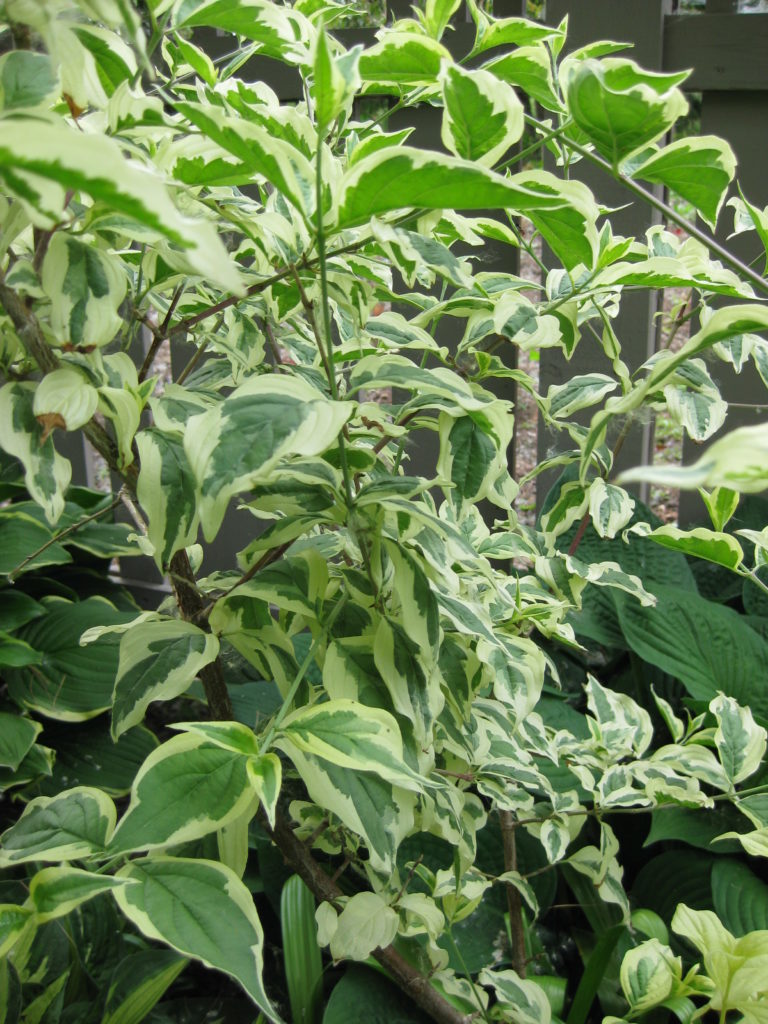
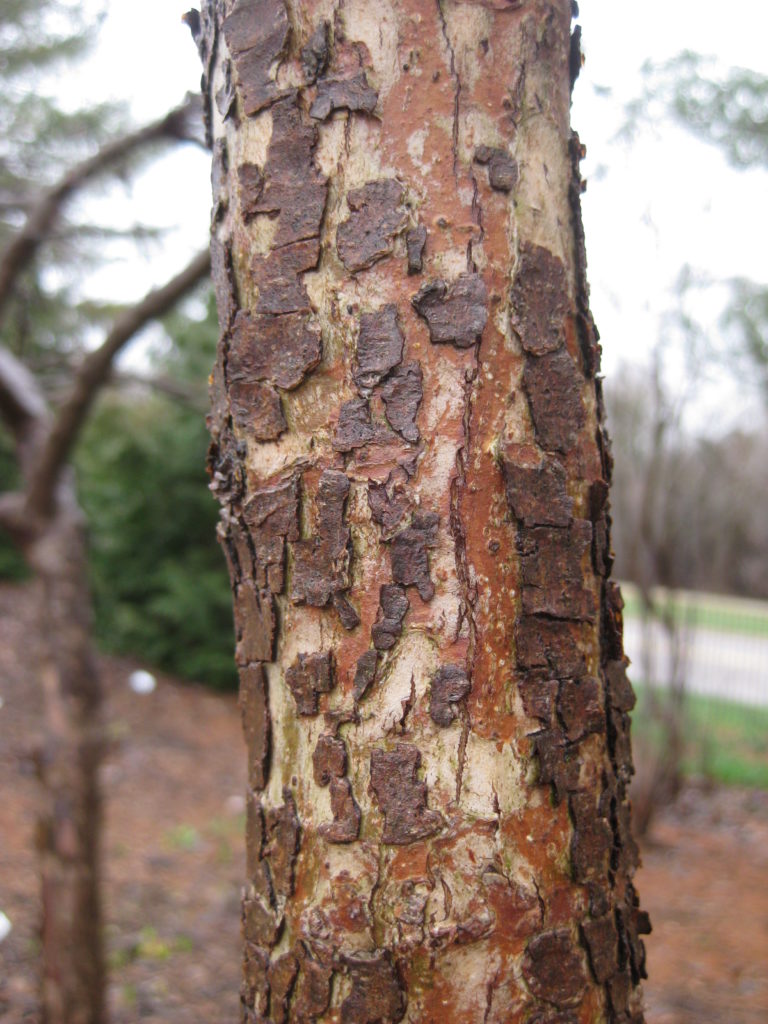
interesting bark with age
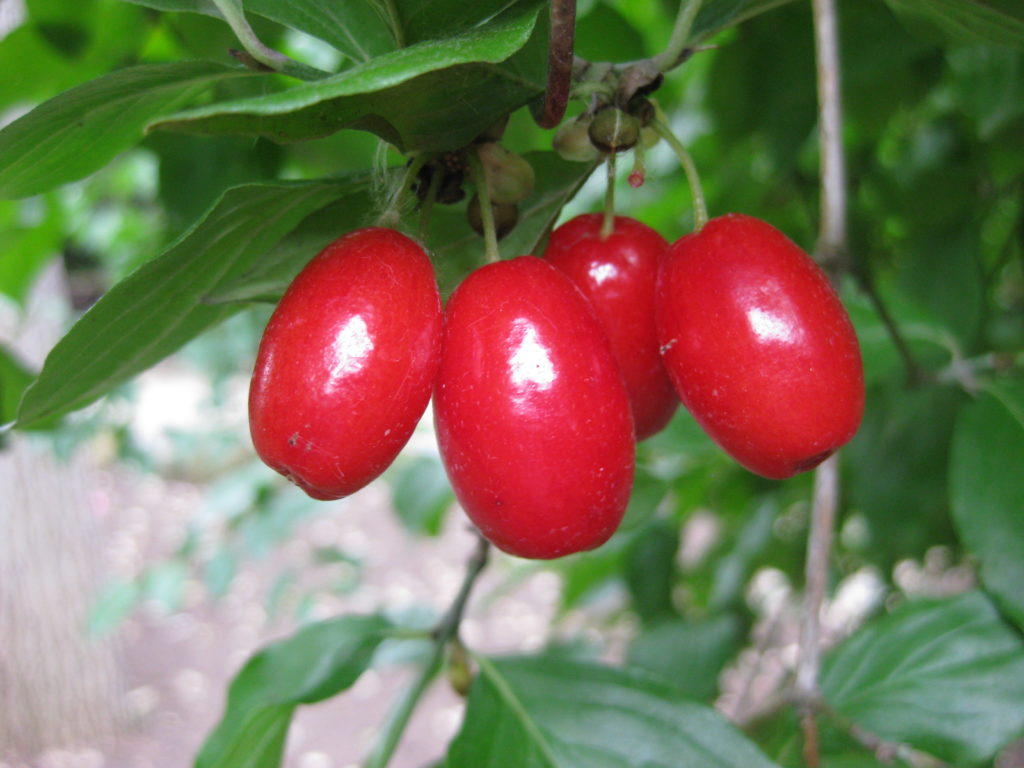
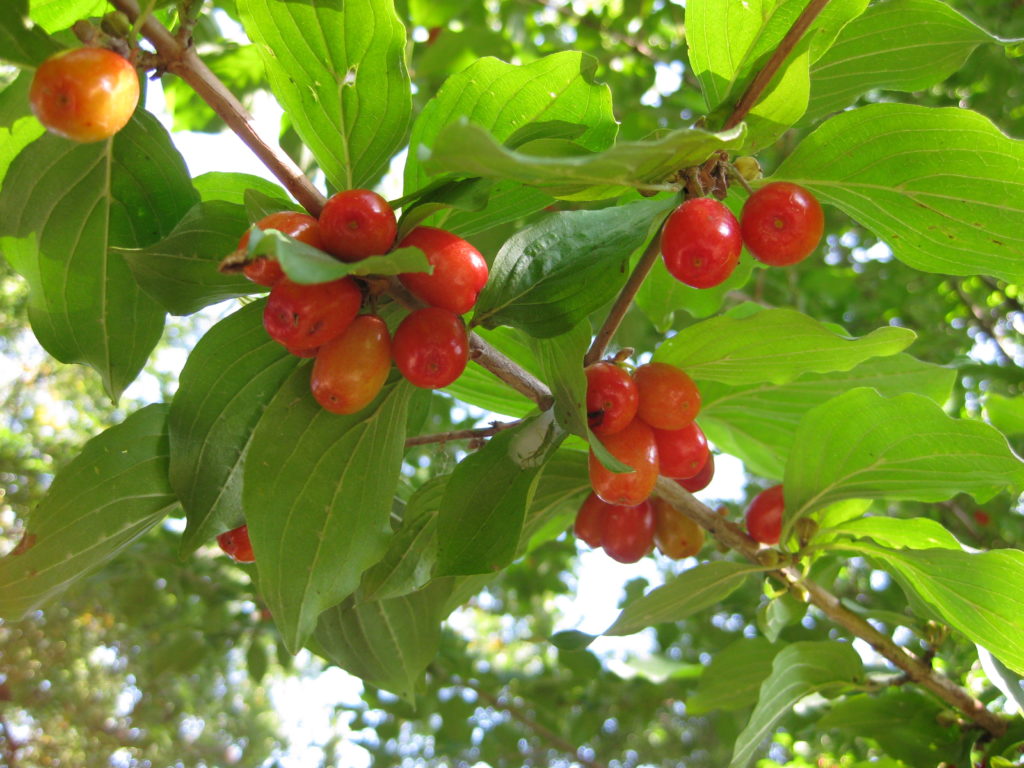
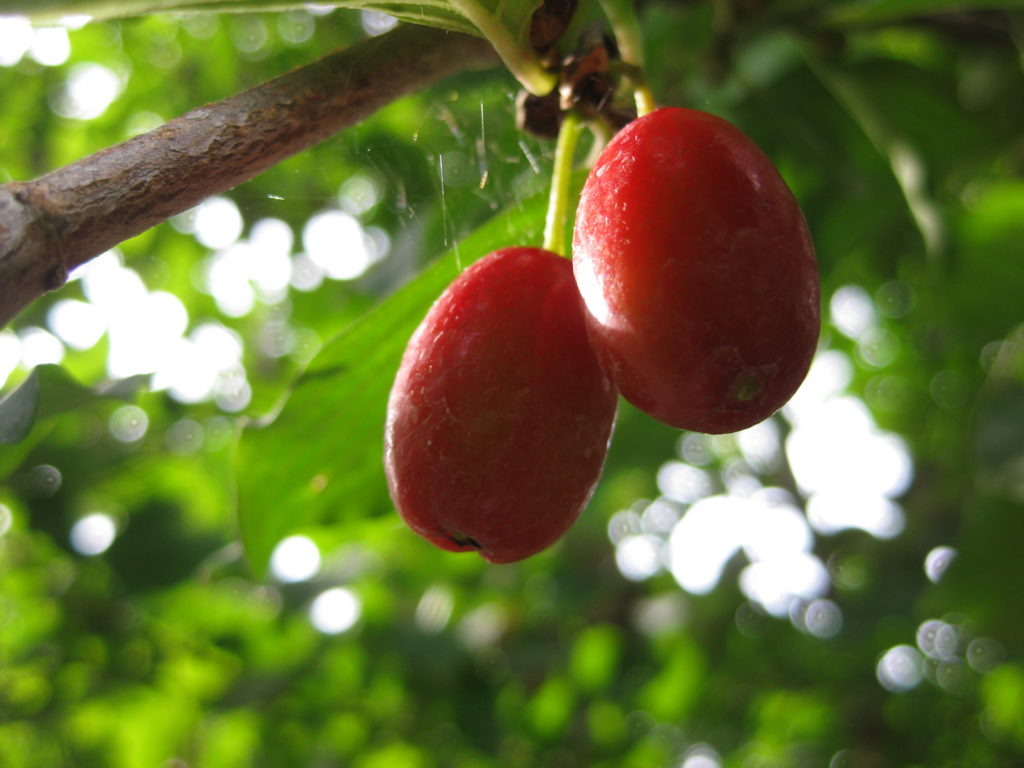

Cornus mas hedge at the Chicago Botanic Garden (imagine this in bloom!)
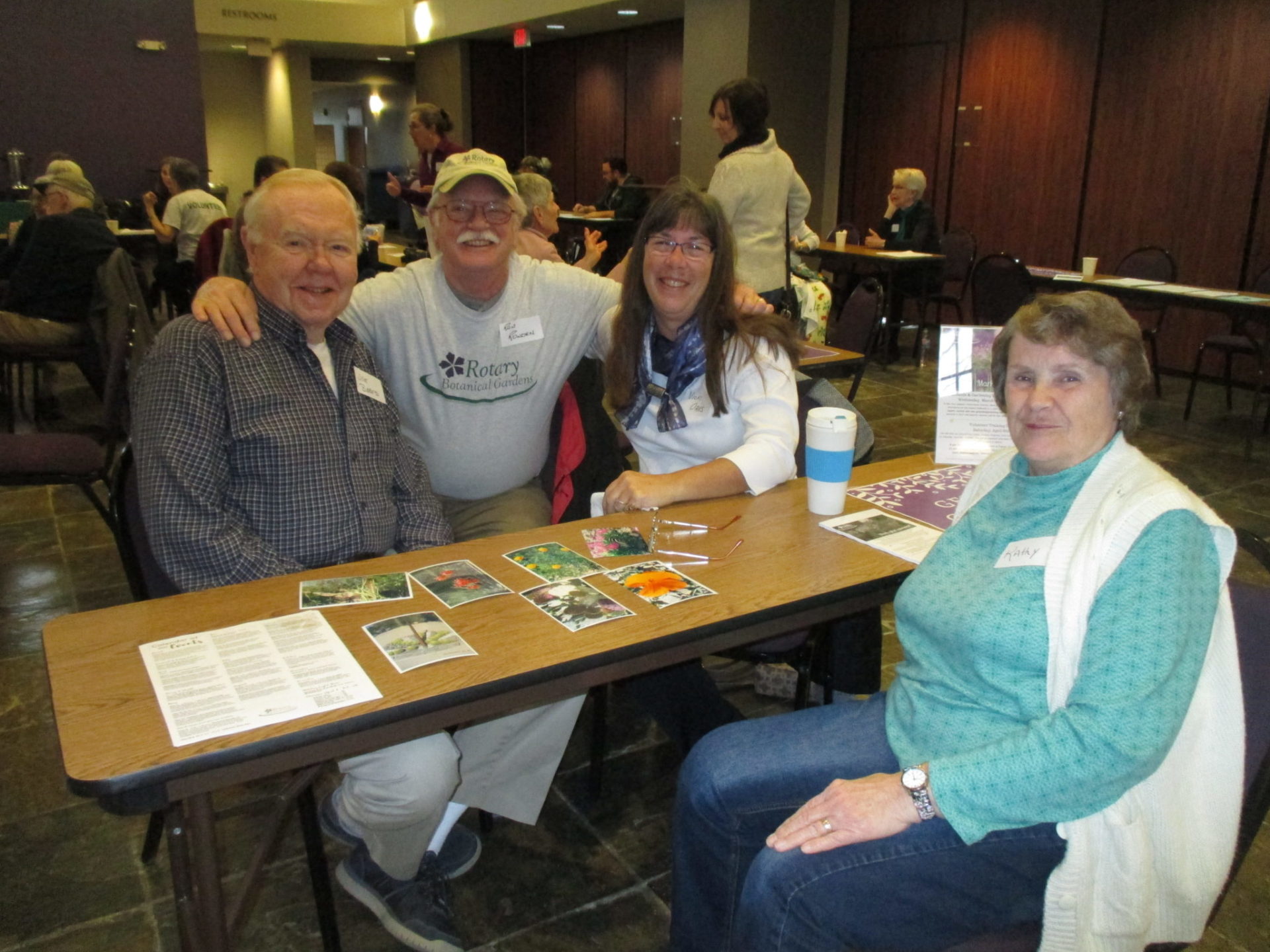
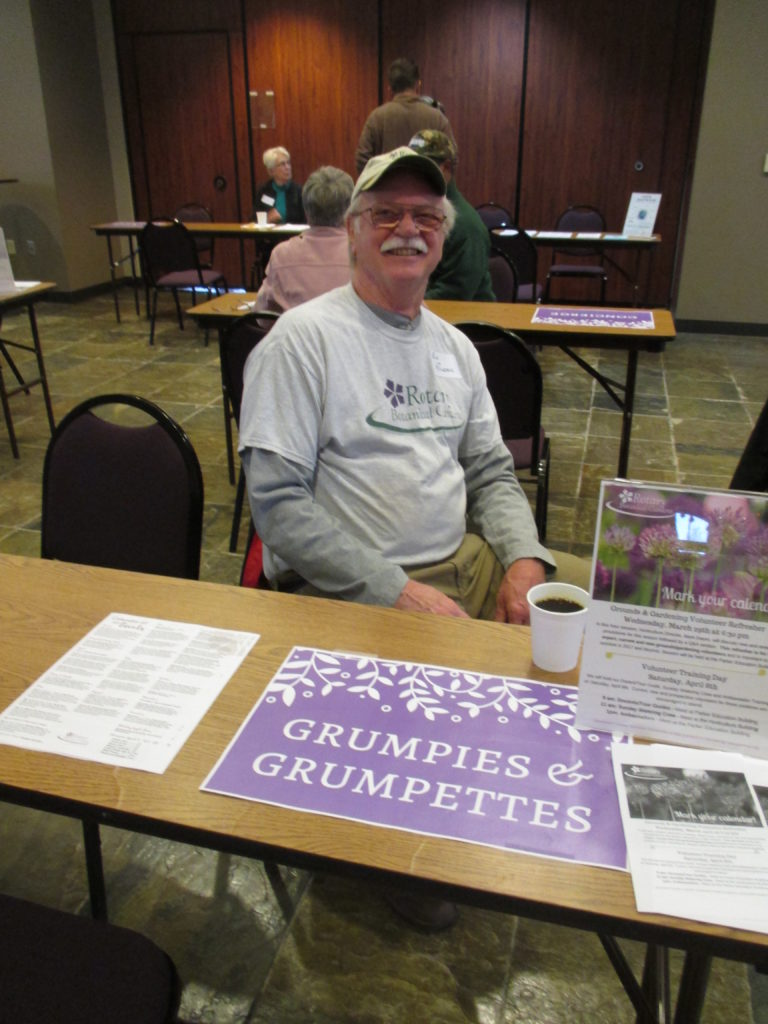
The Volunteer Recruitment Fair went well on Saturday and we met lots of new folks interested in helping out at the gardens. Many of our veteran volunteers were on hand to answer questions and to provide more details regarding their experiences and some of the nuances of each type of volunteer experience. Ron R. (above) was a representative for our “Grumpies”! All of these photos were from Saturday and it was nice to have such a great response from our volunteers in terms of representation and we met some great “potentials” as we like to call them. This Wednesday night, March 29th, at 6:30 pm, I’ll be doing a little orientation for all grounds volunteers (current and future) regarding some updates, policies, procedures, etc. This will be held at the Parker Education Center and will only last about an hour with time for questions as well.
We had a great day at the gardens today with Larry H. working on bringing in deer netting and Larry O. bouncing between projects. Janice was in for some projects as well. Volunteers included Bob C., new Bob, Lloyd, Ron R., Jenny E., Kay, Gary S., Jim, Vern, Steve J., Marv B., Bobby K., Dick H., Bill O., Rollie M., Alan M., Dr. Gredler, Ron P. and many more. We had a productive day both inside and outside!
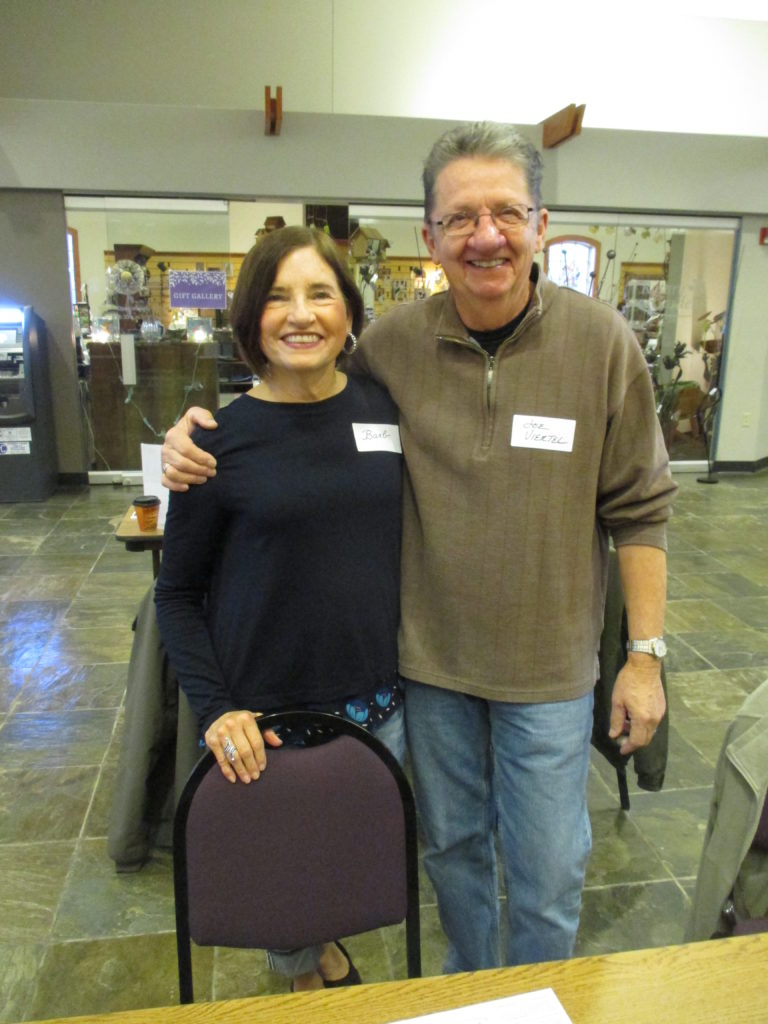
Barb and Joe (above)

Magda (left) and Marleen
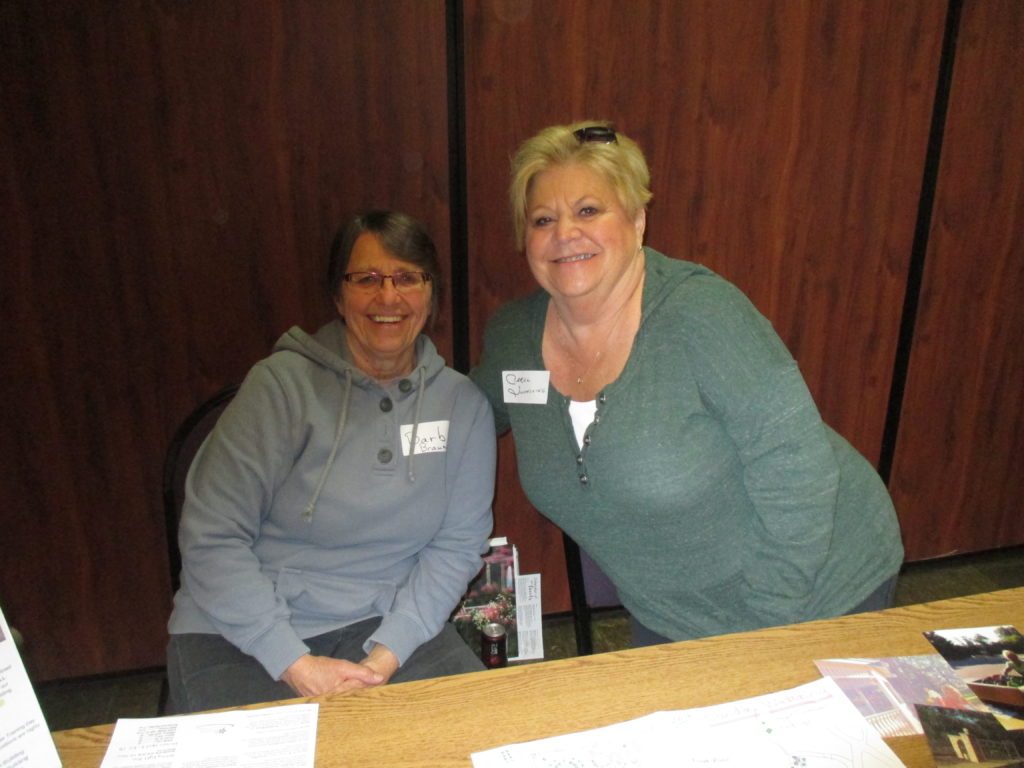
Barb (left) and Carol
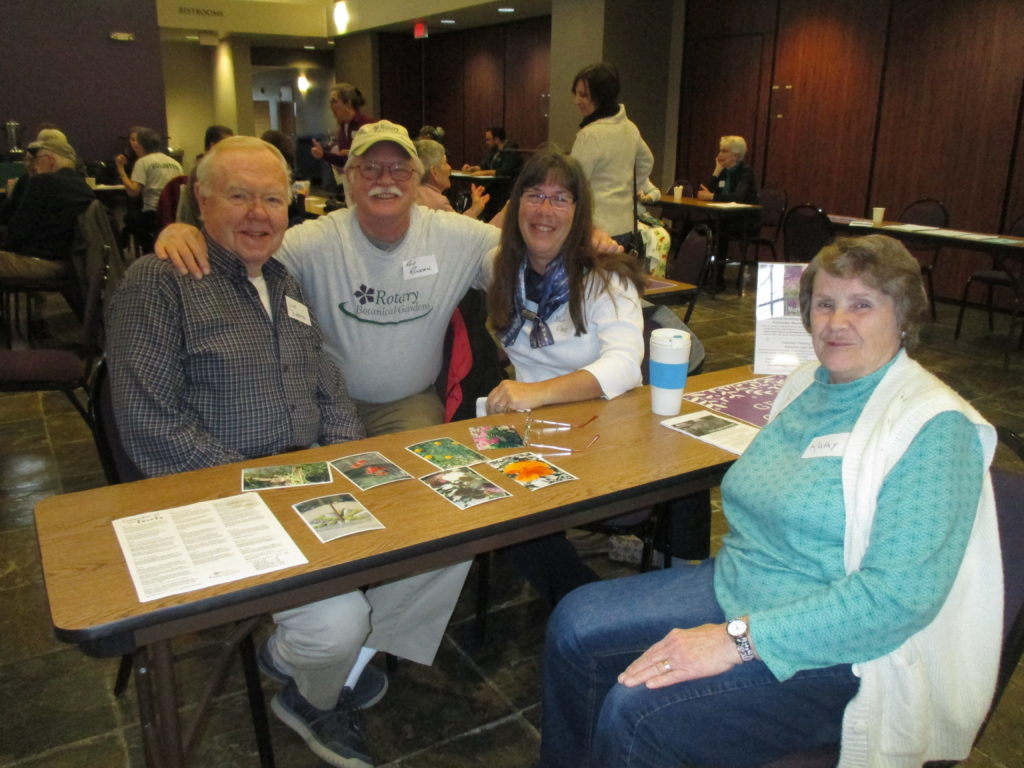
Joe, Ron, Vicky and Kathy P. (left to right)
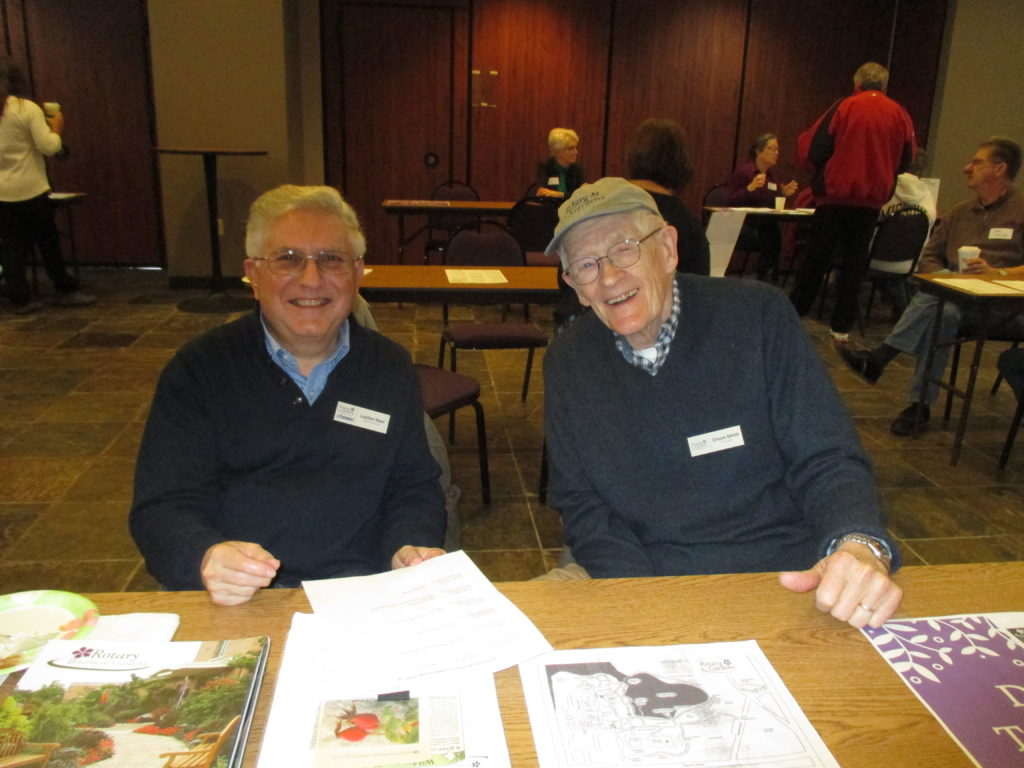
Layton (left) and Chuck – representing tour guides
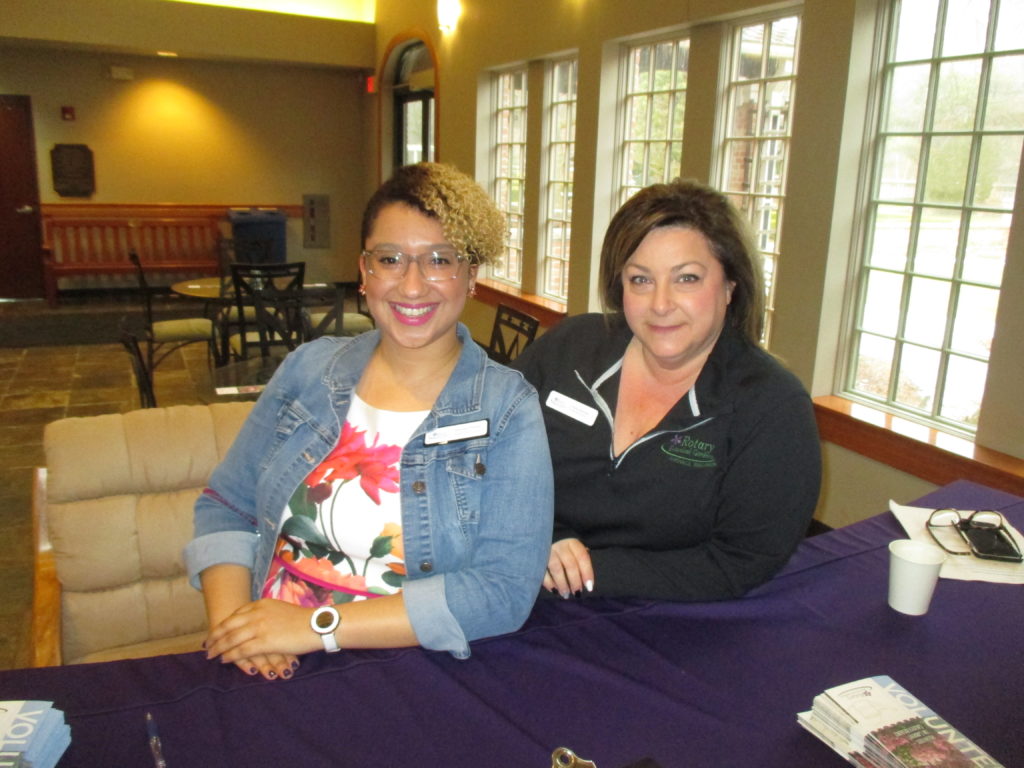
RBG staff – Maryam P. (left) and Chris D.
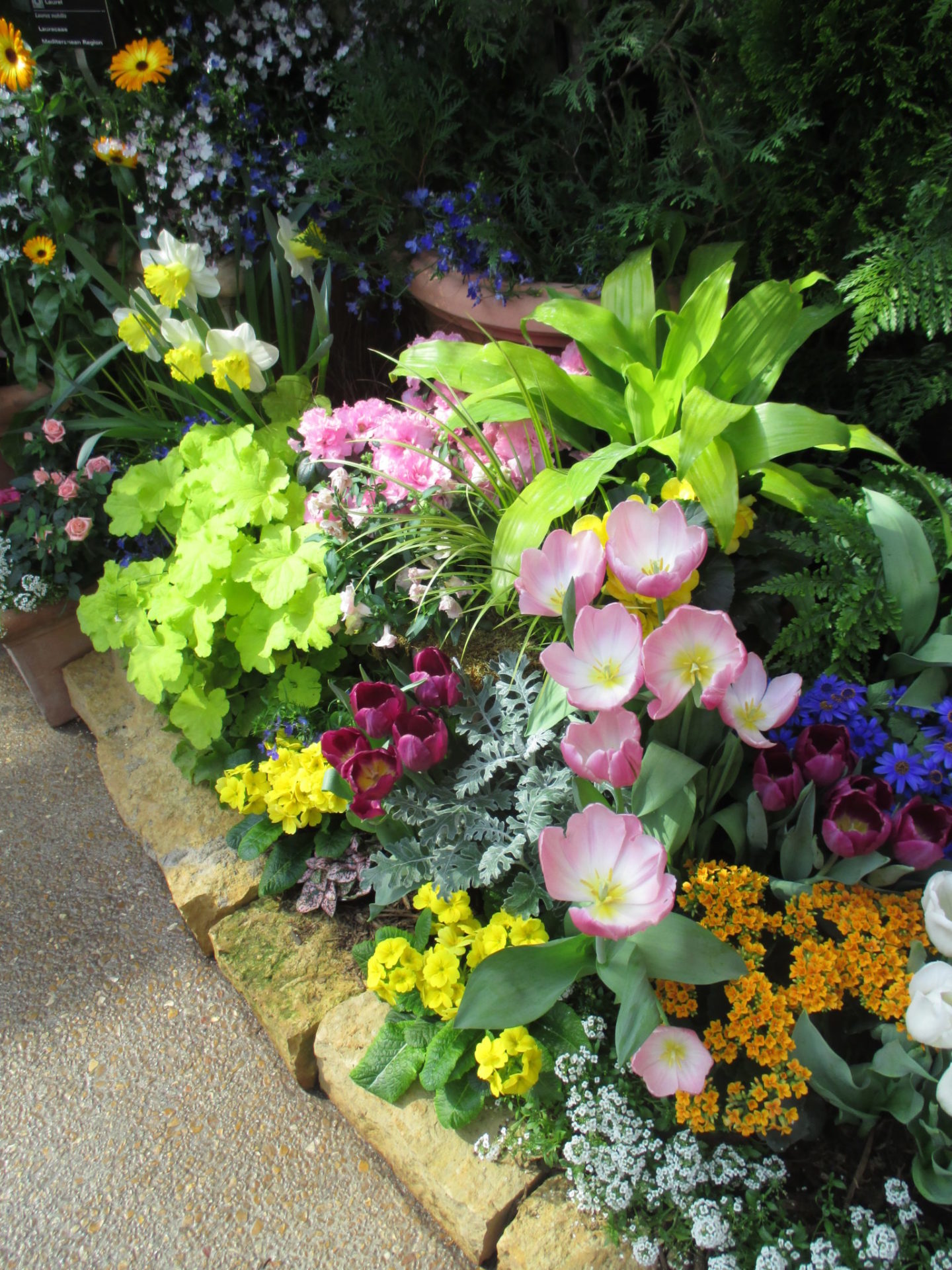
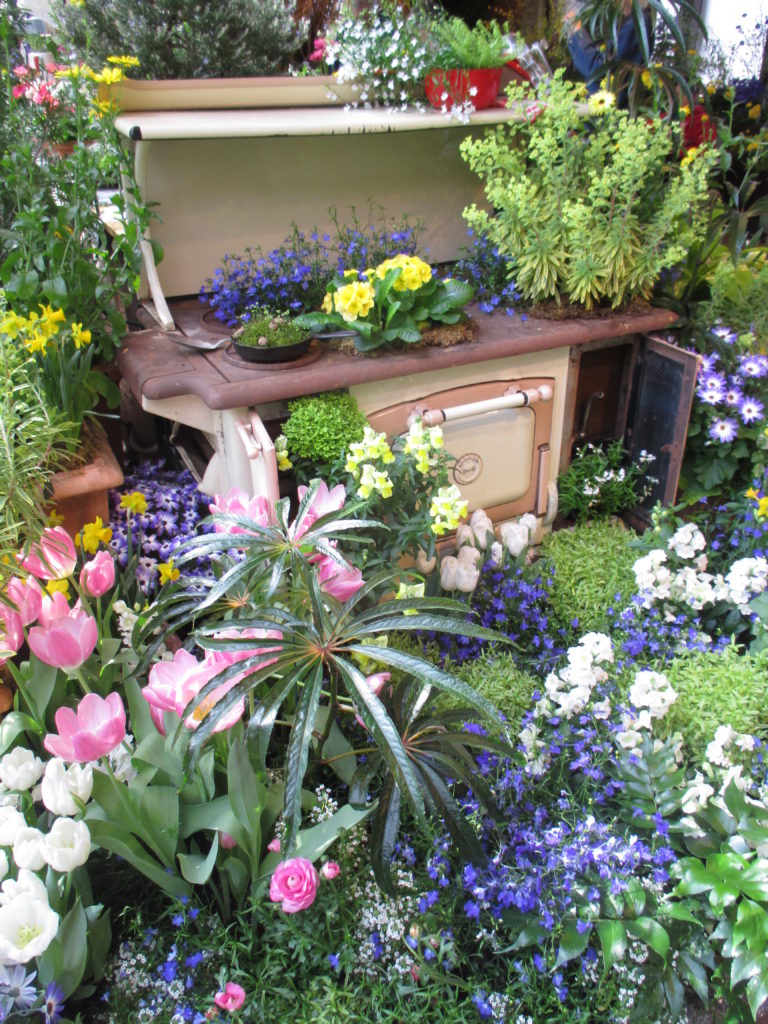
I had some meetings in Madison on Friday and as always, I stop by Olbrich Botanical Gardens to get my “plant fix”. I toured the gardens and chatted with some of the grounds folks that I know. There are plenty of signs of life outside and they are in the midst of the same spring clean up chores that are occurring at RBG. I noted that their Spring Flower Show was open and was so glad I spent the $3 to pop in and check it out. It was fabulous with lots of creative “garden interiorscapes” and plenty of both color and fragrance. It was exceptional and I kept circling the layout to capture more details with every circuit. I wont go in to too much text as the photos will give you a better idea of the experience. It’s only open through Sunday, March 26th so I was glad I visited with camera in hand!
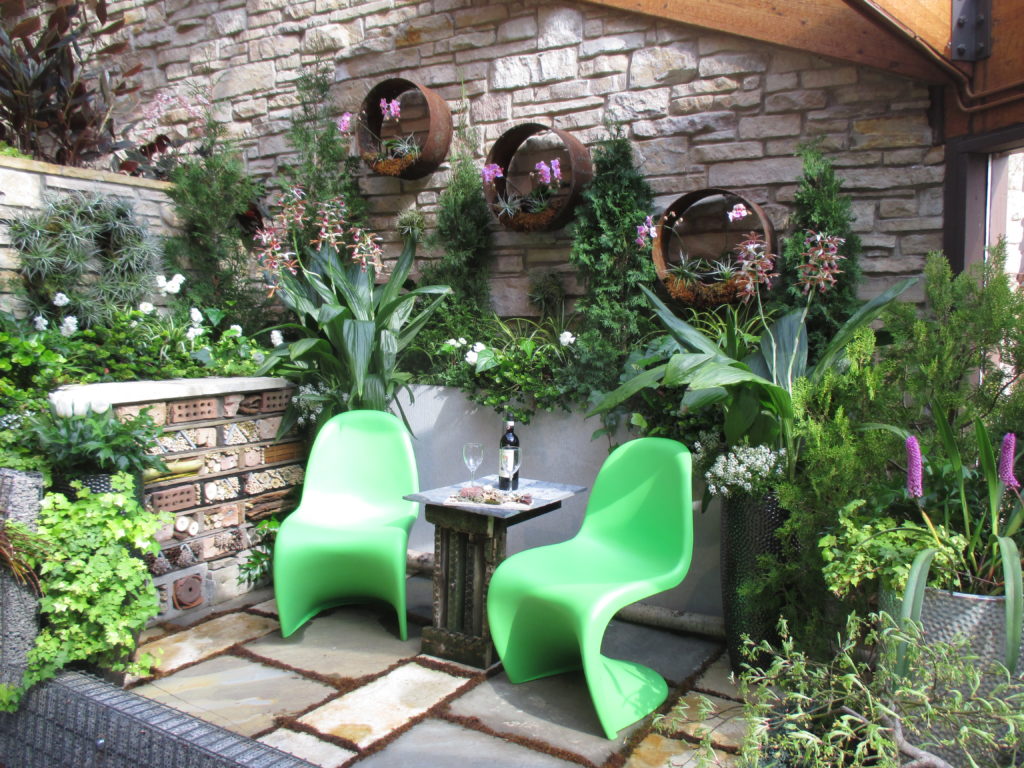
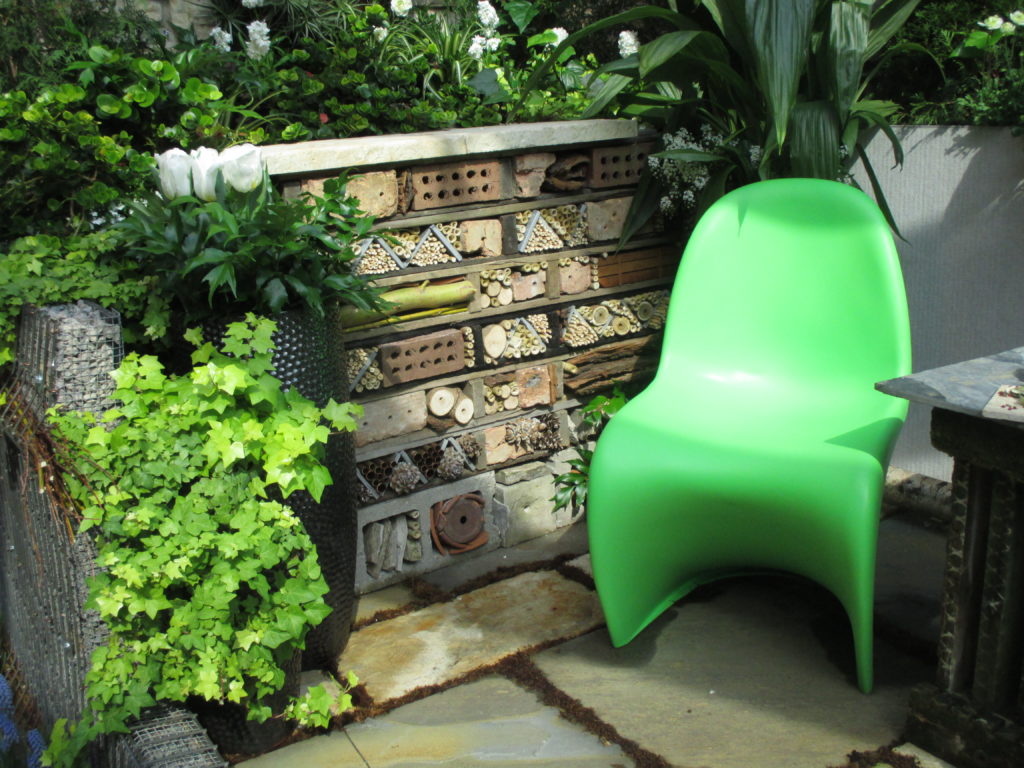
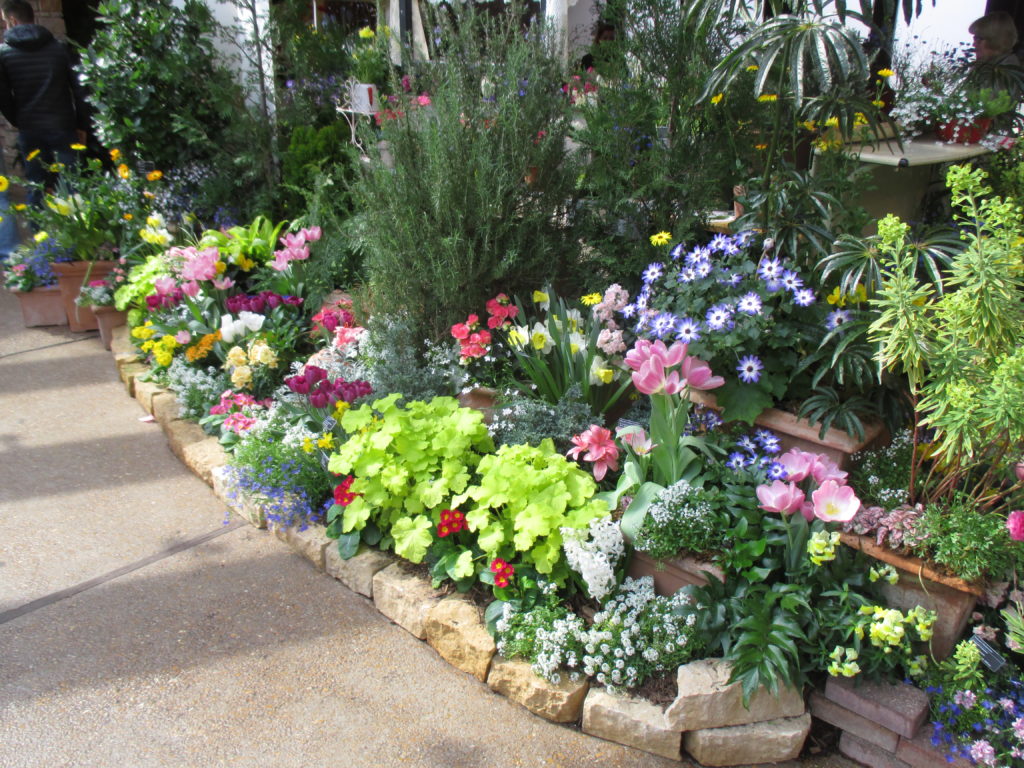
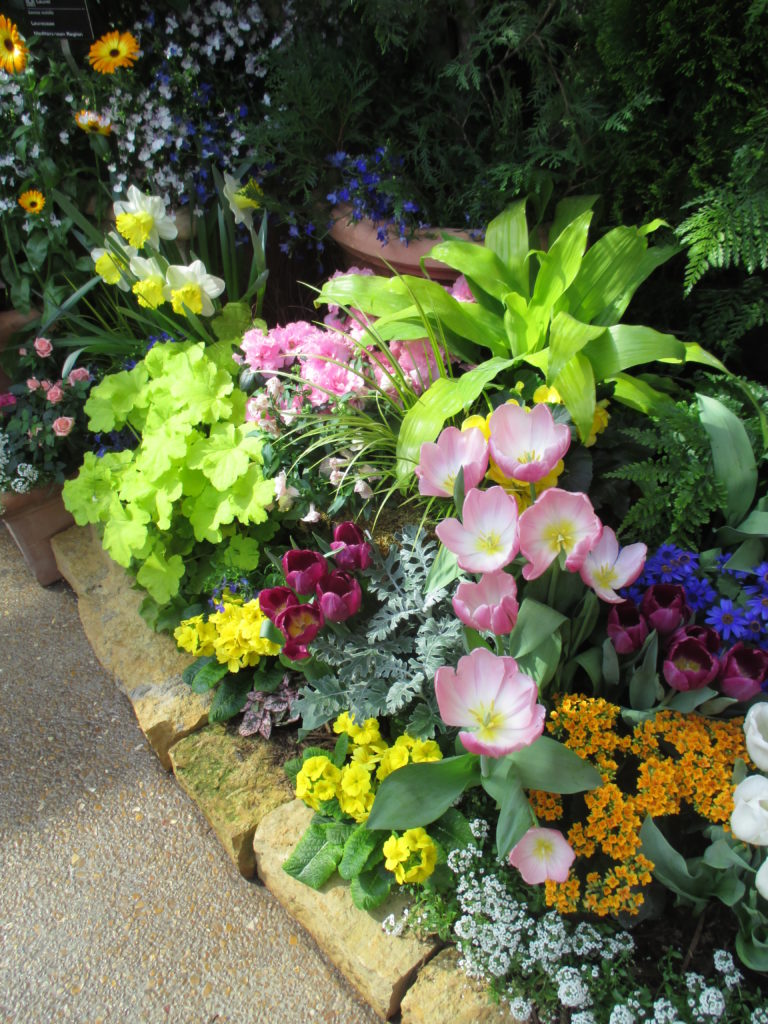
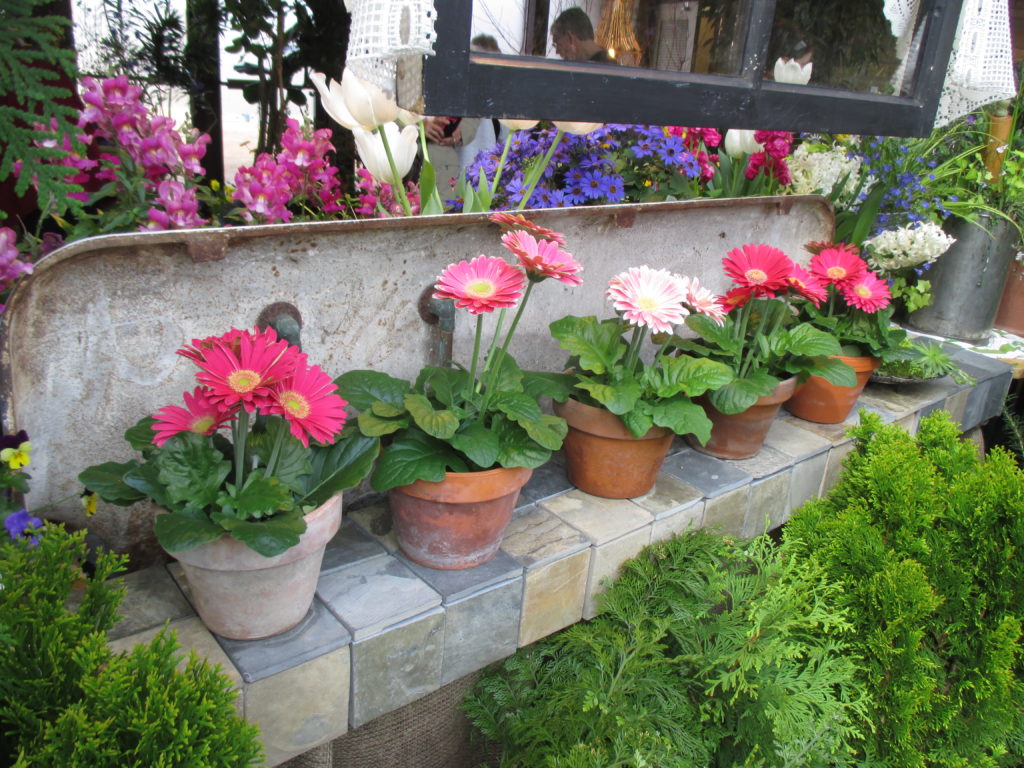
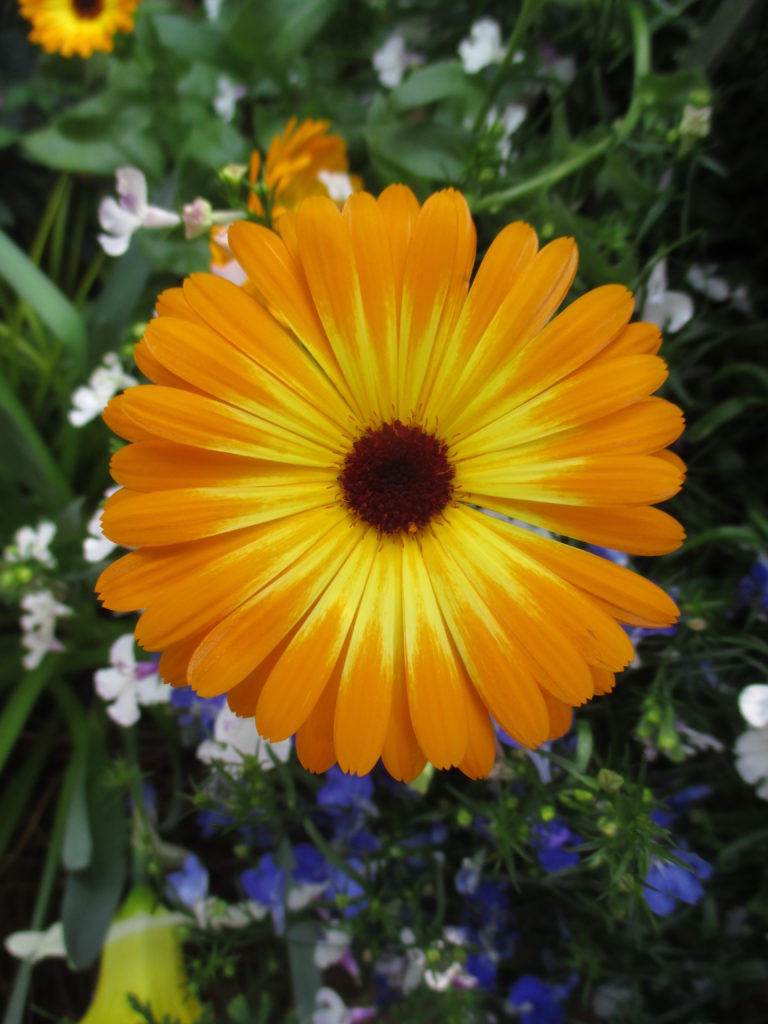
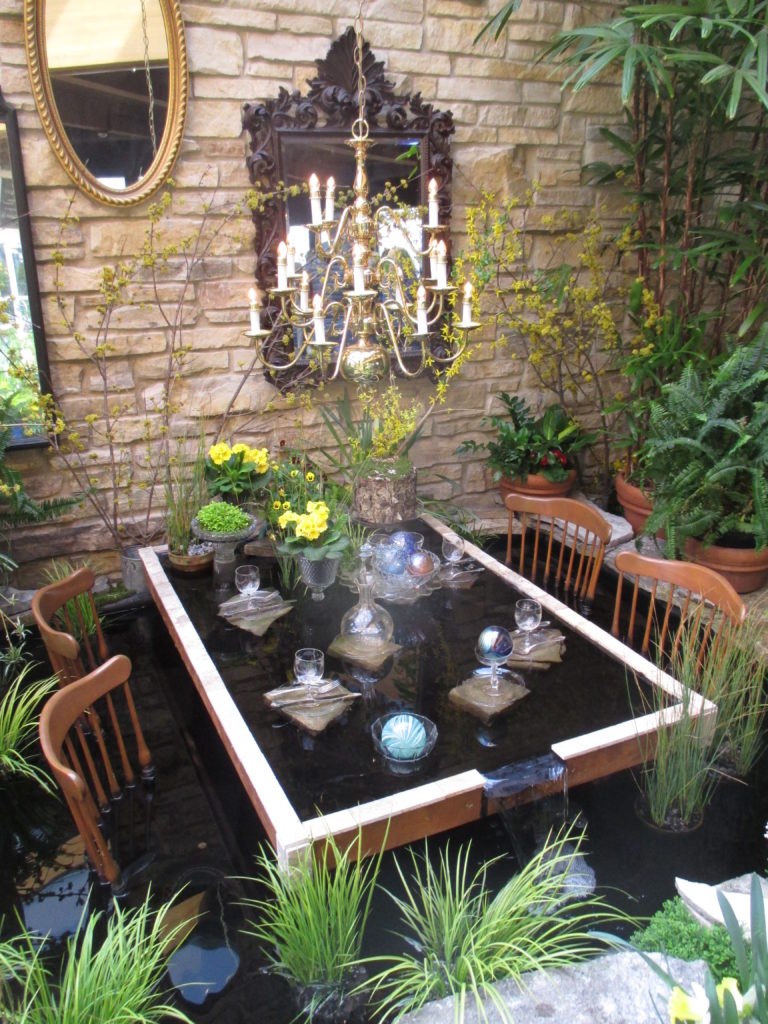
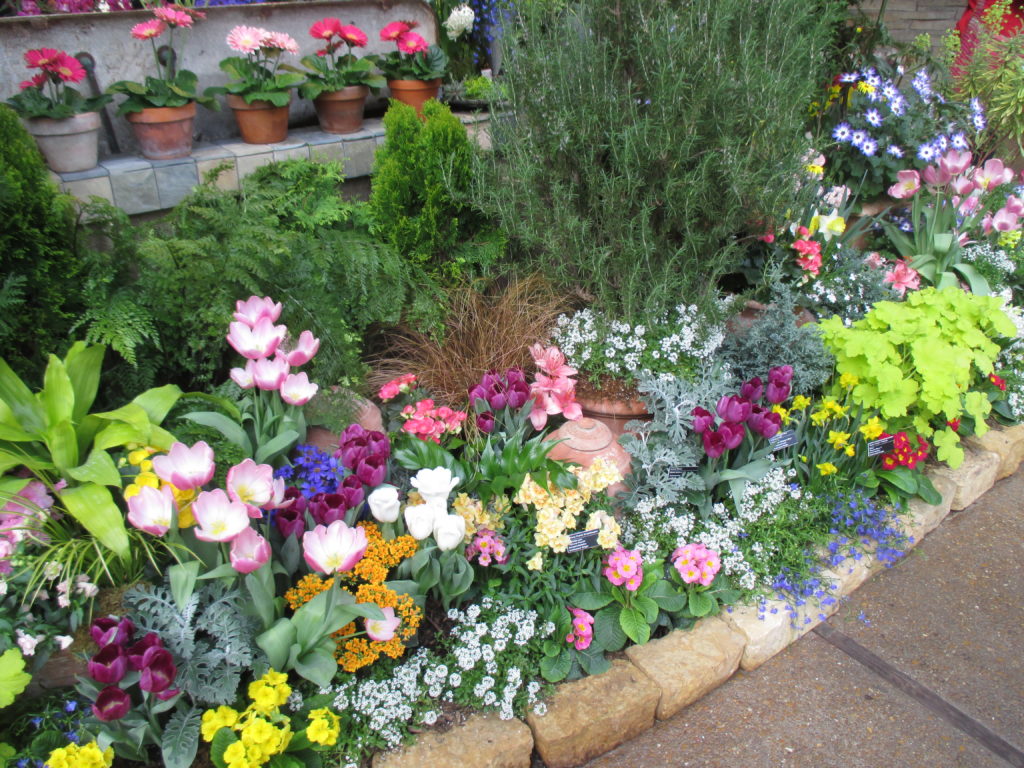
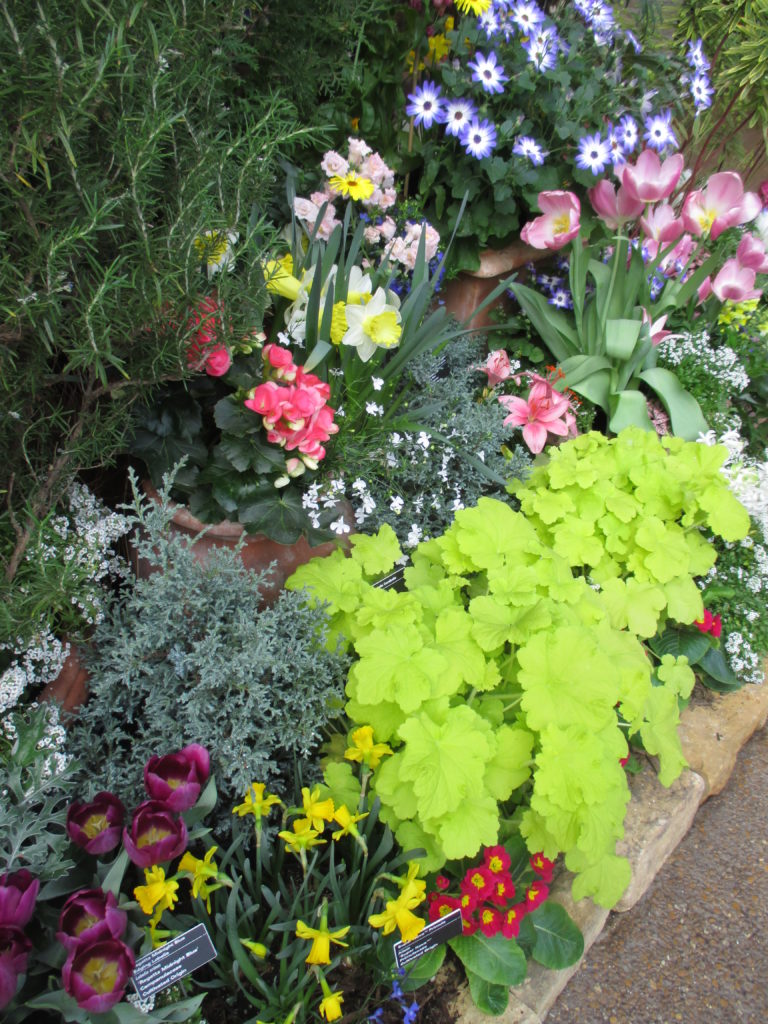
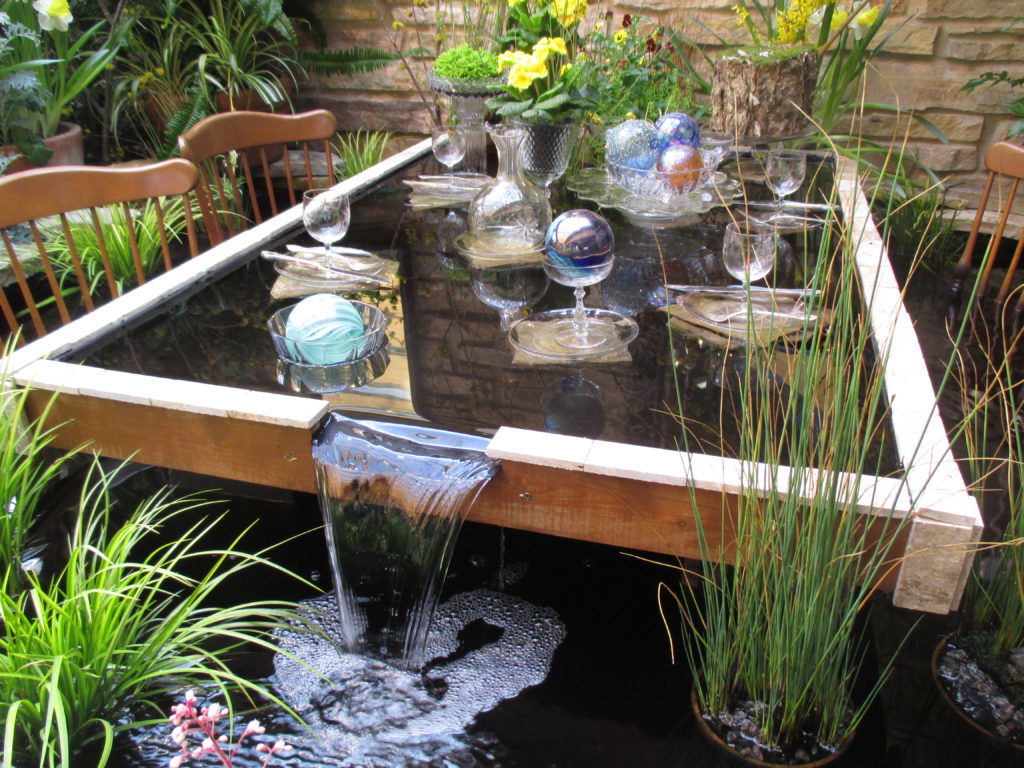
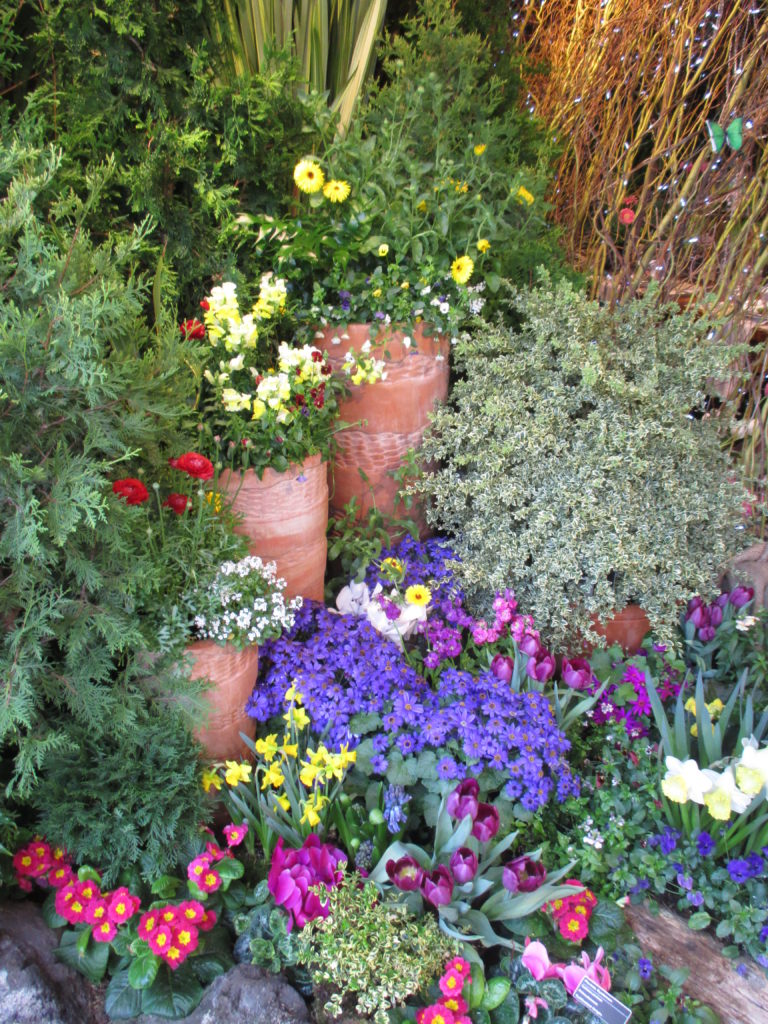
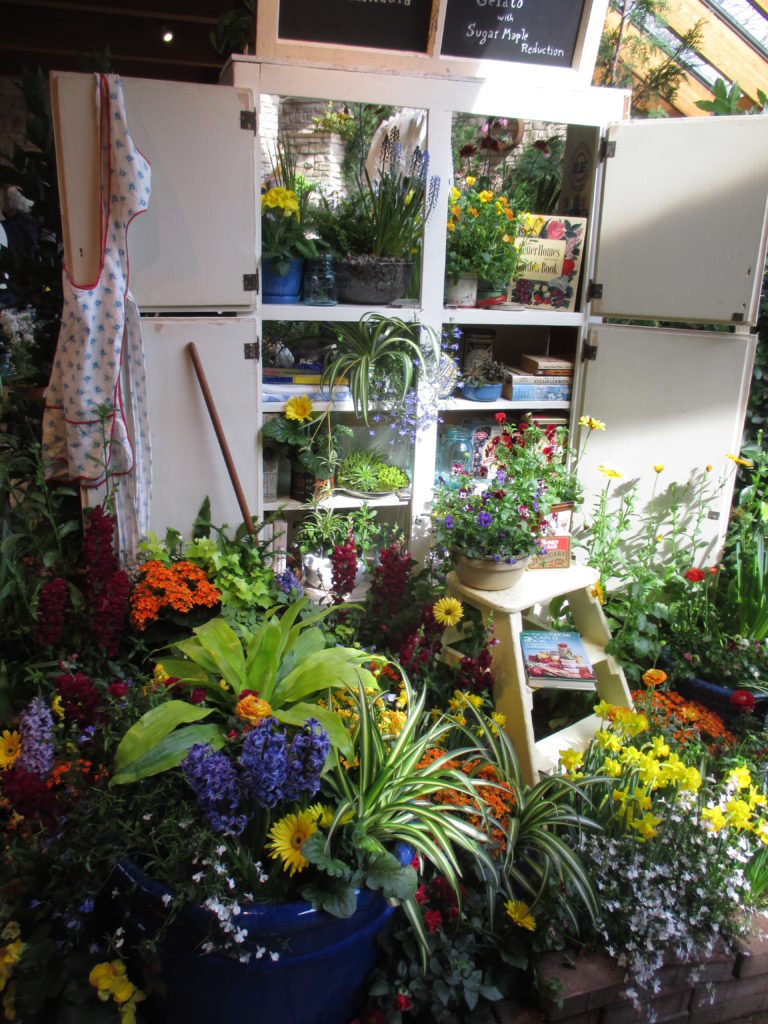
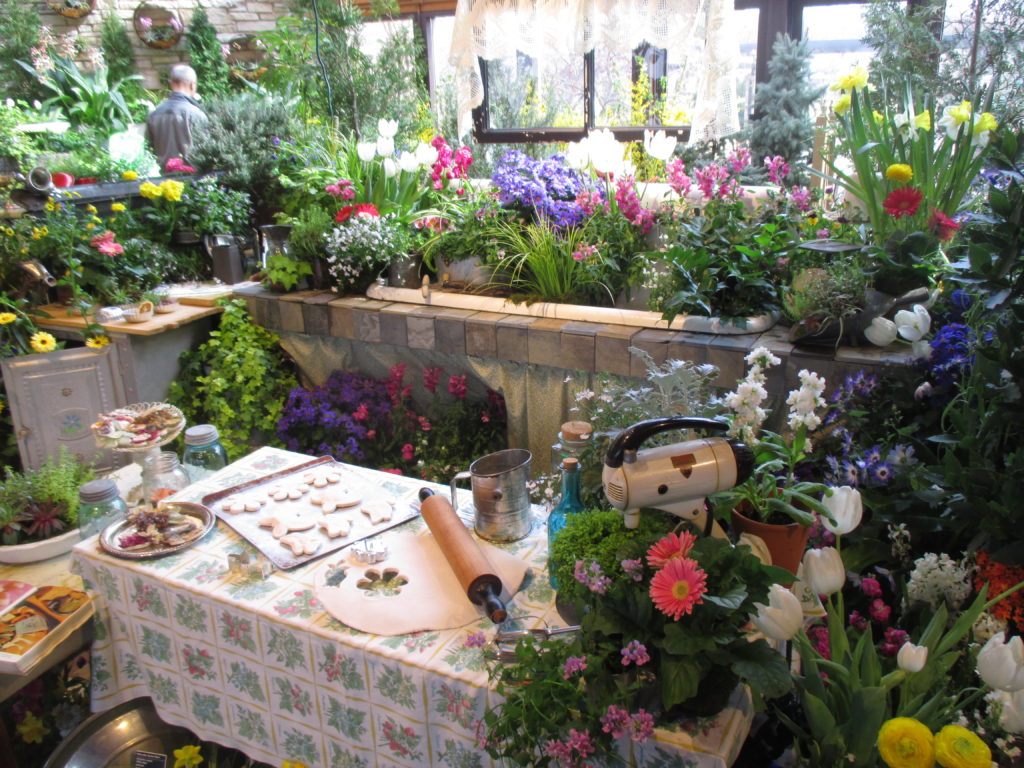
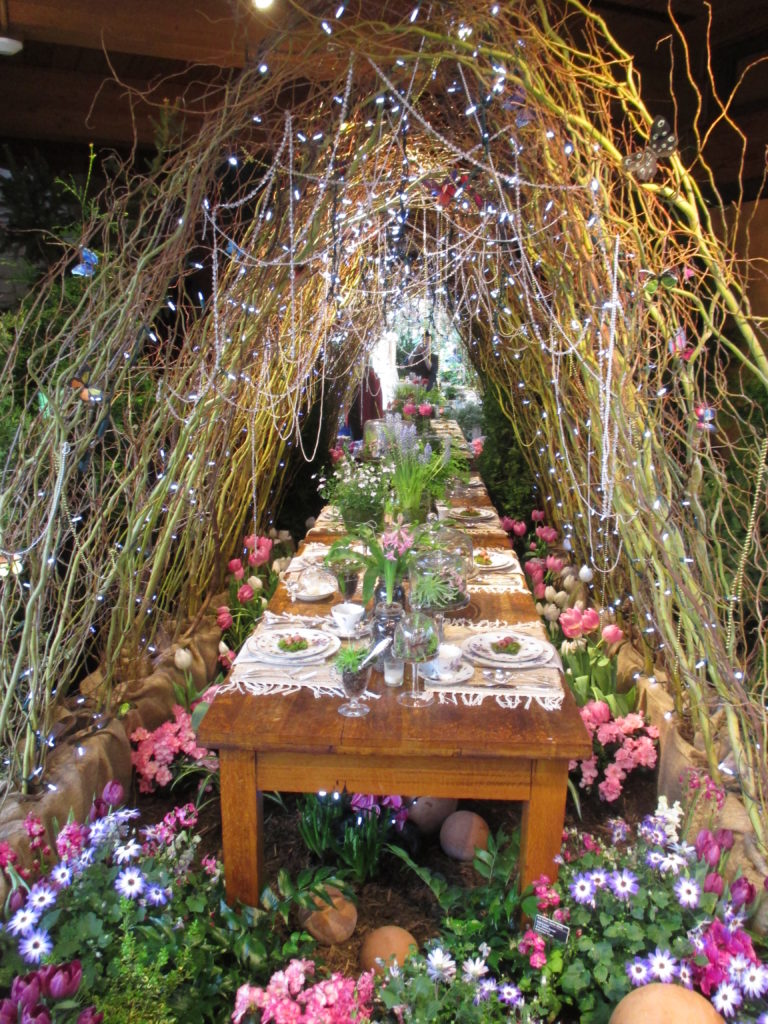
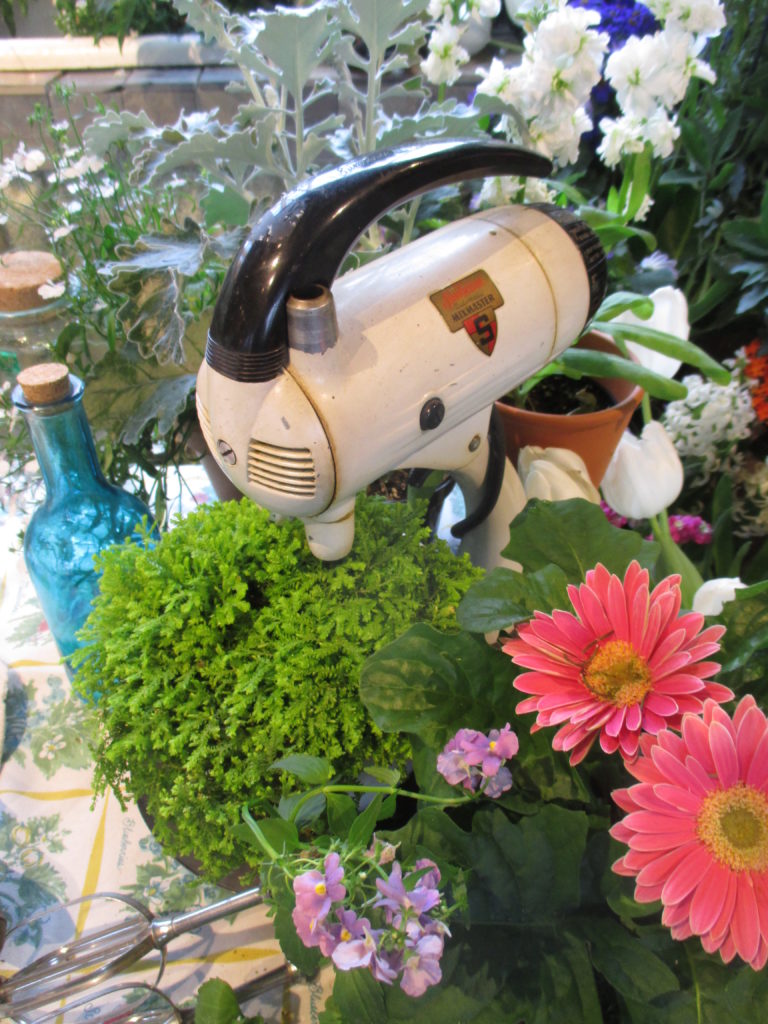
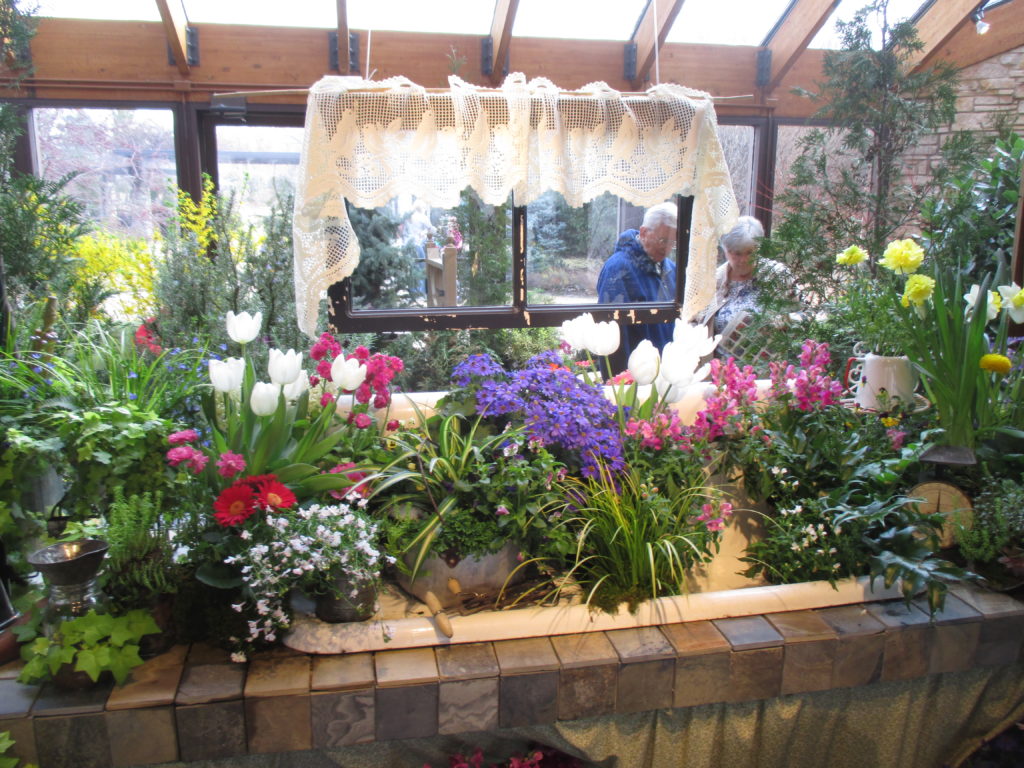
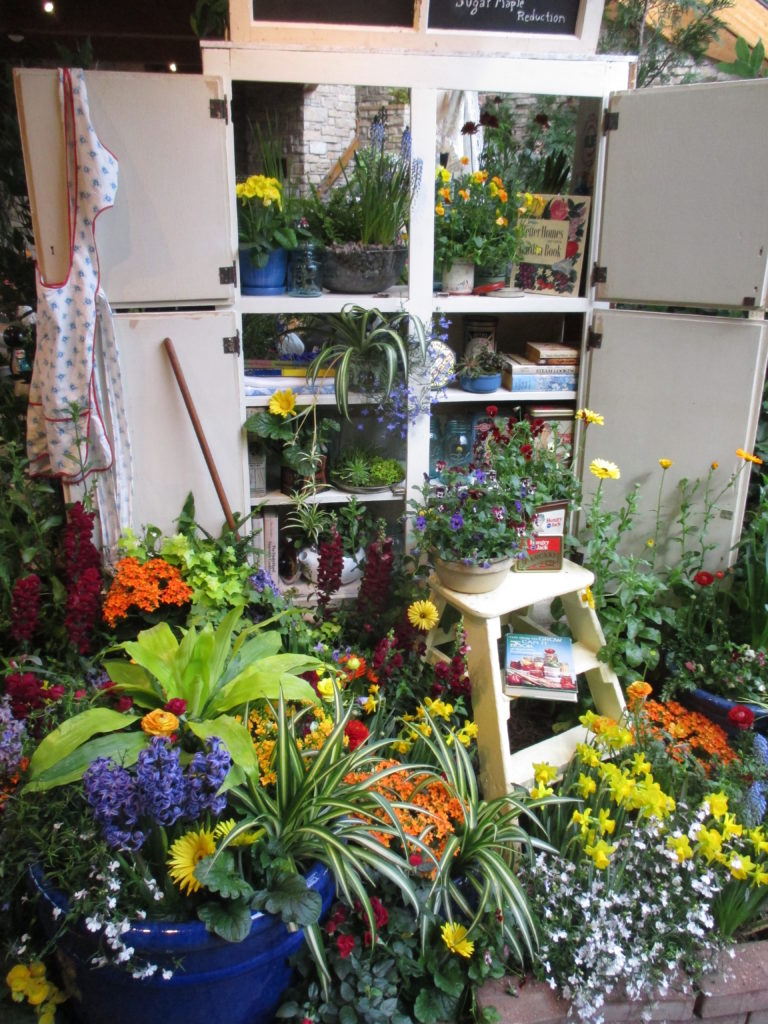
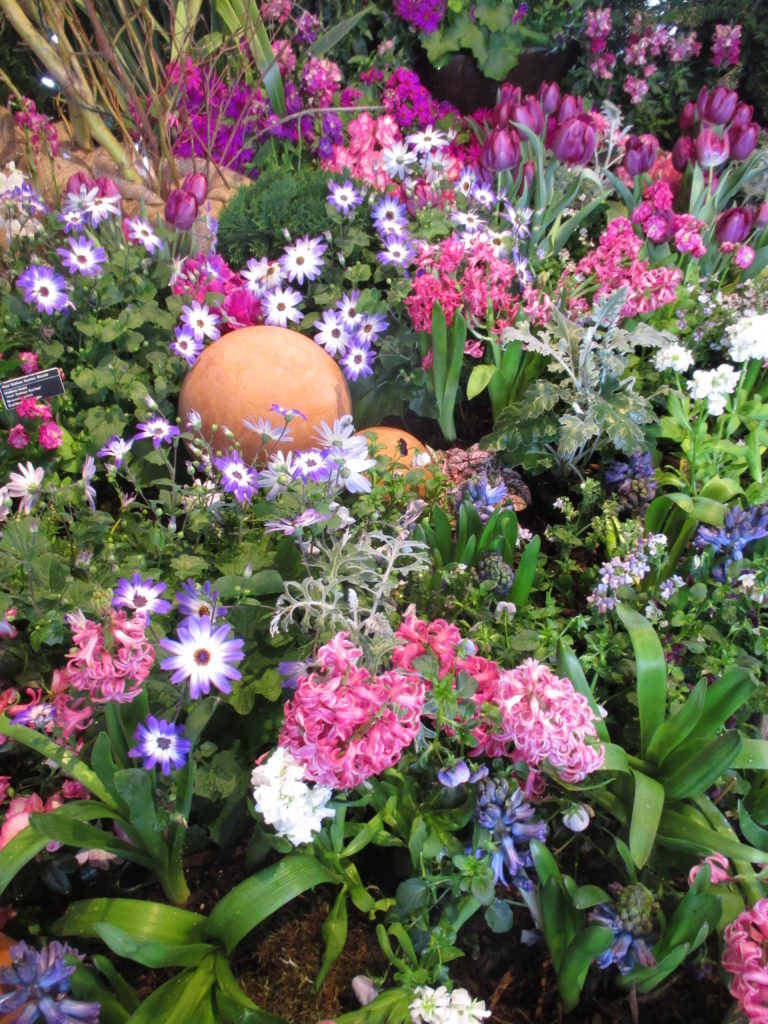
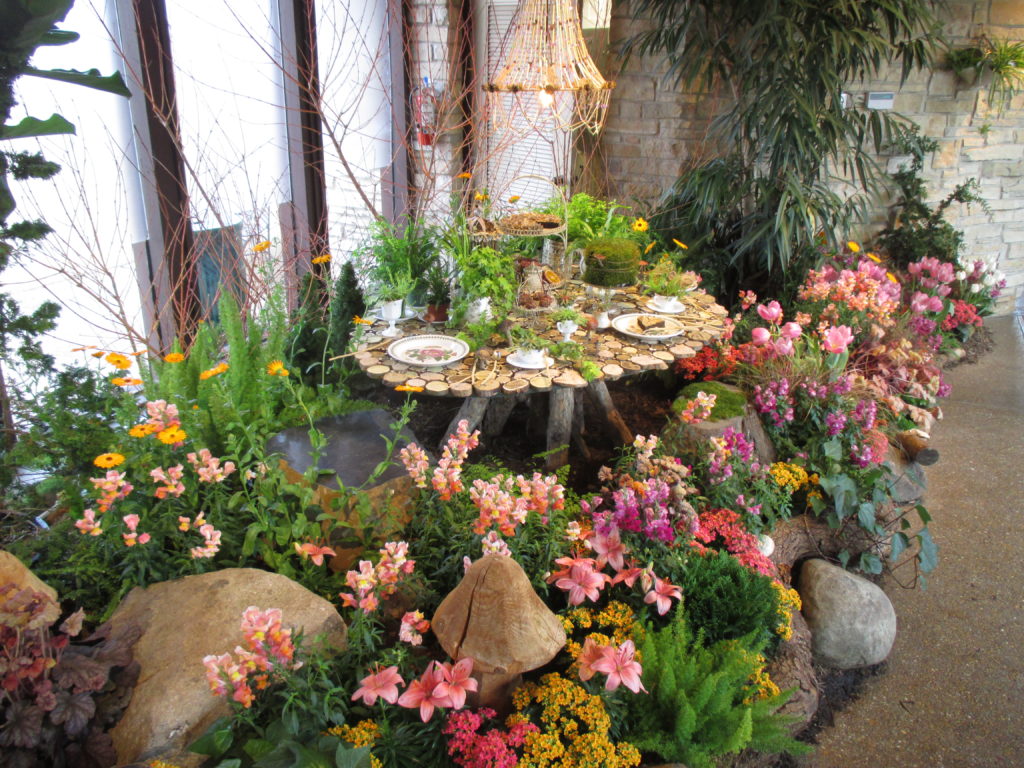
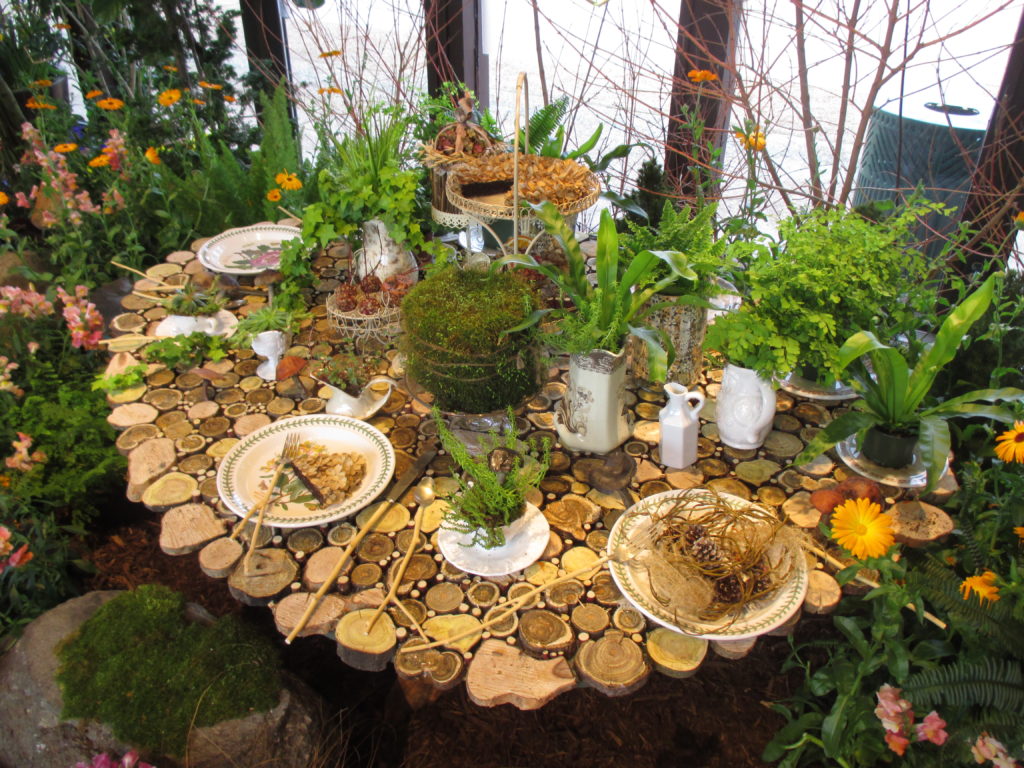
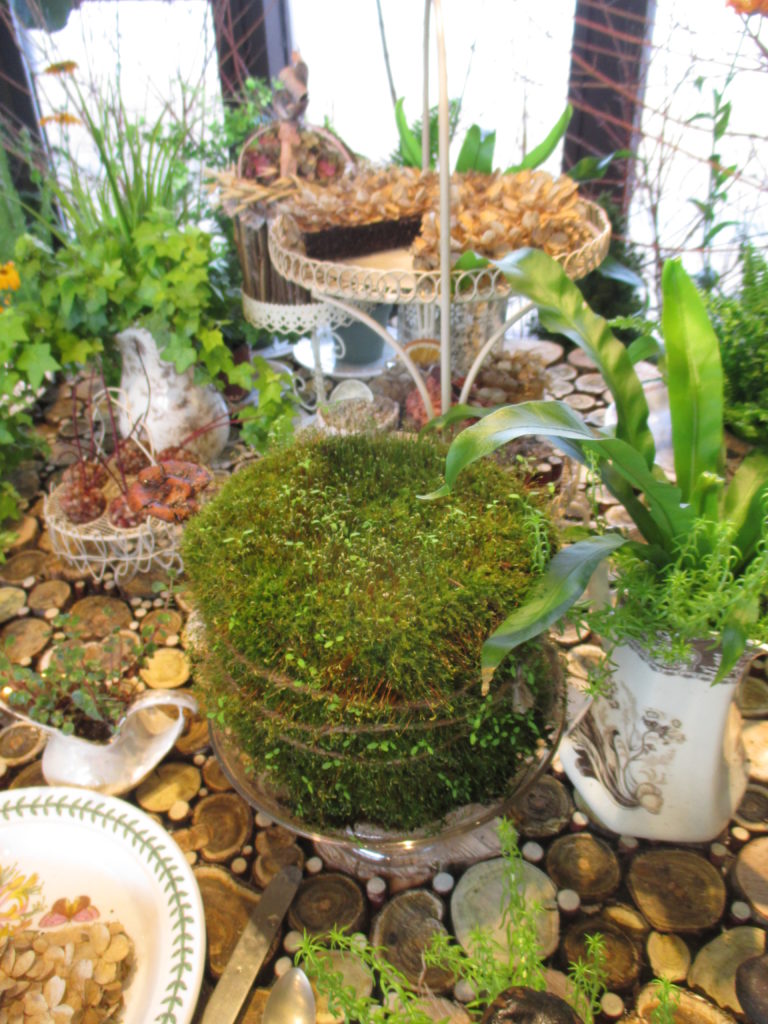
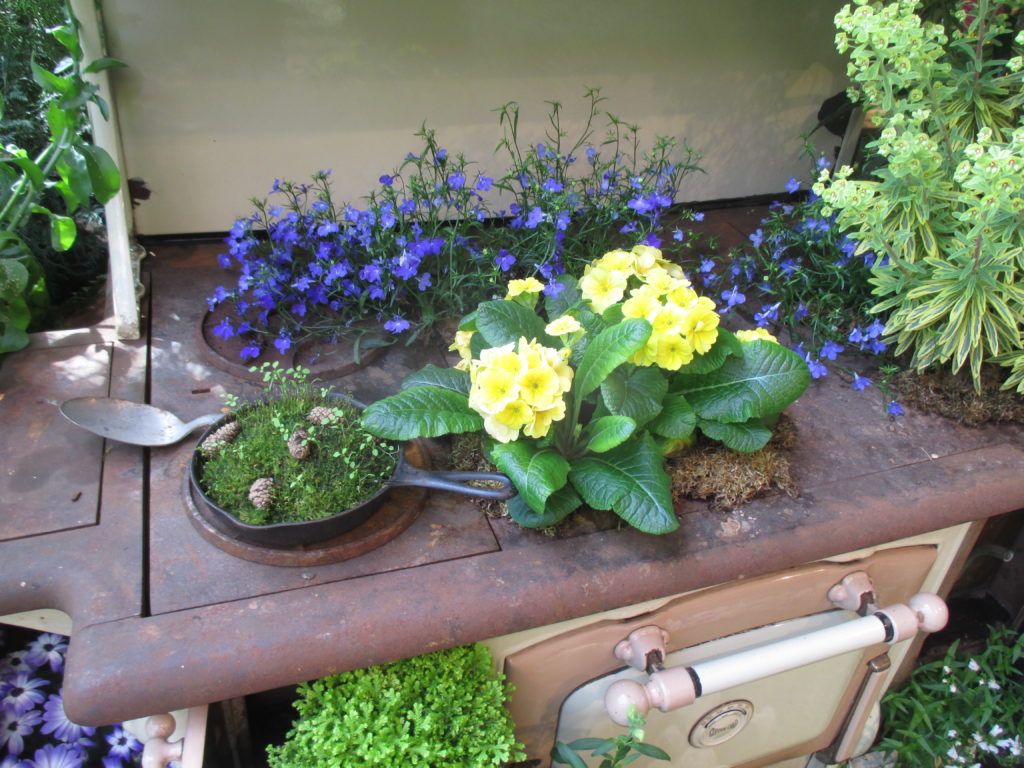
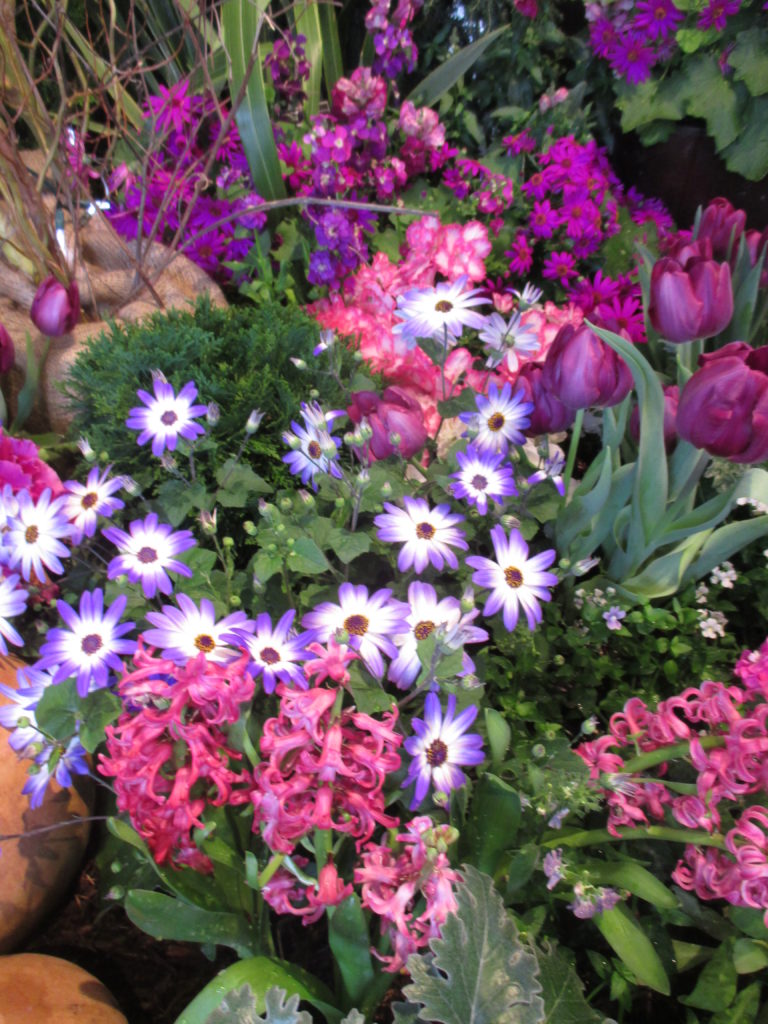
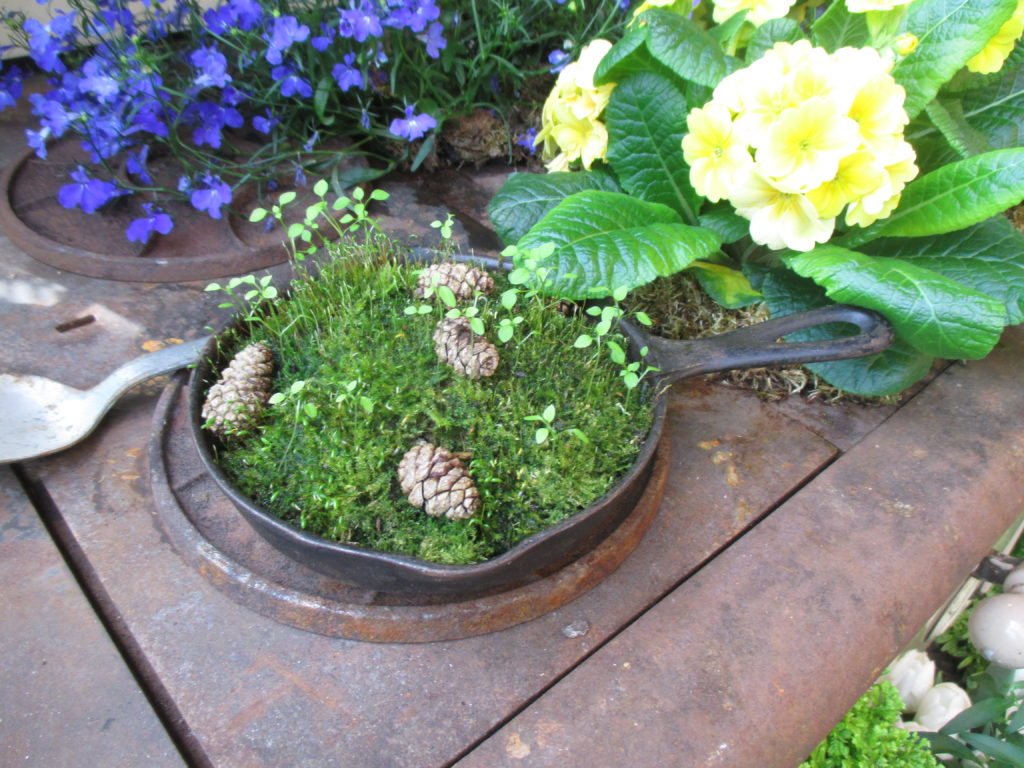
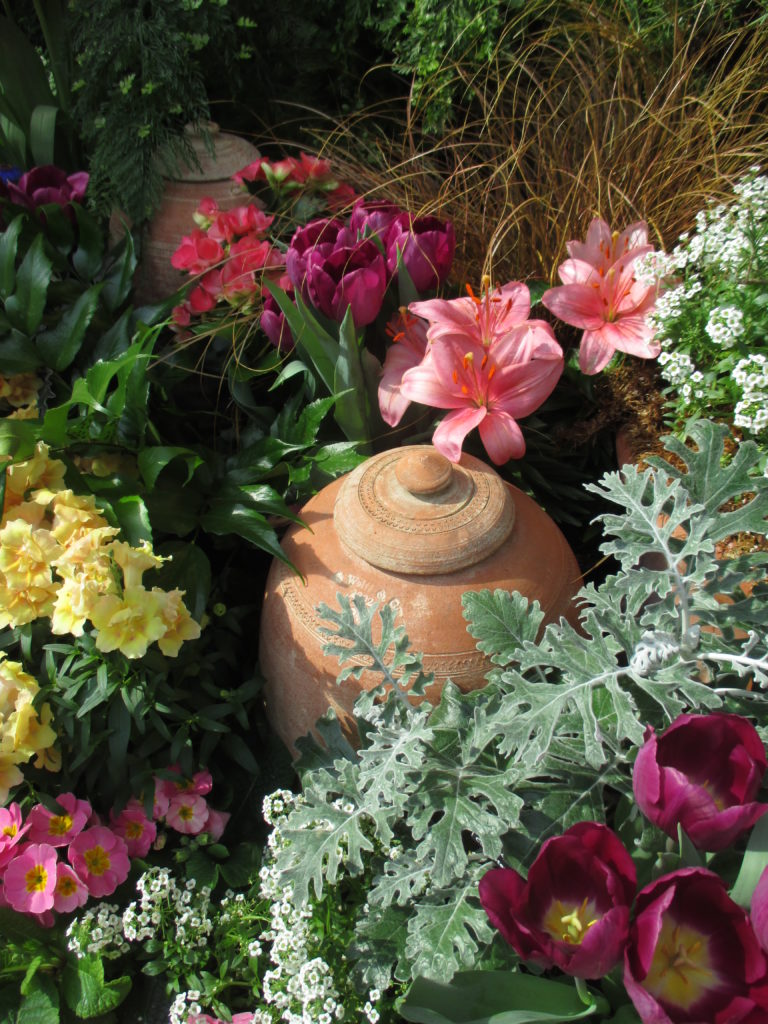
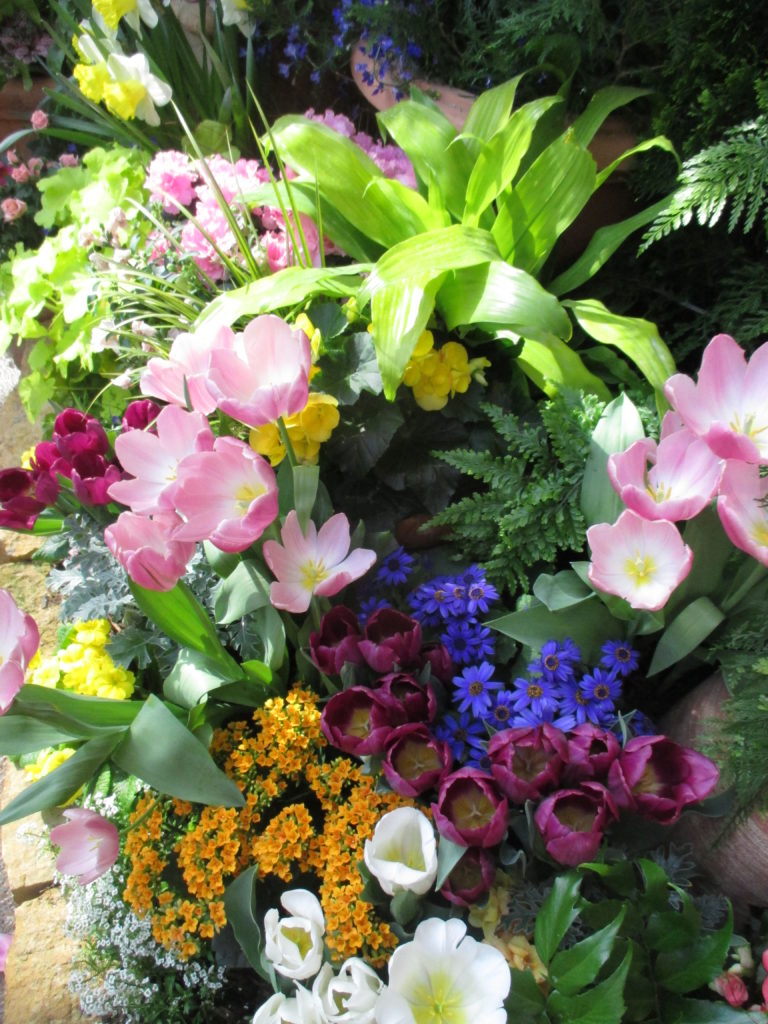
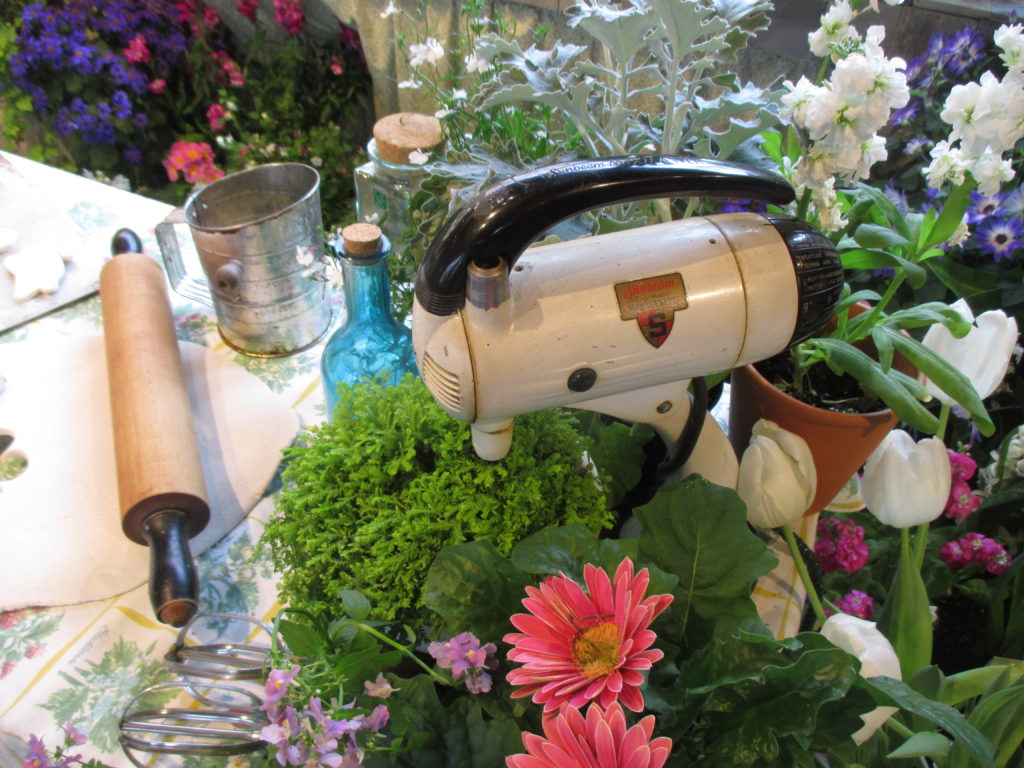
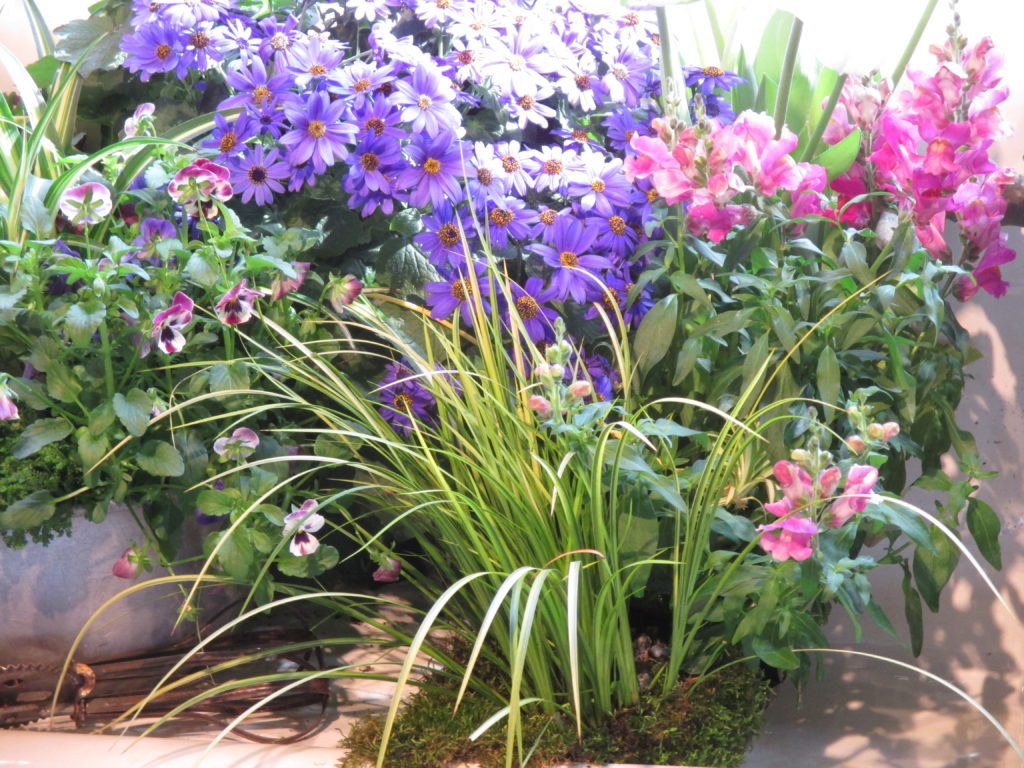
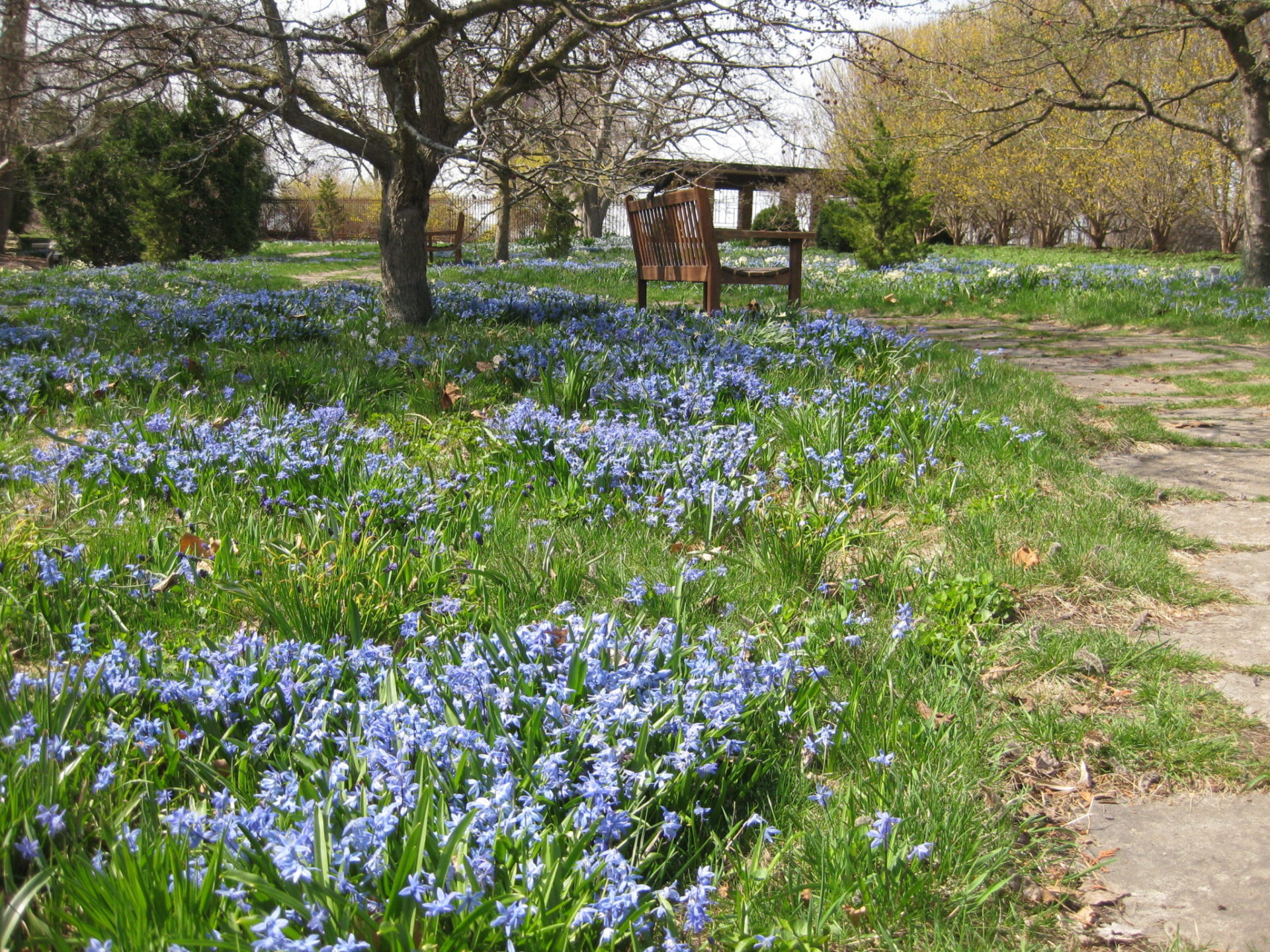
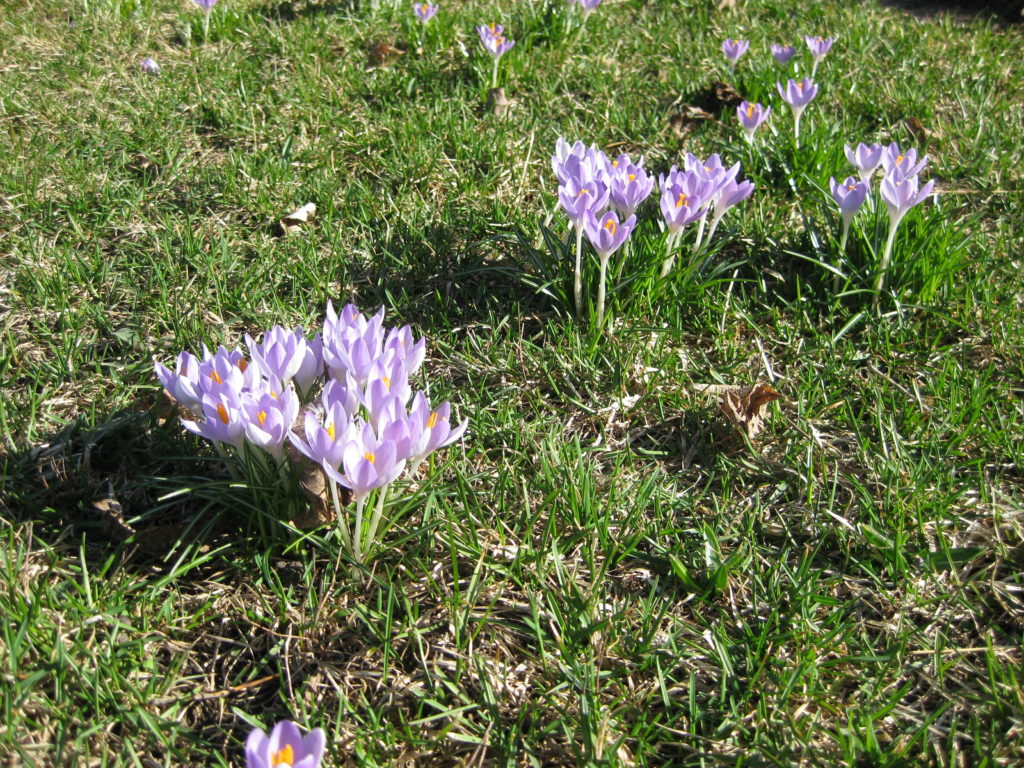
With bulbs emerging more every day, this blog is timely in promoting the earliest of bulbs showing color in areas of turf or short meadows where they bloom above the turf as it’s just starting to green up. Above and below are some early crocuses (Crocus sp.) blooming in April in areas that will become mown turf later in the season. All of these bulbs are fall planted and are inserted under neat the turf and at an appropriate depth below grade. The trick is using the earliest emerging bulbs that will “do their thing” before the grass gets too tall and needs to be mown for the first time. The bulbs should be left to start going dormant before the first turf cutting and in some cases, the grass is quite long at that point. Imagine this additional beauty in a turf situation that doesn’t offer much interest until later in the spring once it really starts growing. Further down are examples of short meadows at Olbrich Botanical Gardens (Madison, WI) that are full of early bulbs that pop up, bloom and go dormant as the grasses take over. This paragraph on the topic doesn’t do it justice so do a bit more research on how to properly incorporate perennial bulbs in these turf/meadow areas for early season interest!
We had a great day at the gardens. Cindy B. worked on lots of tidying today with significant clean-up in the woodland walk garden. Larry O. worked on odds and ends including helping keep all the guys moving along. Ron R., new Bob and Lloyd all had garden duties which included bringing in more elements from the Holiday Light Show (HLS). Alan and Dr. Gredler worked on painting. Maury ran errands while Gary S. continued some repairs on our engraver. Peg was in later for some work on our plant records and Jenny spent the day preparing labels for the annuals that will arrive in the coming weeks. Jim, Steve and Vern worked on carpentry projects while Dick H. helped with some other projects. Kristin was in later to continue tidying in the Japanese garden. Bill O. helped haul back the HLS structures that were loaded up for us today by guys from Paulson-Kimball Construction. We also saw Rollie, Mark S., Chris G., Maryam P. and many others today.
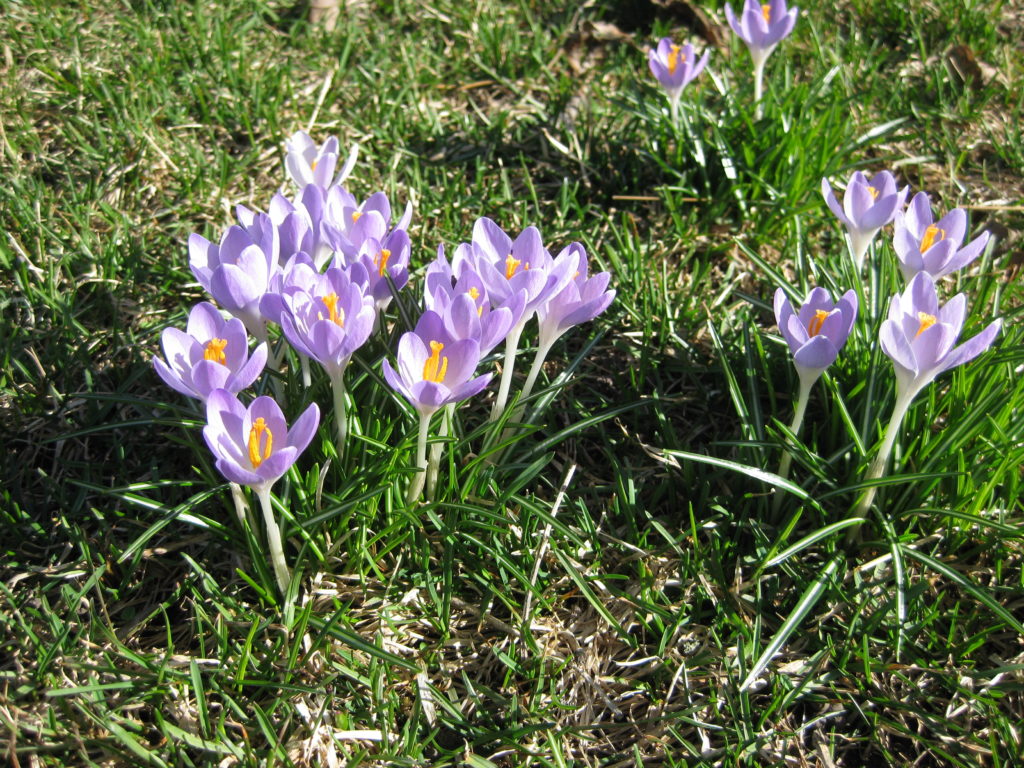
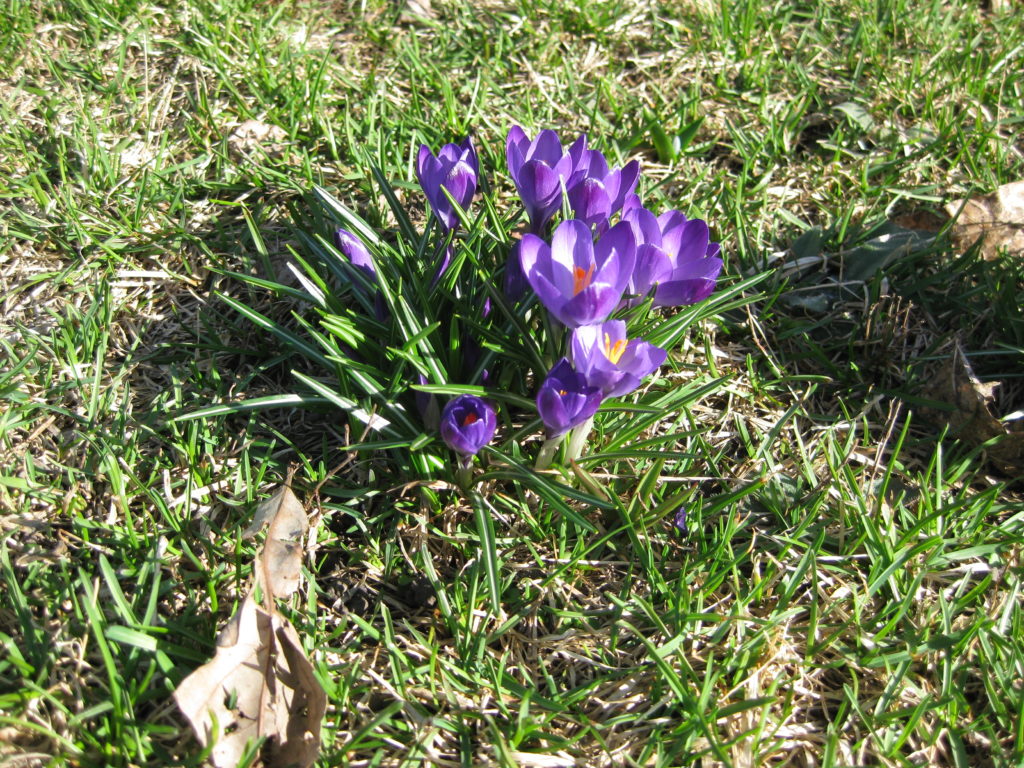
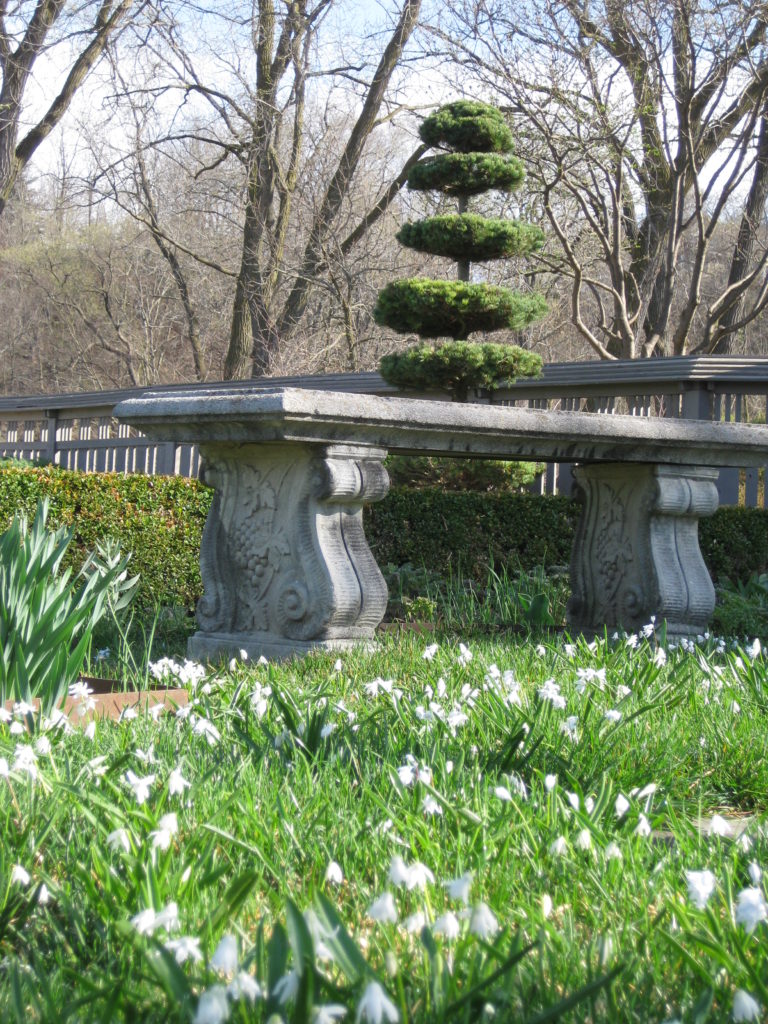
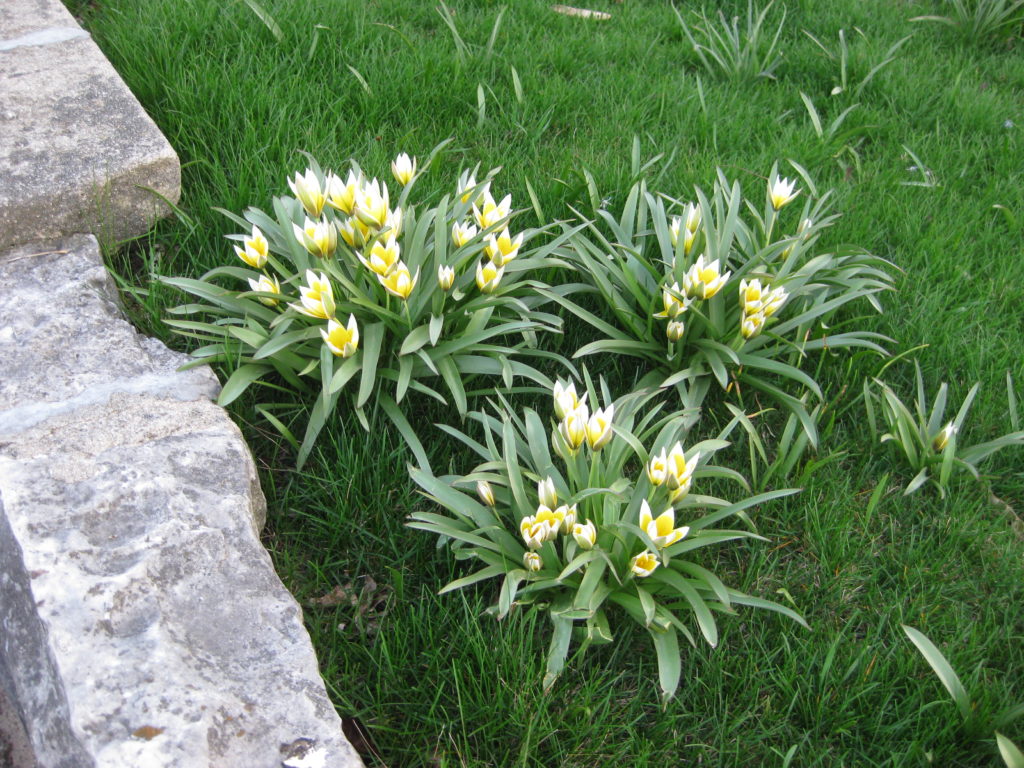
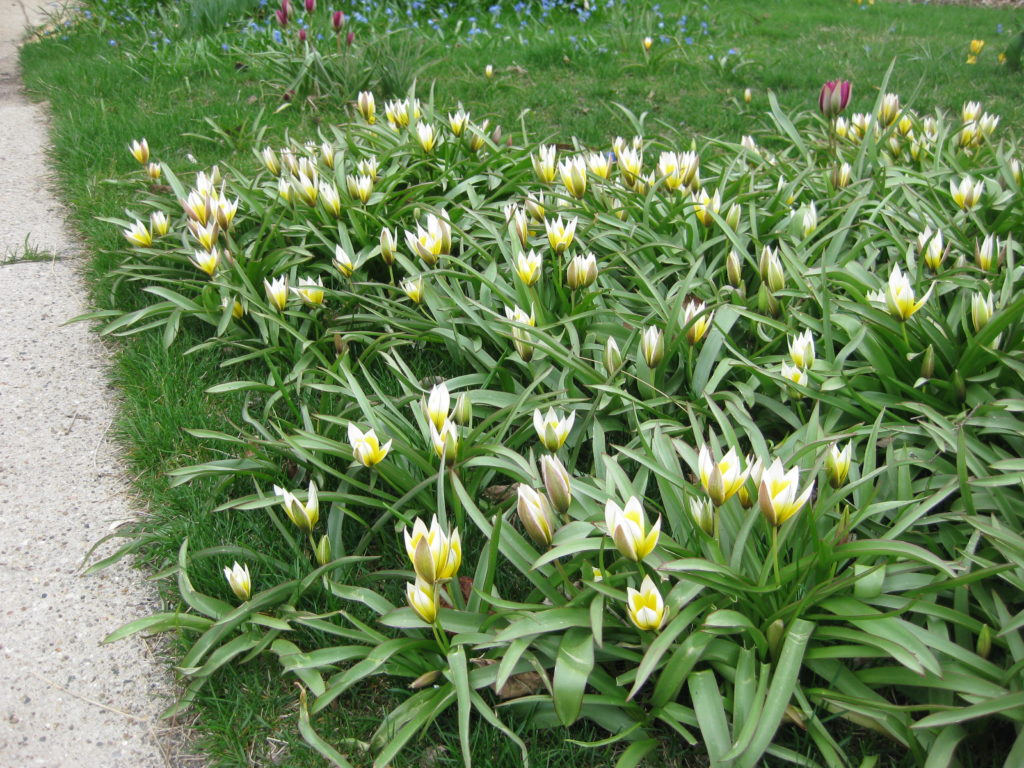
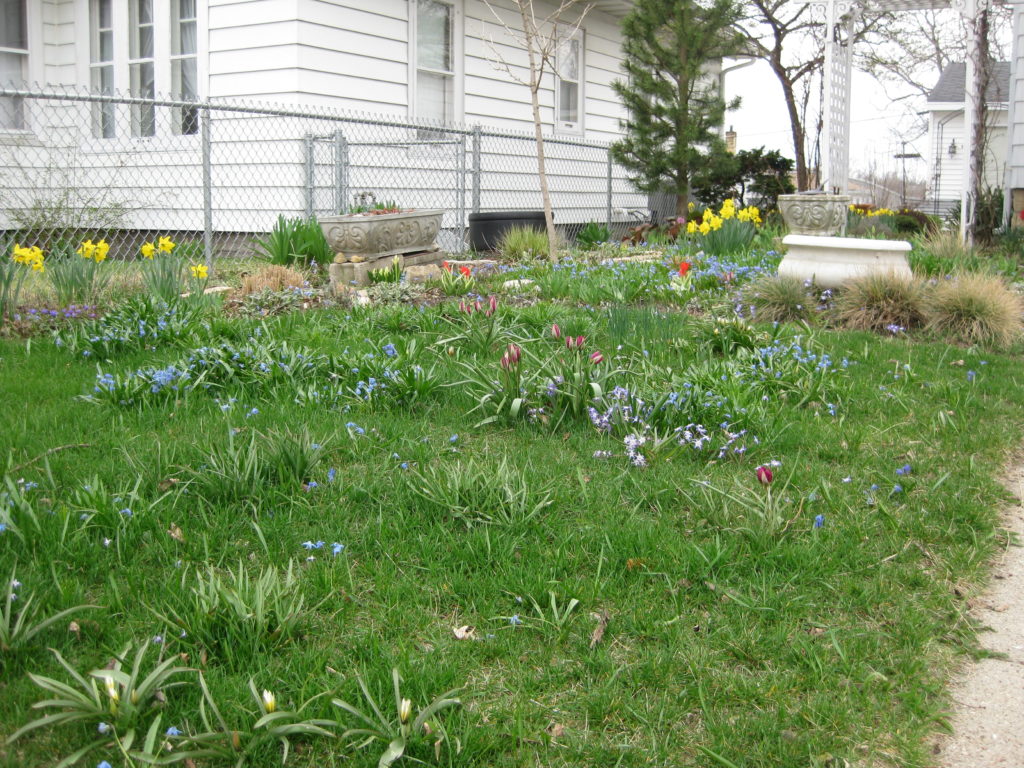
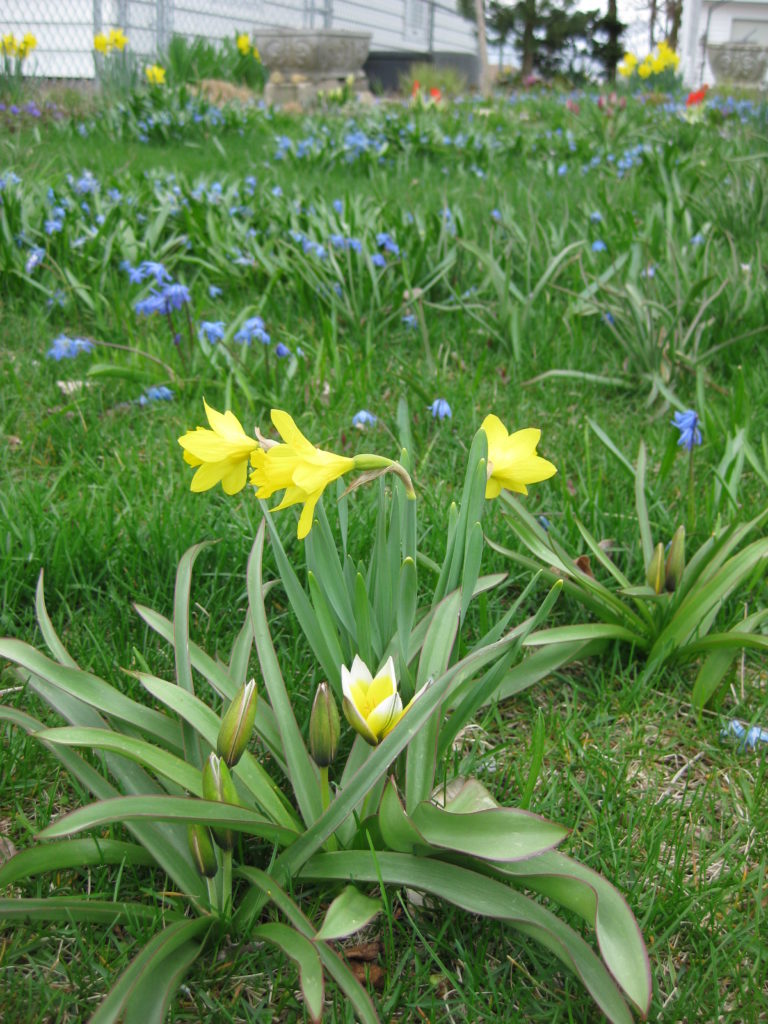
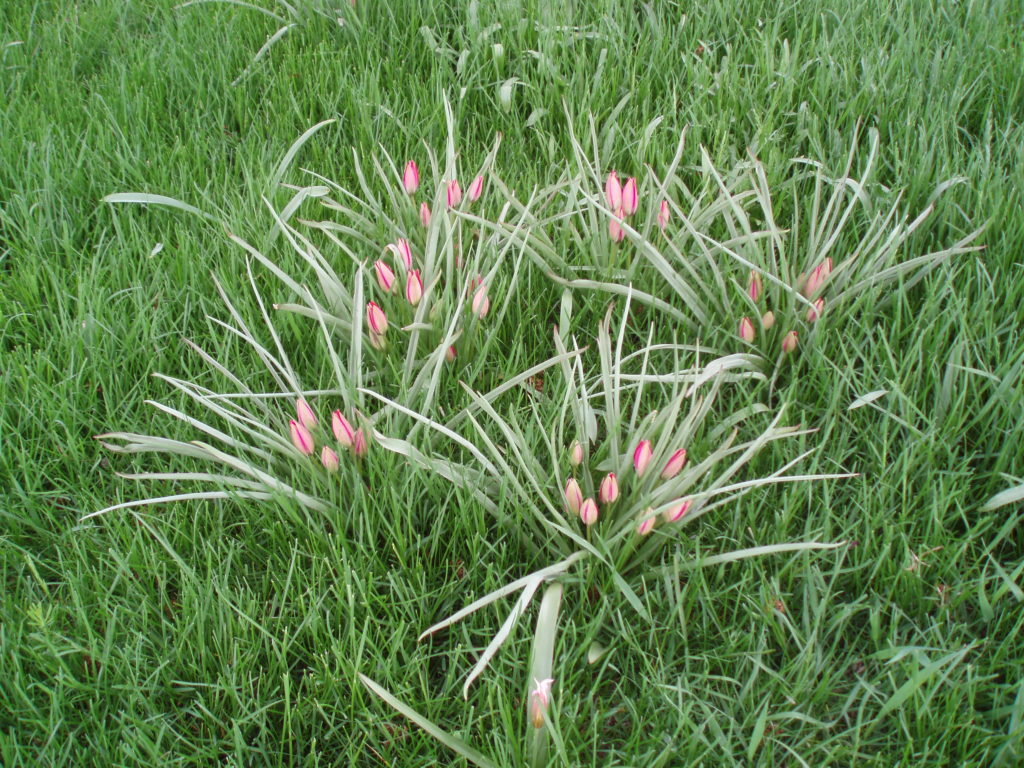
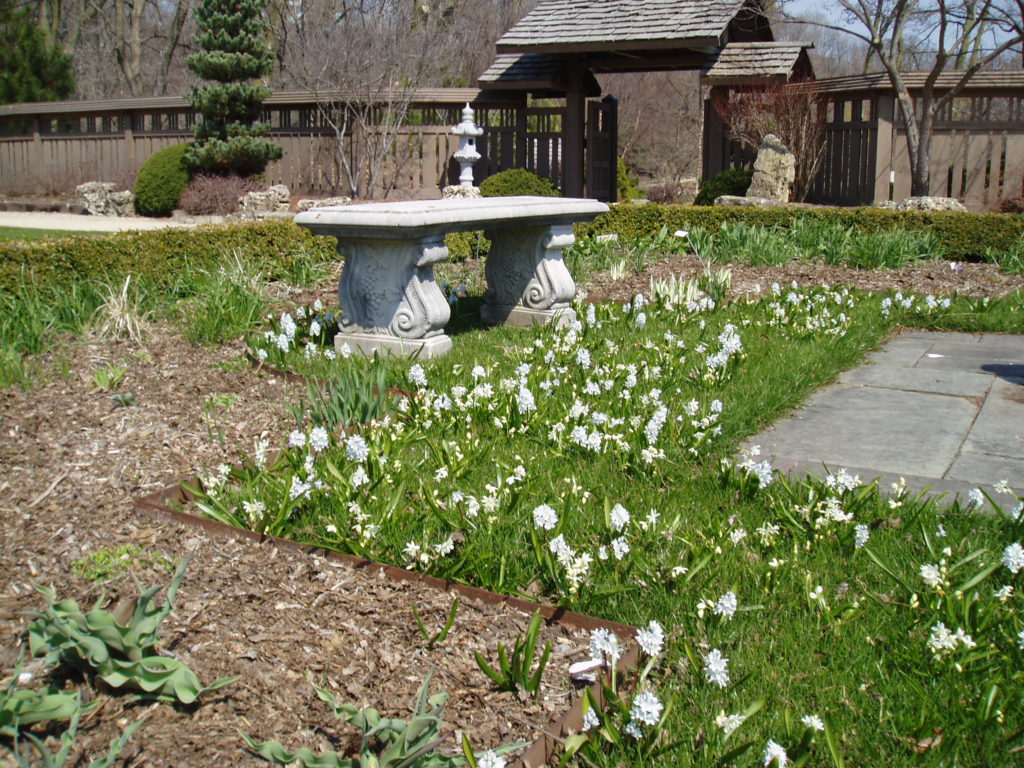
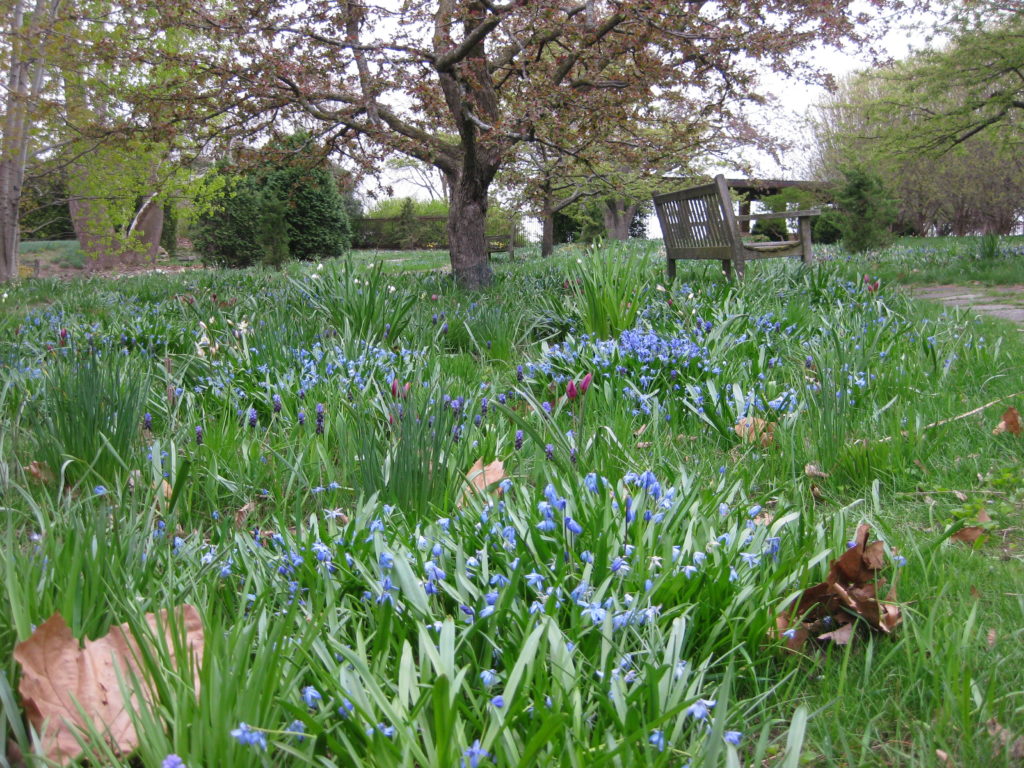
The photo above and all of those below were taken in April and May over various years at Olbrich Botanical Garden (OBG) in Madison, WI. These colorful bulbs put on quite a show before the rest of the meadow perks up and fills in thoroughly. What a great way to include early color in a space that really benefits from early season impact prior to significant growth of the warmer season plants! There is a progression of bulbs for two months in this space before the grasses fully take over in summer.
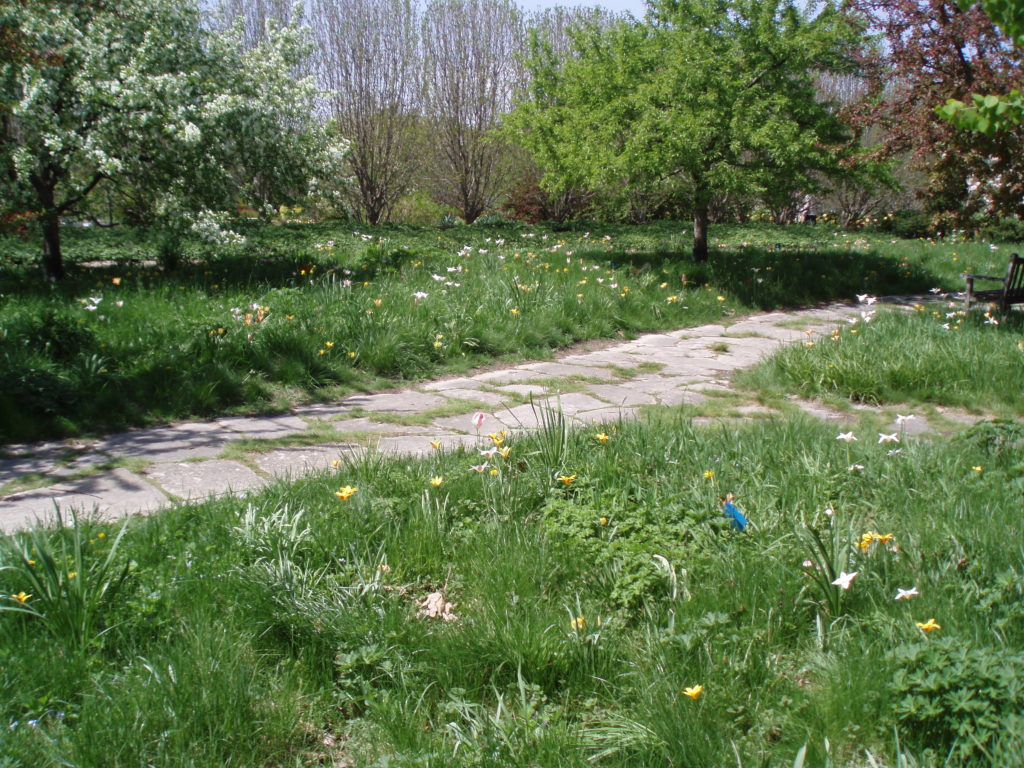
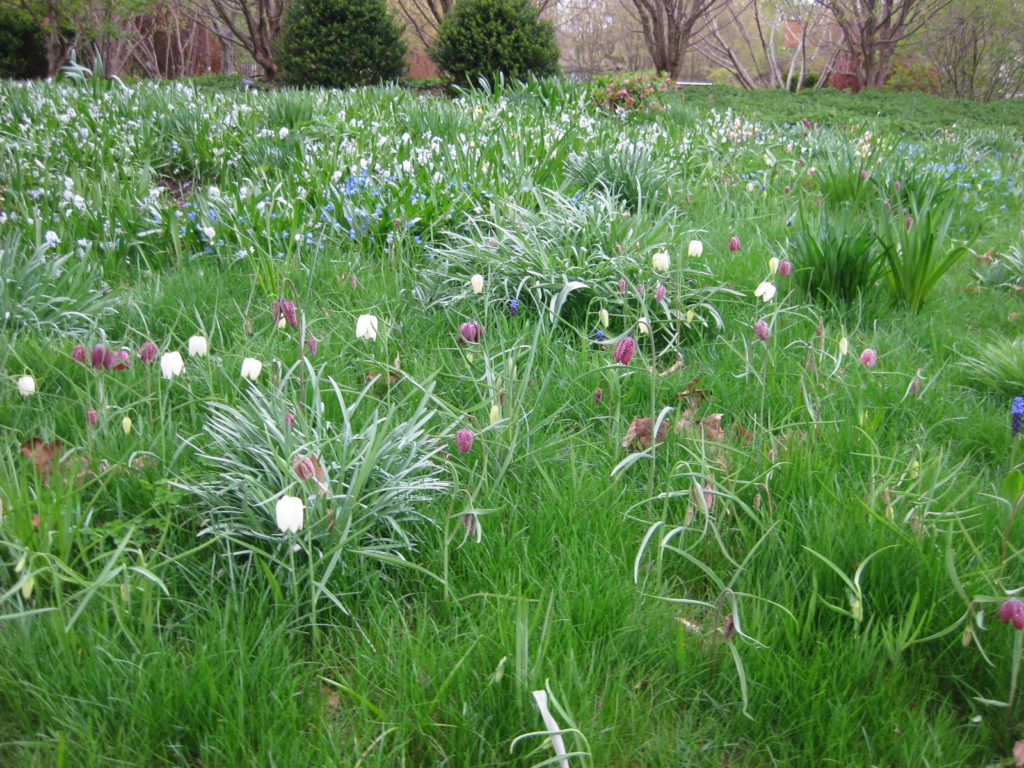
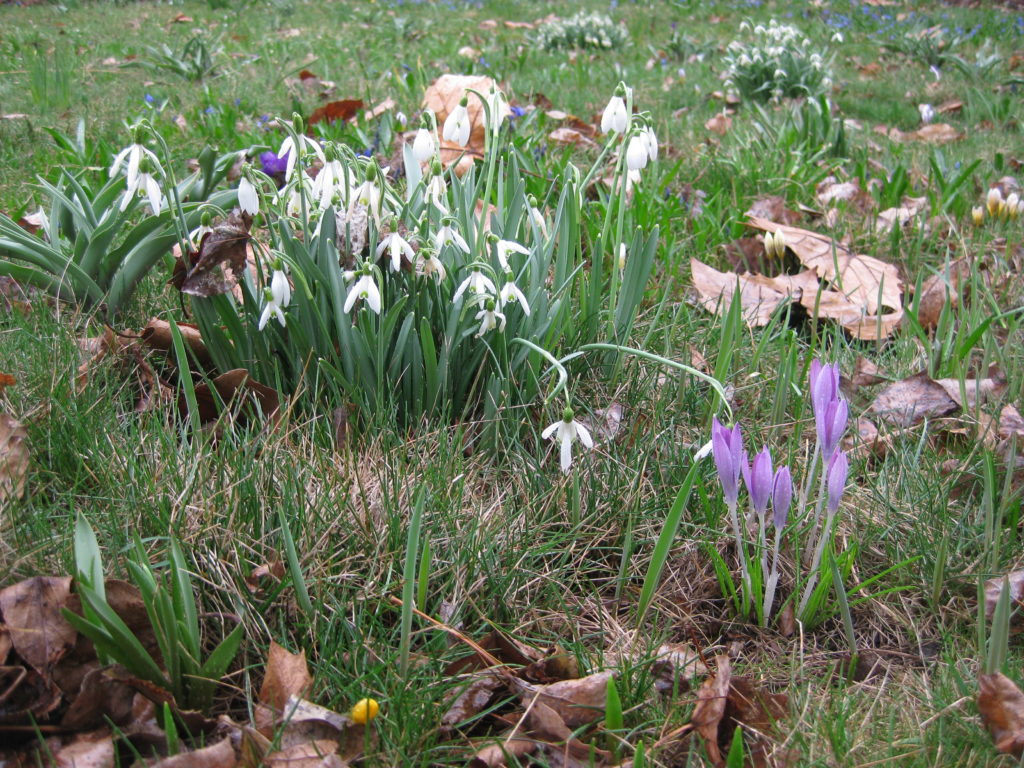
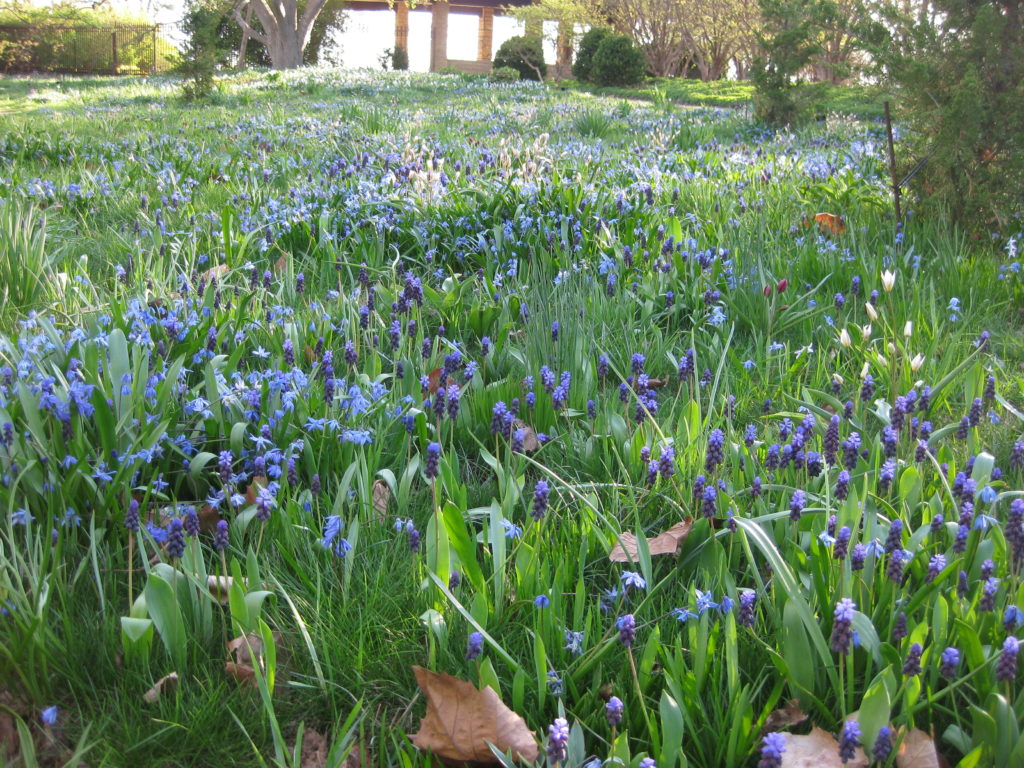
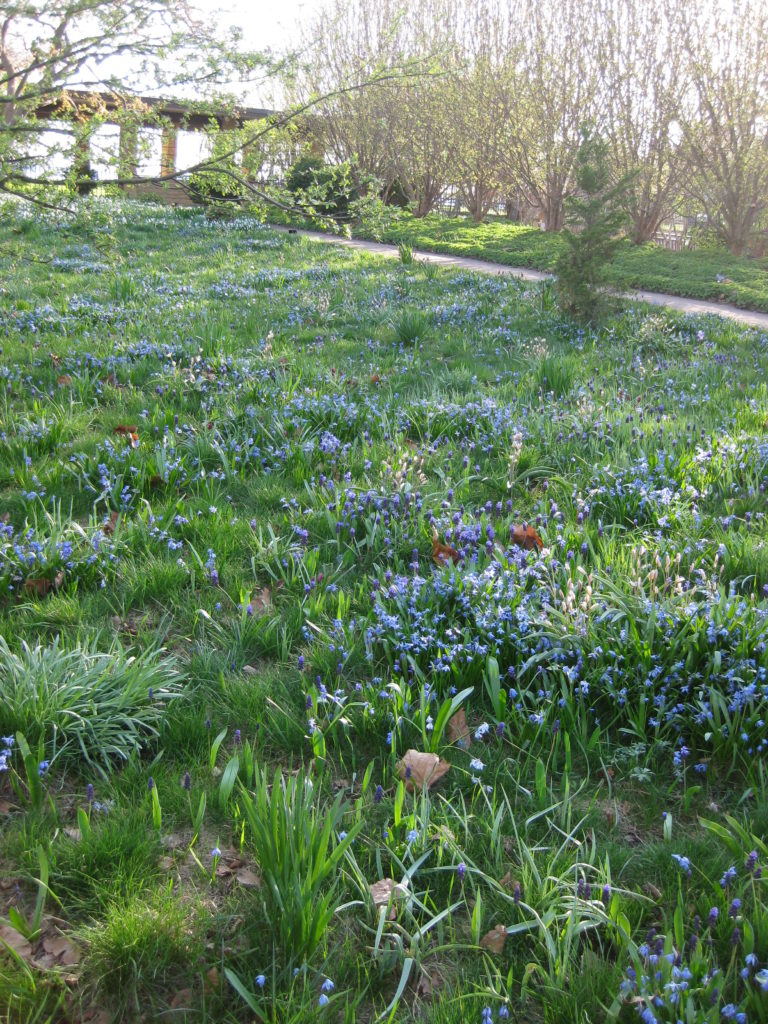
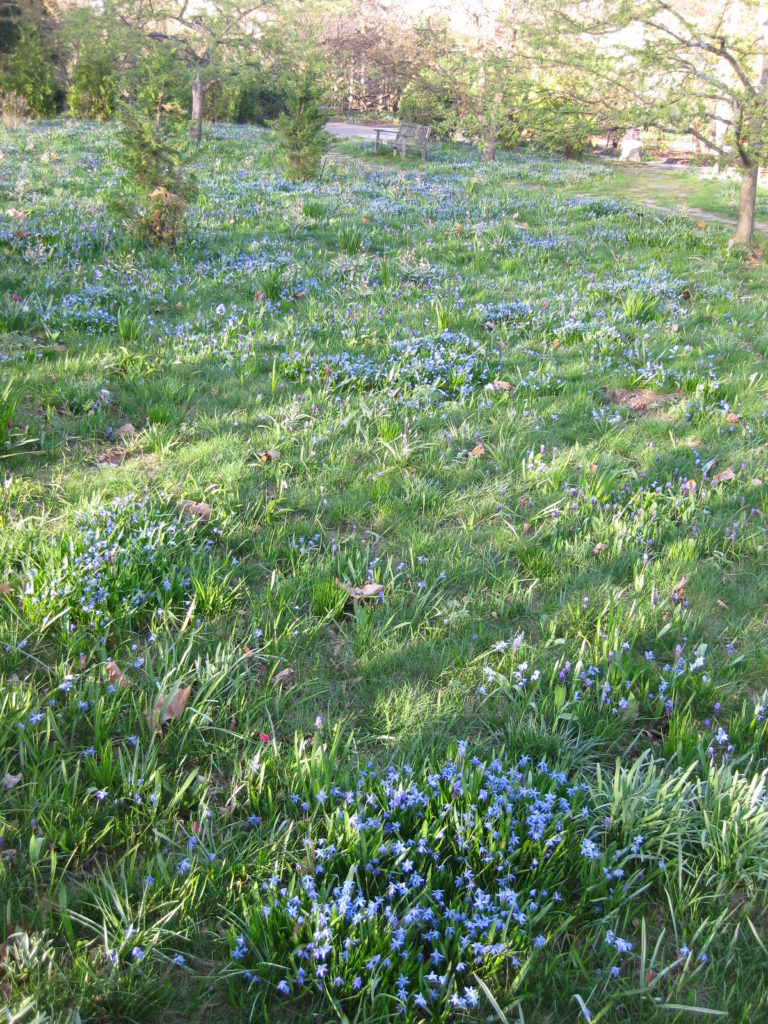
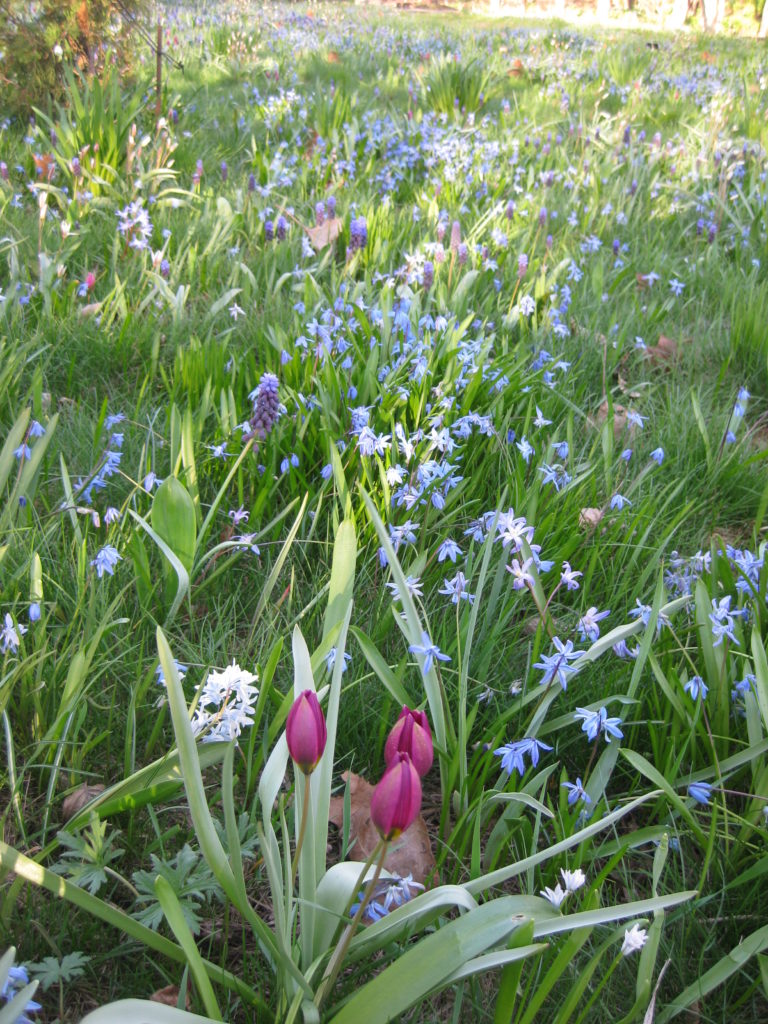
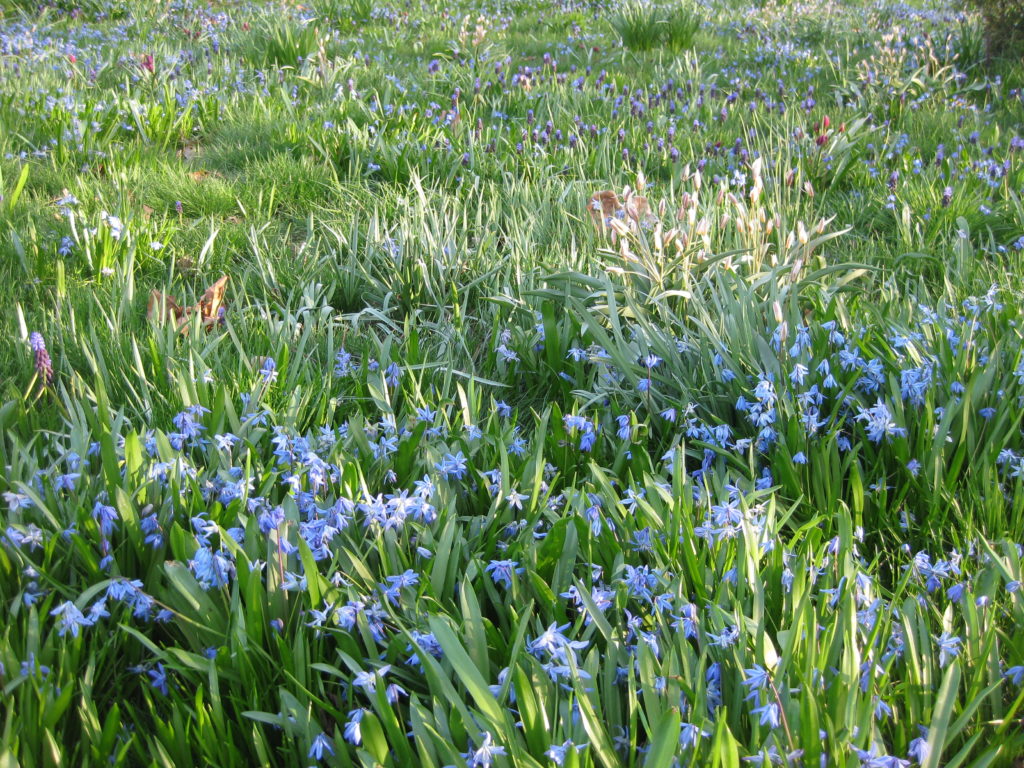
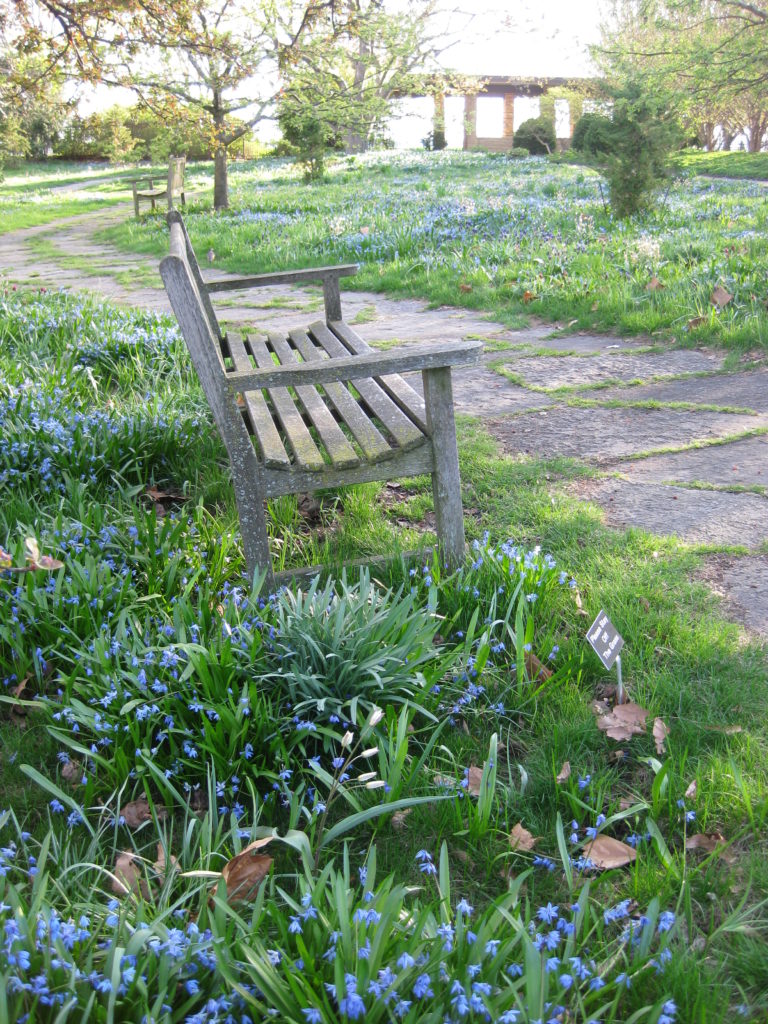
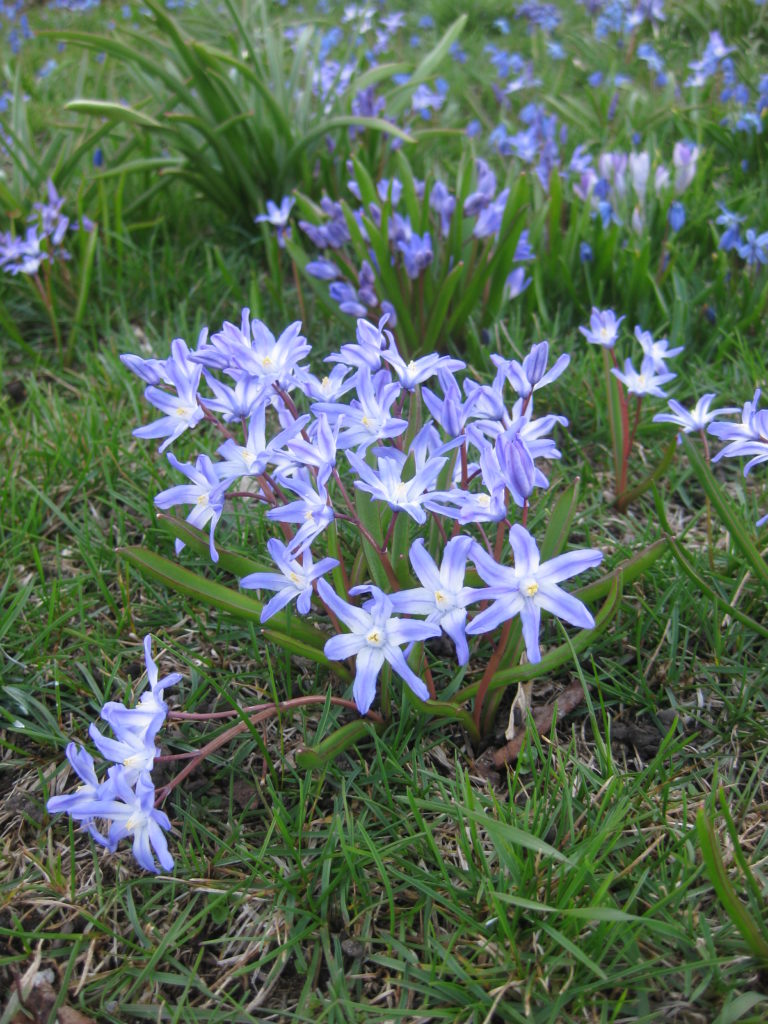
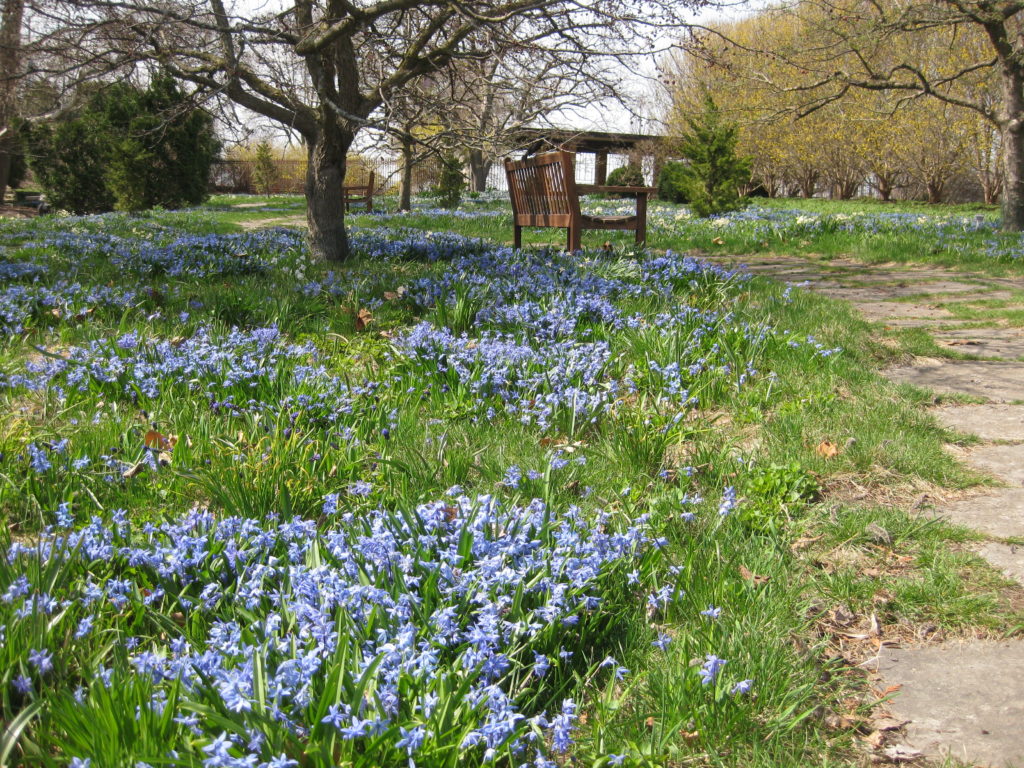
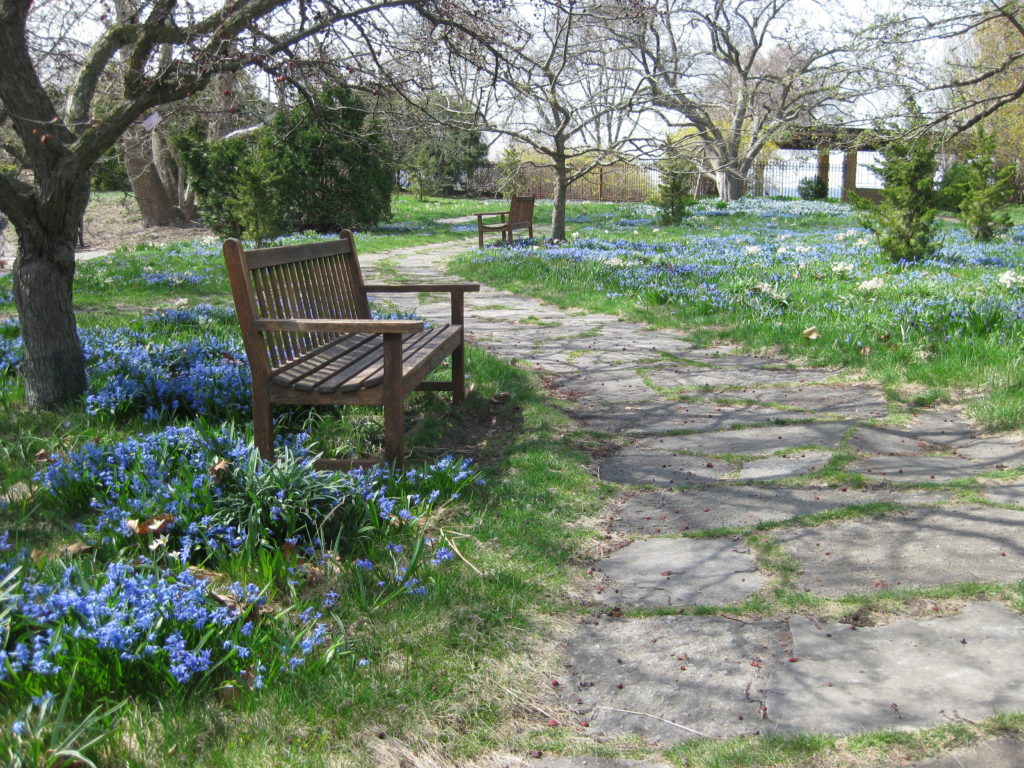
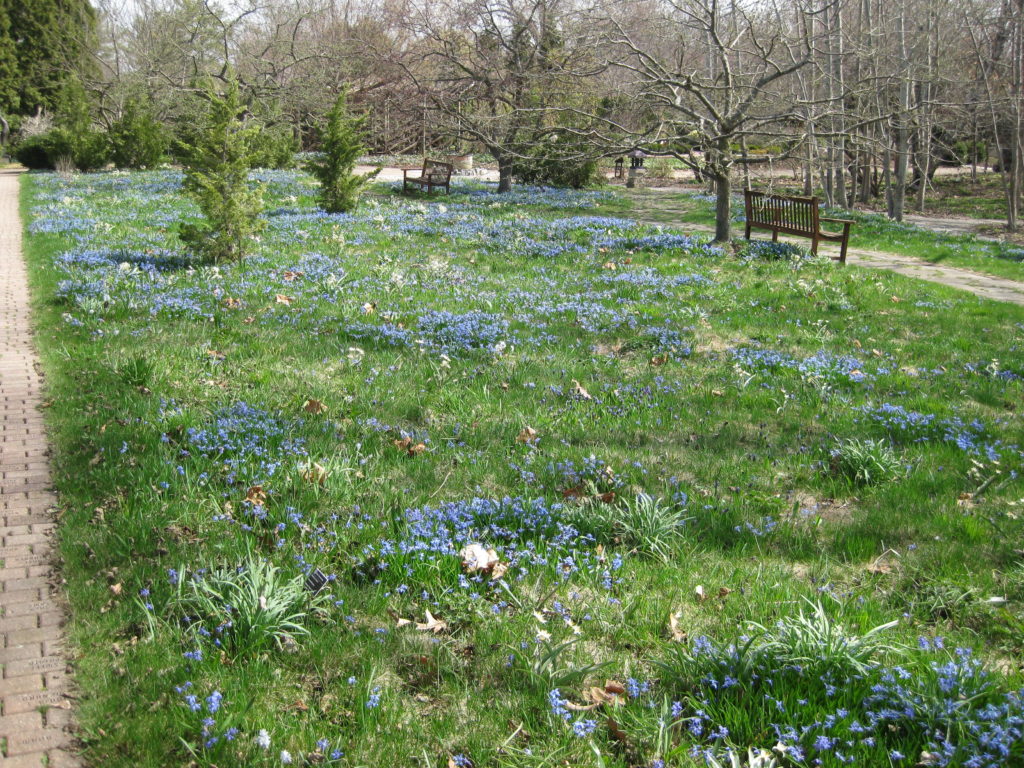
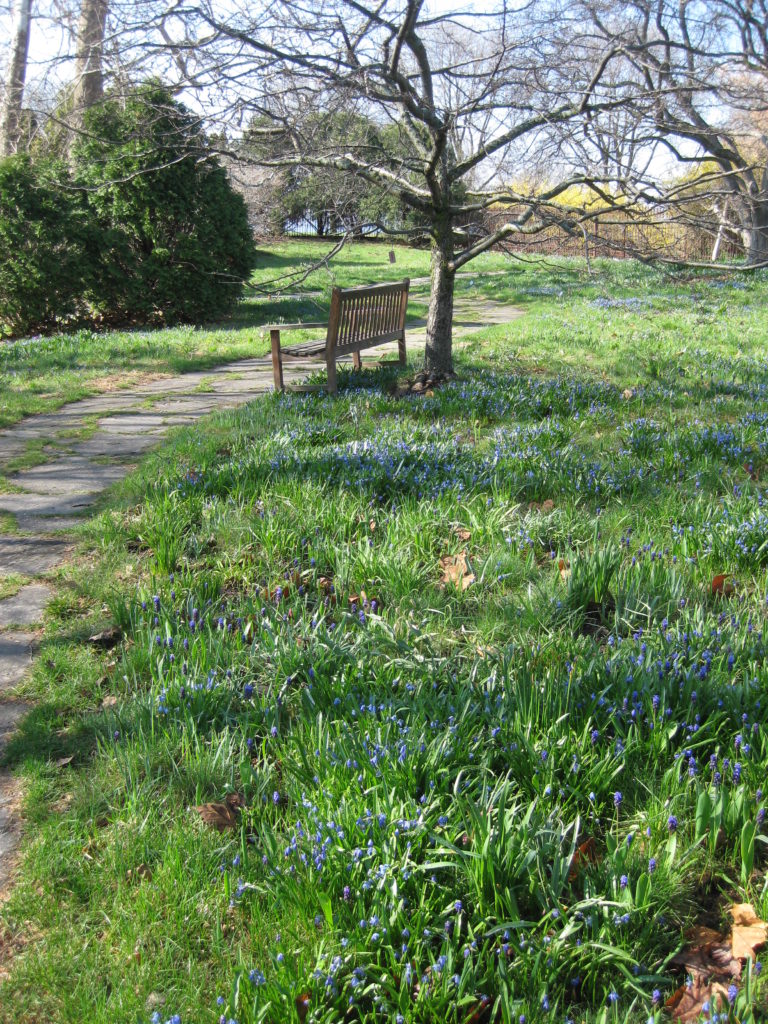
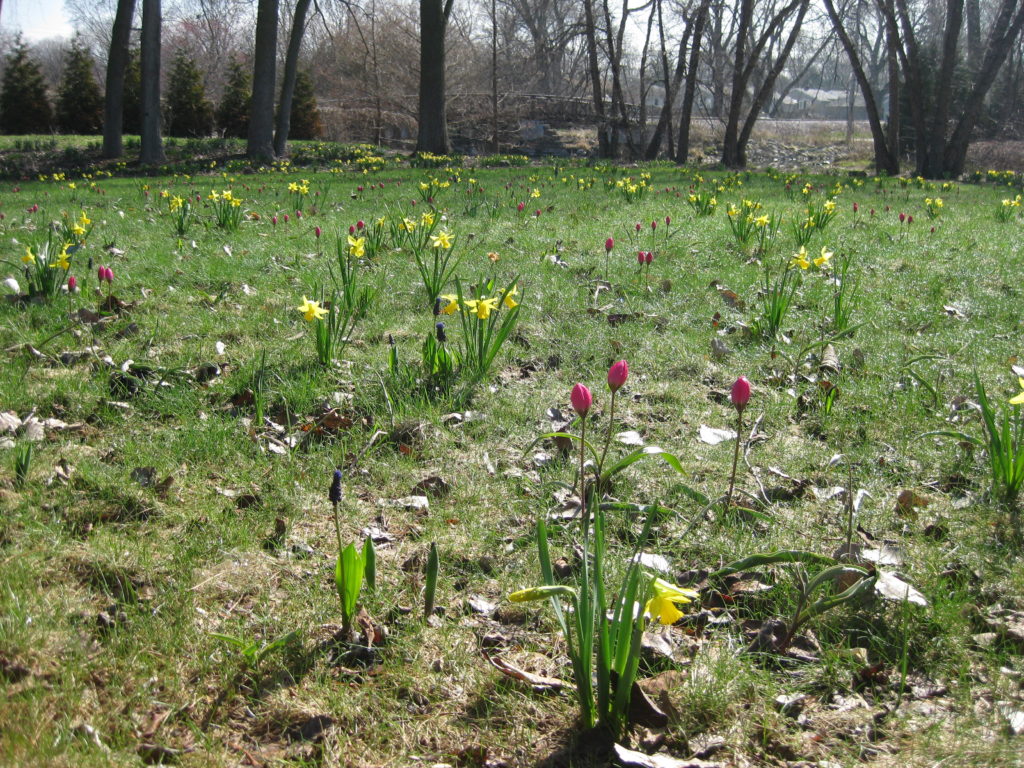
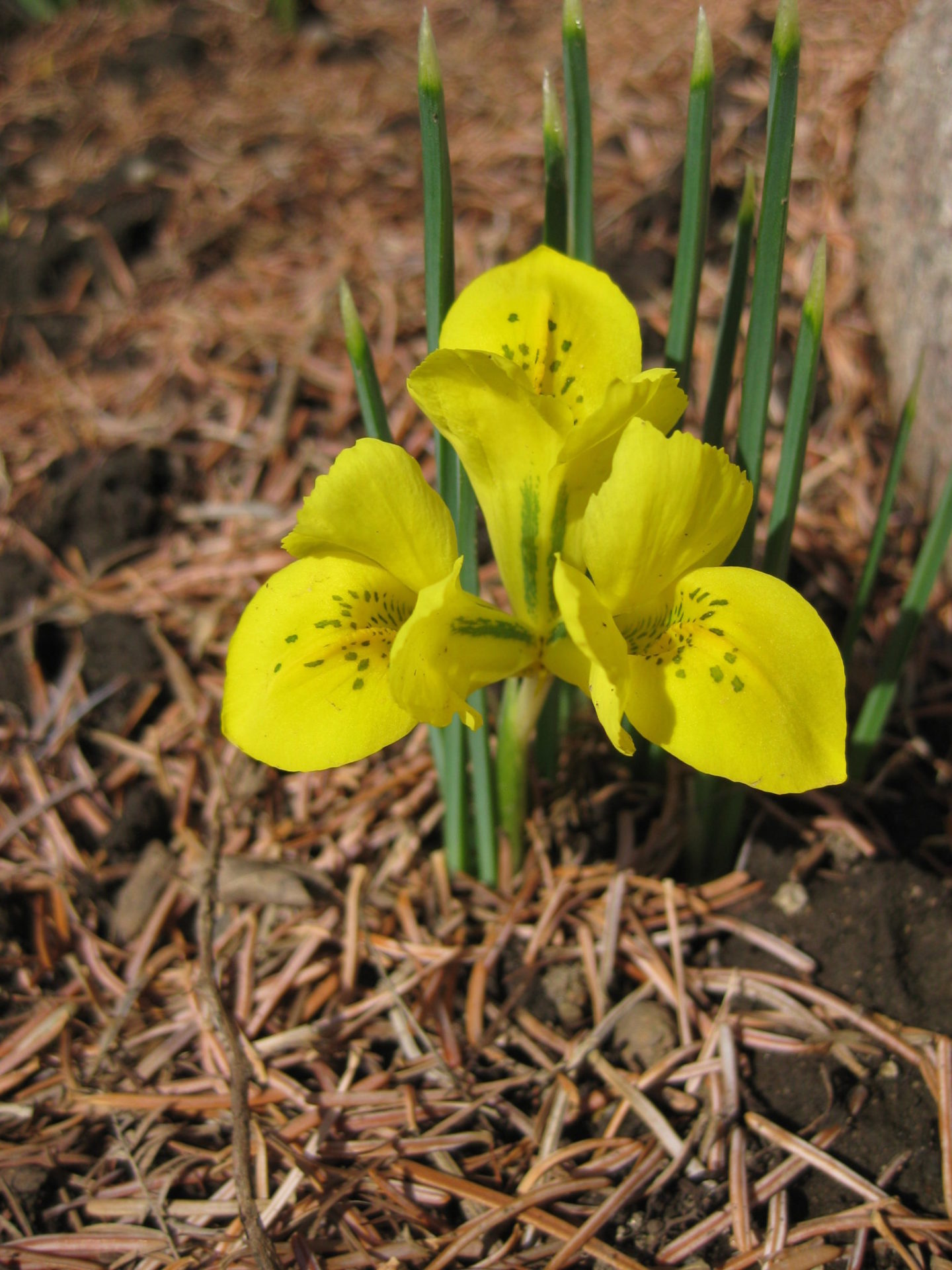
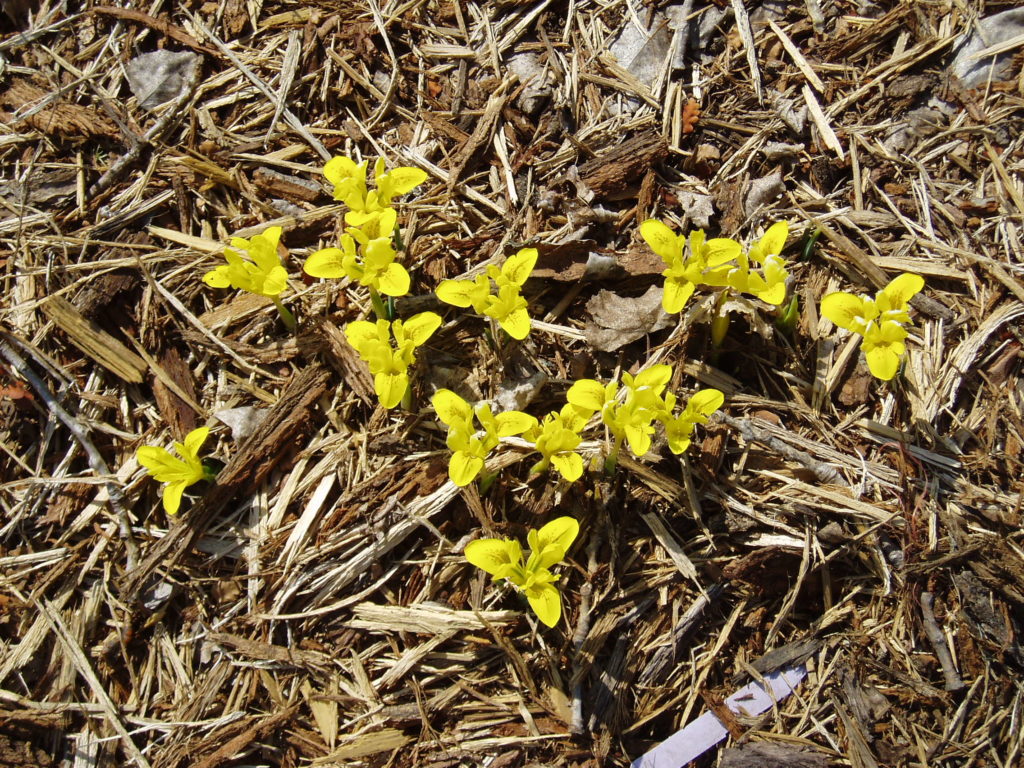
Yesterday I photographed my first Danford iris (Iris danfordiae) out in the gardens although I saw them blooming almost 2 weeks ago in other garden areas. Thin foliage emerges with the flowers and goes dormant by mid May, well after the flowers have disappeared. The timing of the blooms for this iris correspond to snowdrops (Galanthus sp.). Native to Turkey and hardy to zone 5, this bulb is planted in the fall about 3″ deep. Larger groupings (like directly above and directly below) can be very effective with that yellow catching the eye a good 2-3 weeks prior to the first daffodils (Narcissus) even showing any color. This bulb prefers dry summer soils when dormant which is part of the reason our colonies of Danford iris have diminished in areas with summer irrigation. This bulb, while preferring full sunlight, blooms early enough to be planted in deciduous woodlands and “bulb lawns”. It is also deer resistant, fragrant and can be grown under black walnuts! This blog is a tribute to this colorful early bulb which is in full bloom at the gardens right now.
We had a busy day at the gardens yesterday (Tuesday) with Kathy P. and Cindy B. out tidying in the gardens. Urban came in for some pruning and Jim H. and I did a “walk about” in the Japanese garden to come up with some plans. Jenny E. and Kay both spent time tidying up their areas. Nancy N. and Ruth Ann P. both were painting and Chuck made a recycling run. Janice was in for spring preparations in the office. Peg continues with great progress on updating our plant records. Maury ran errands and we also saw Bill O. and many others.
Today (Wednesday) saw Kathy P. out collecting debris while Vicki and Steve painted and then went out to spread mulch in the main parking lot. Ruth Ann and Sandi were also painting. Kristin was in to tidy up in the Japanese garden. Ron P. continues repairs on our Holiday Light Show strands that need his attention before processing and storage. Larry O. worked on some odds and ends and we also saw Bob C., Dick H., Janice, Mark S., Firefighter Kathy, John J., Steve L. and Bill O. I’m almost done with all of the spring ordering…yay! It was a cooler day than yesterday but at least the sun was shining!
